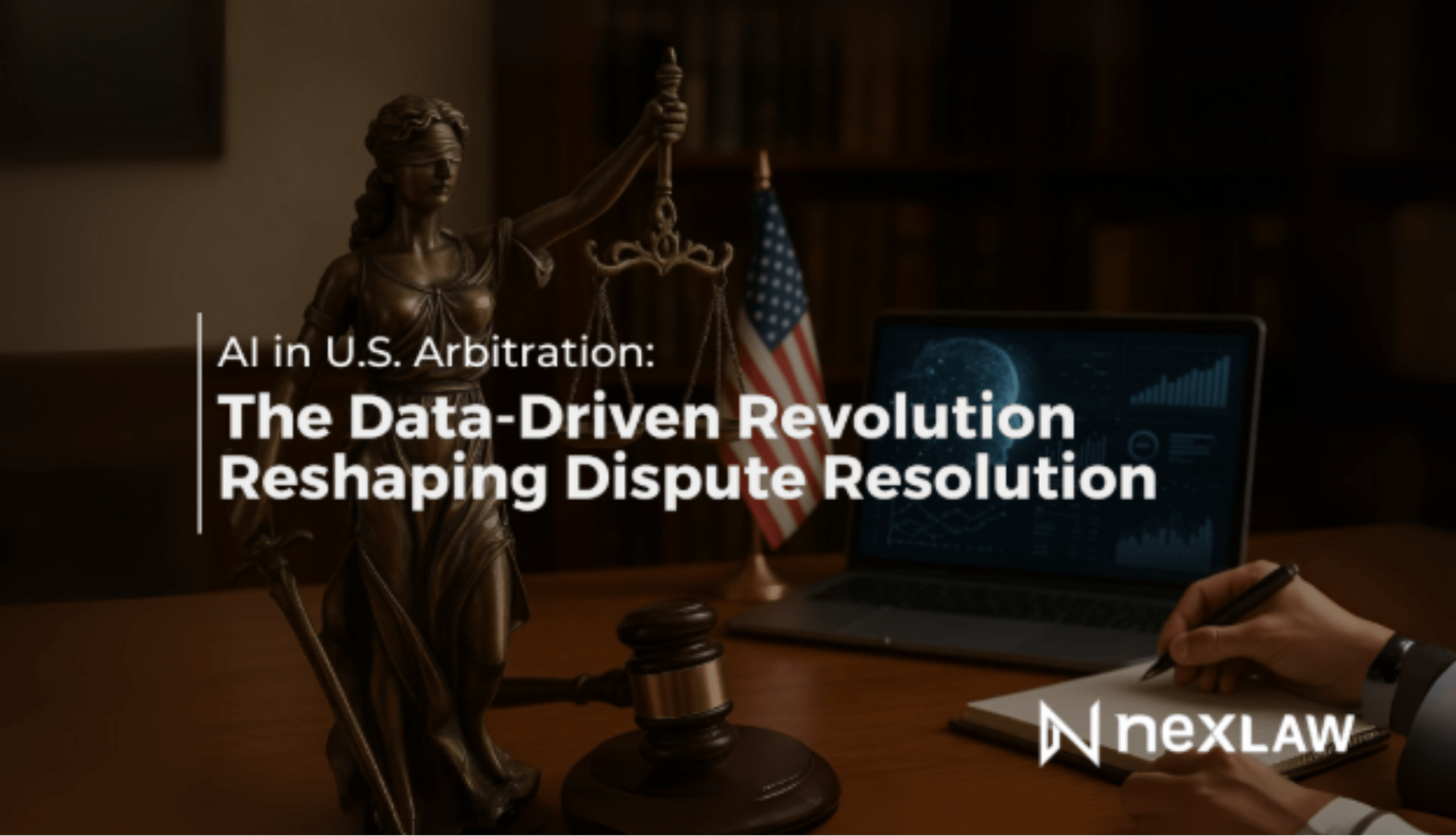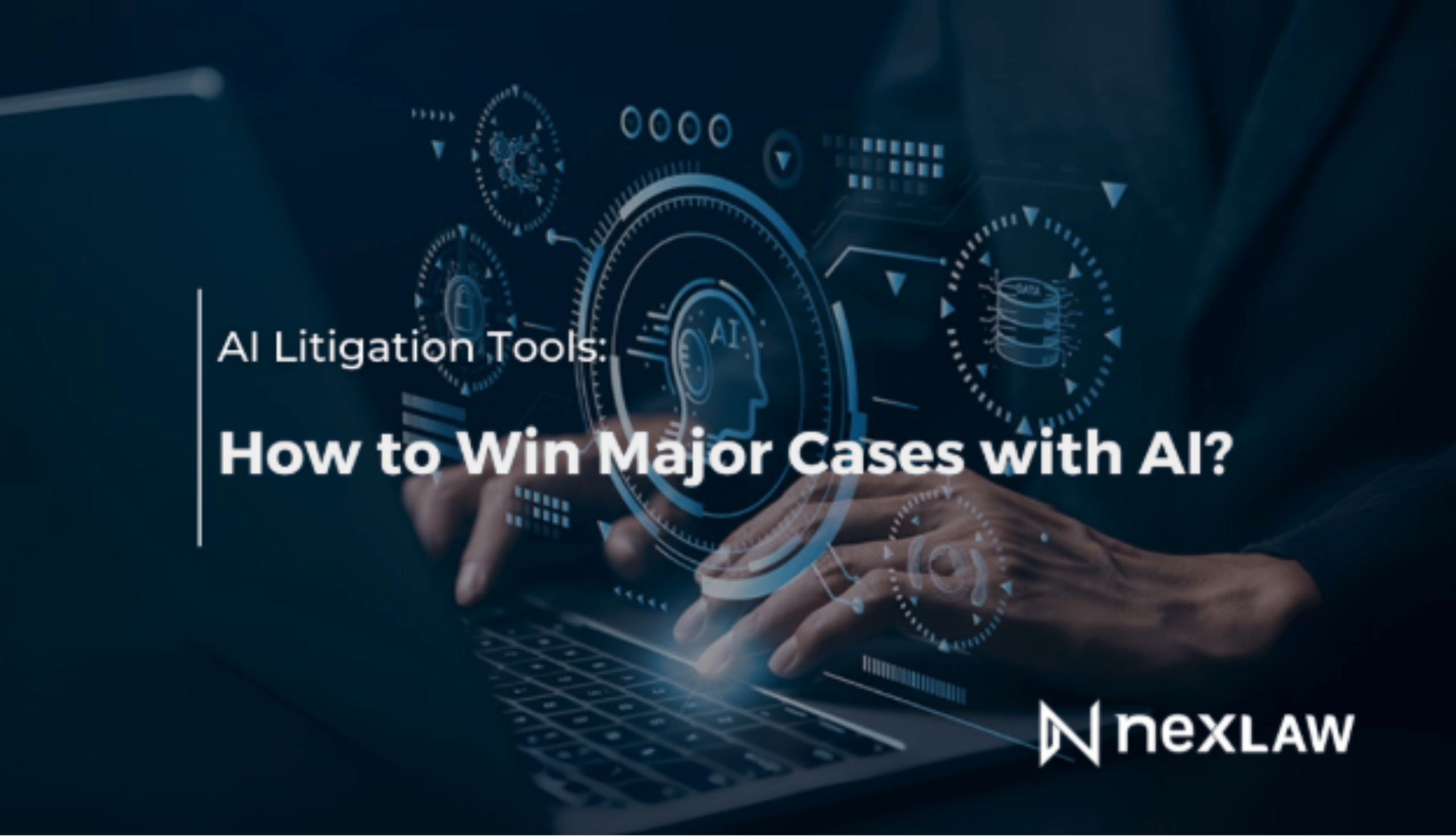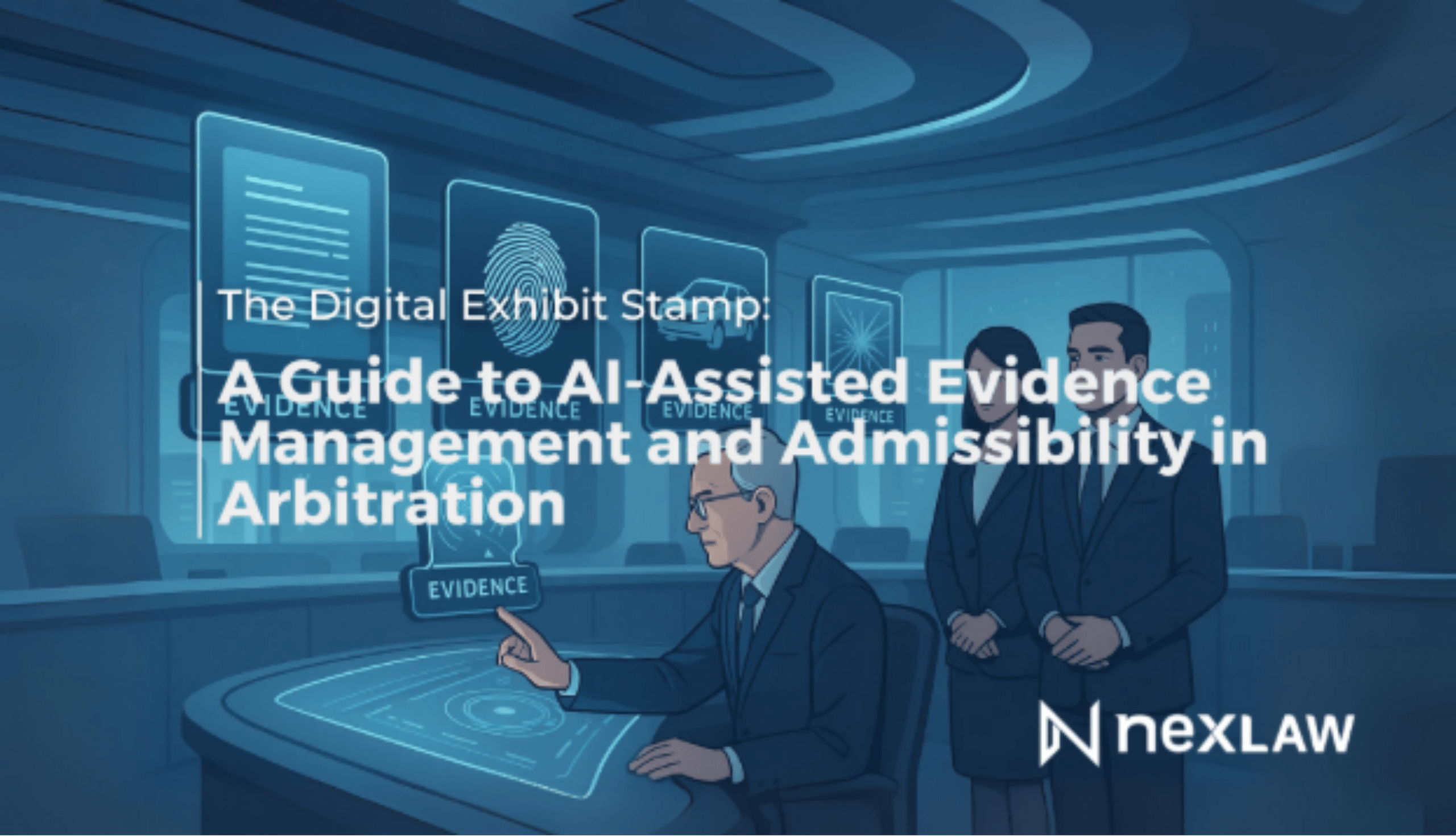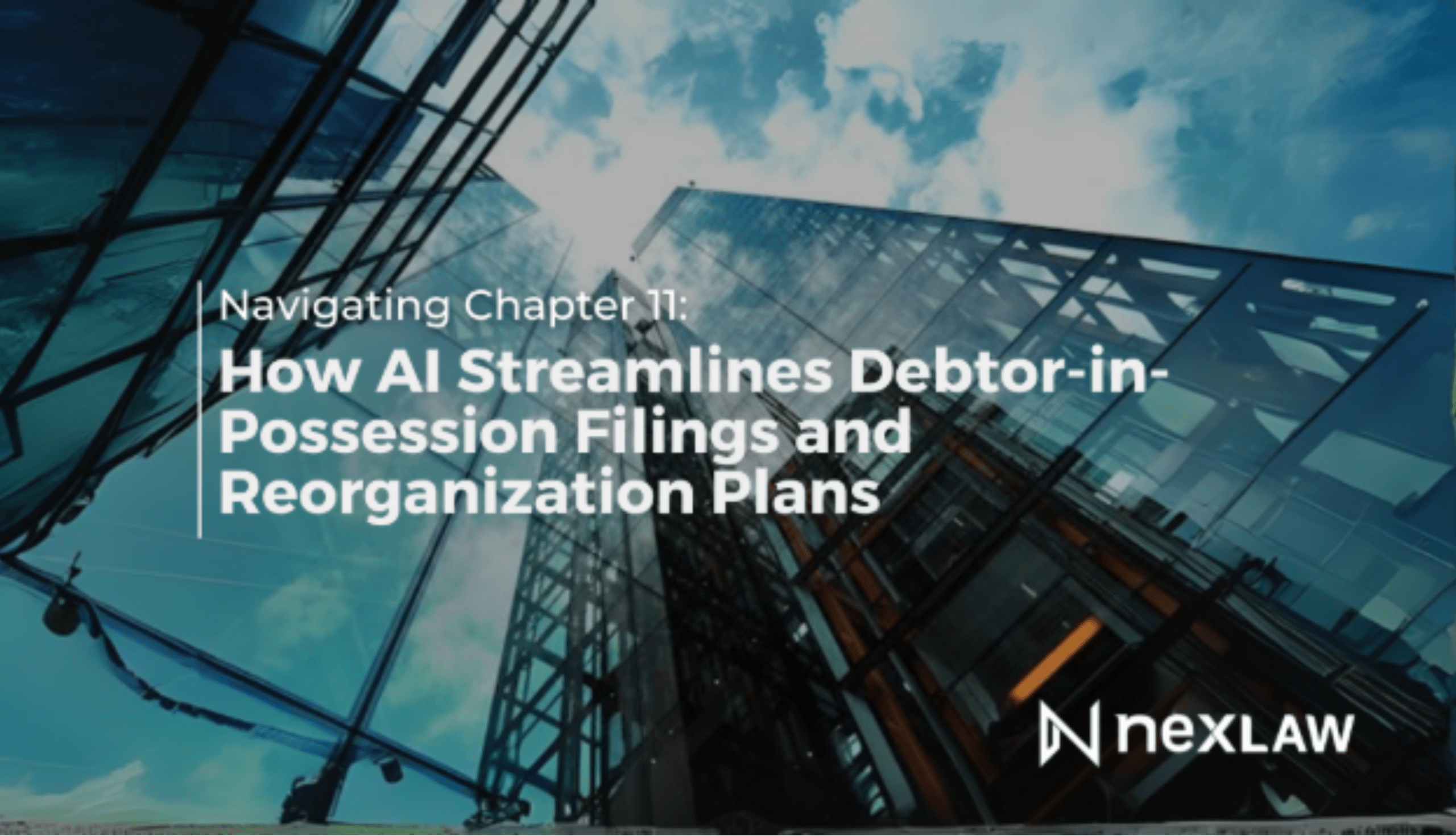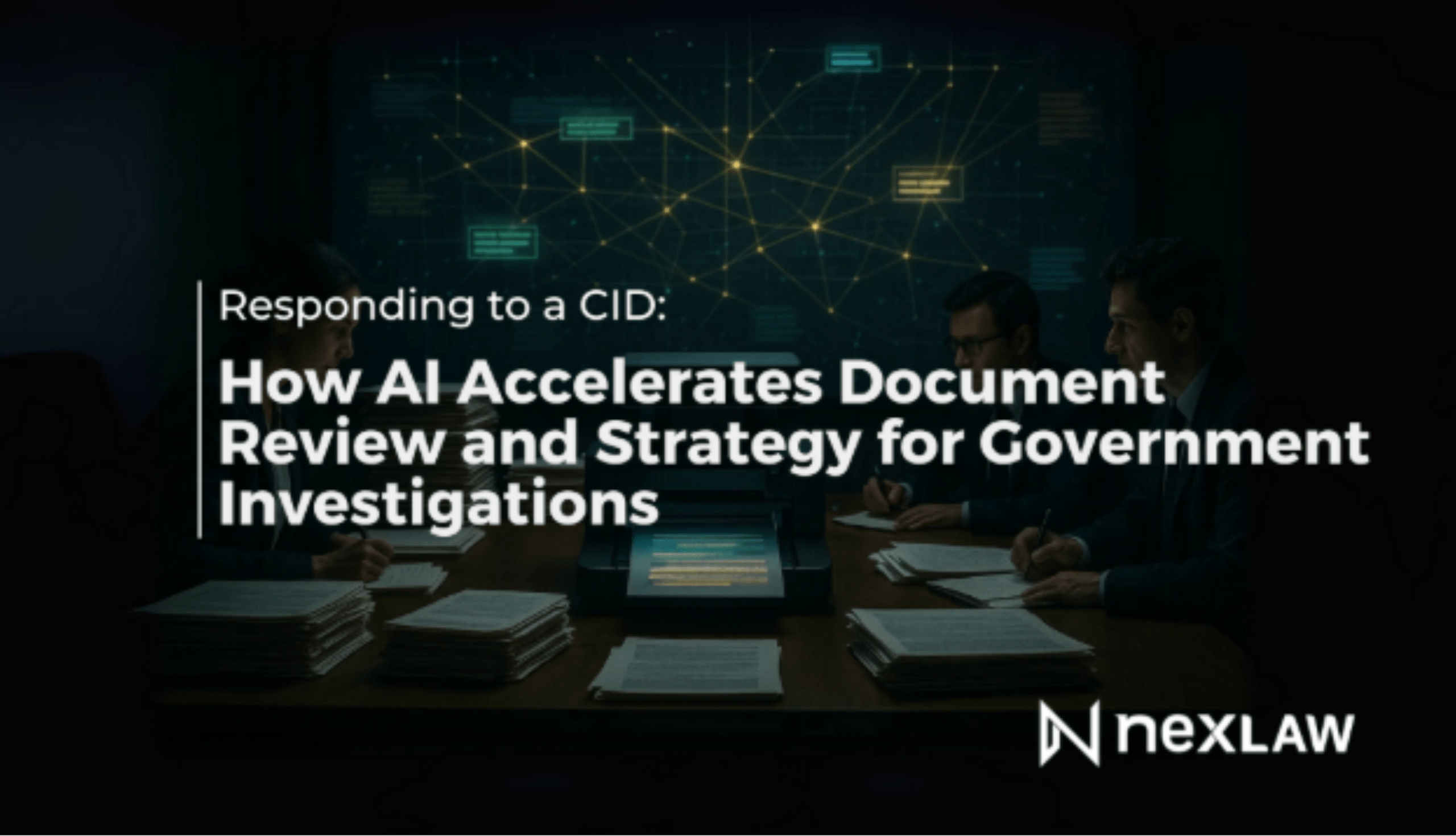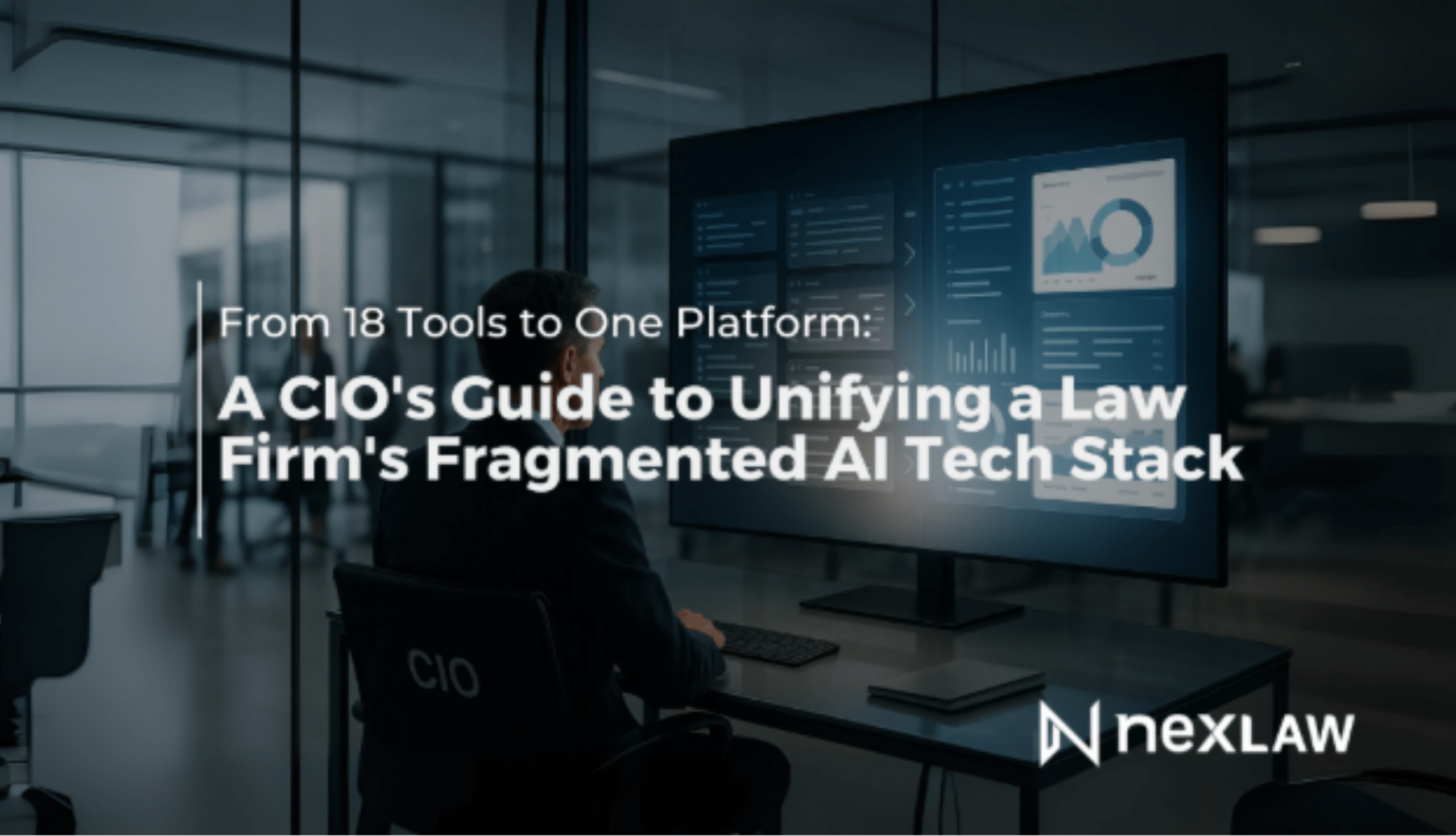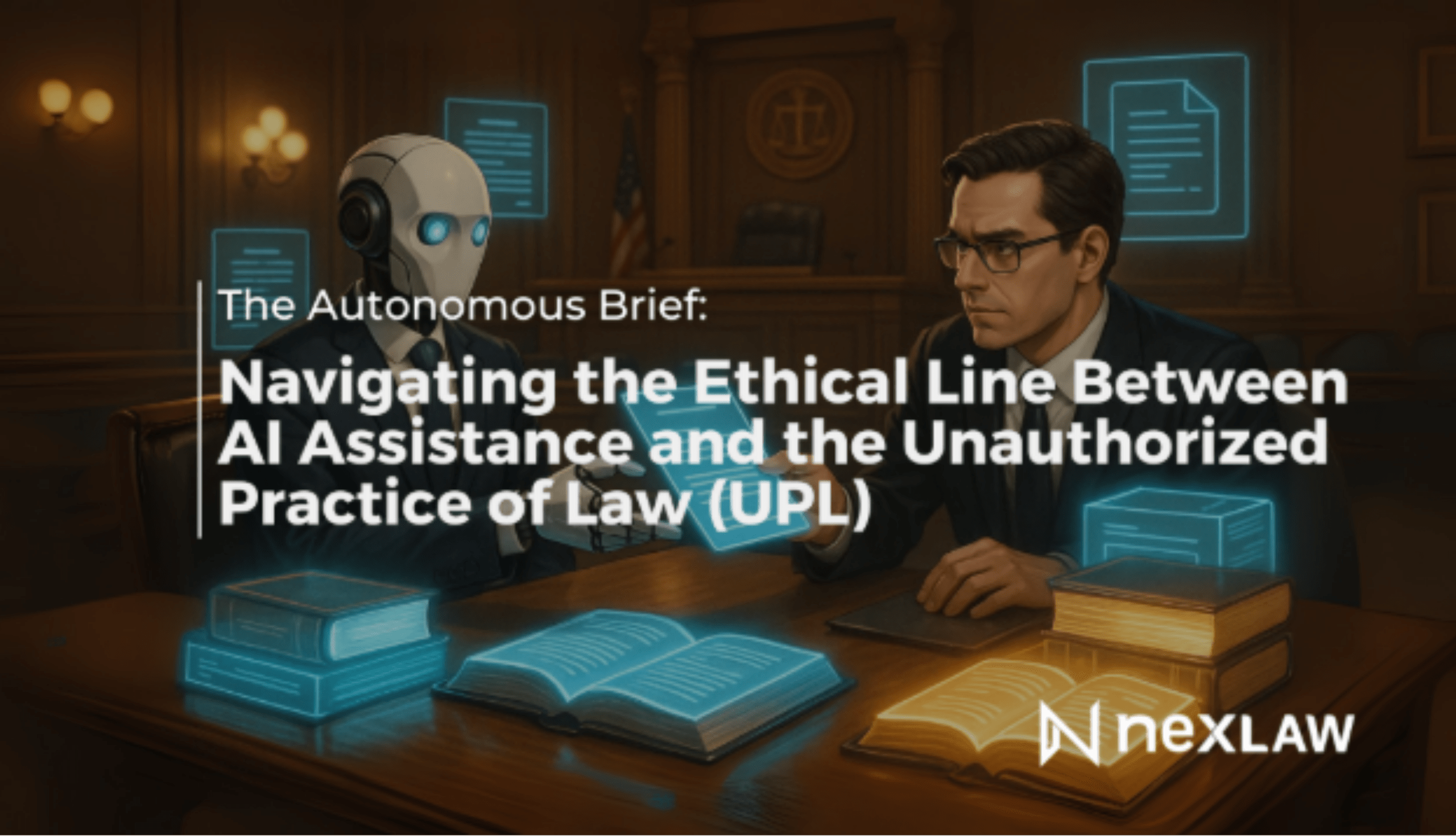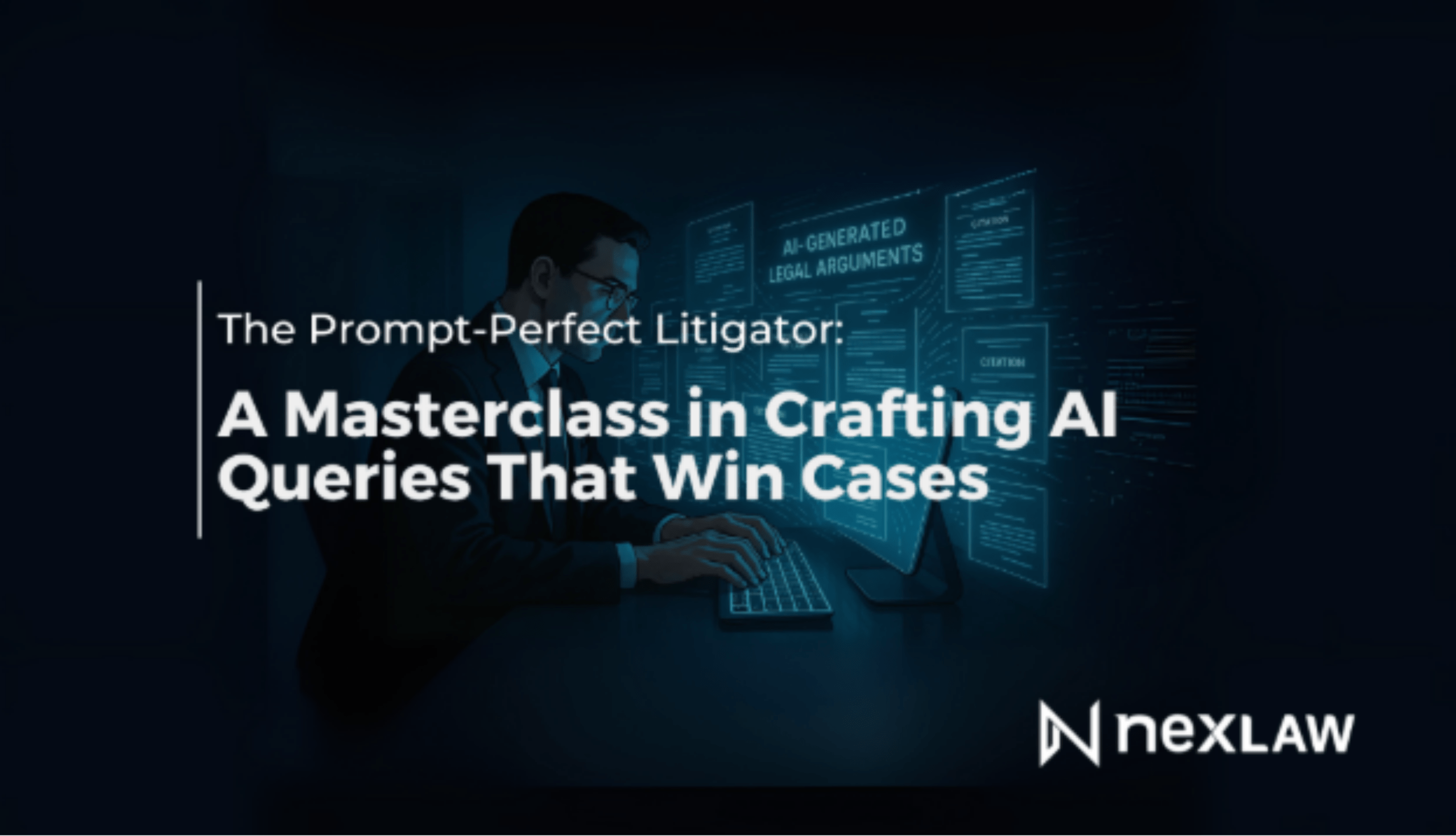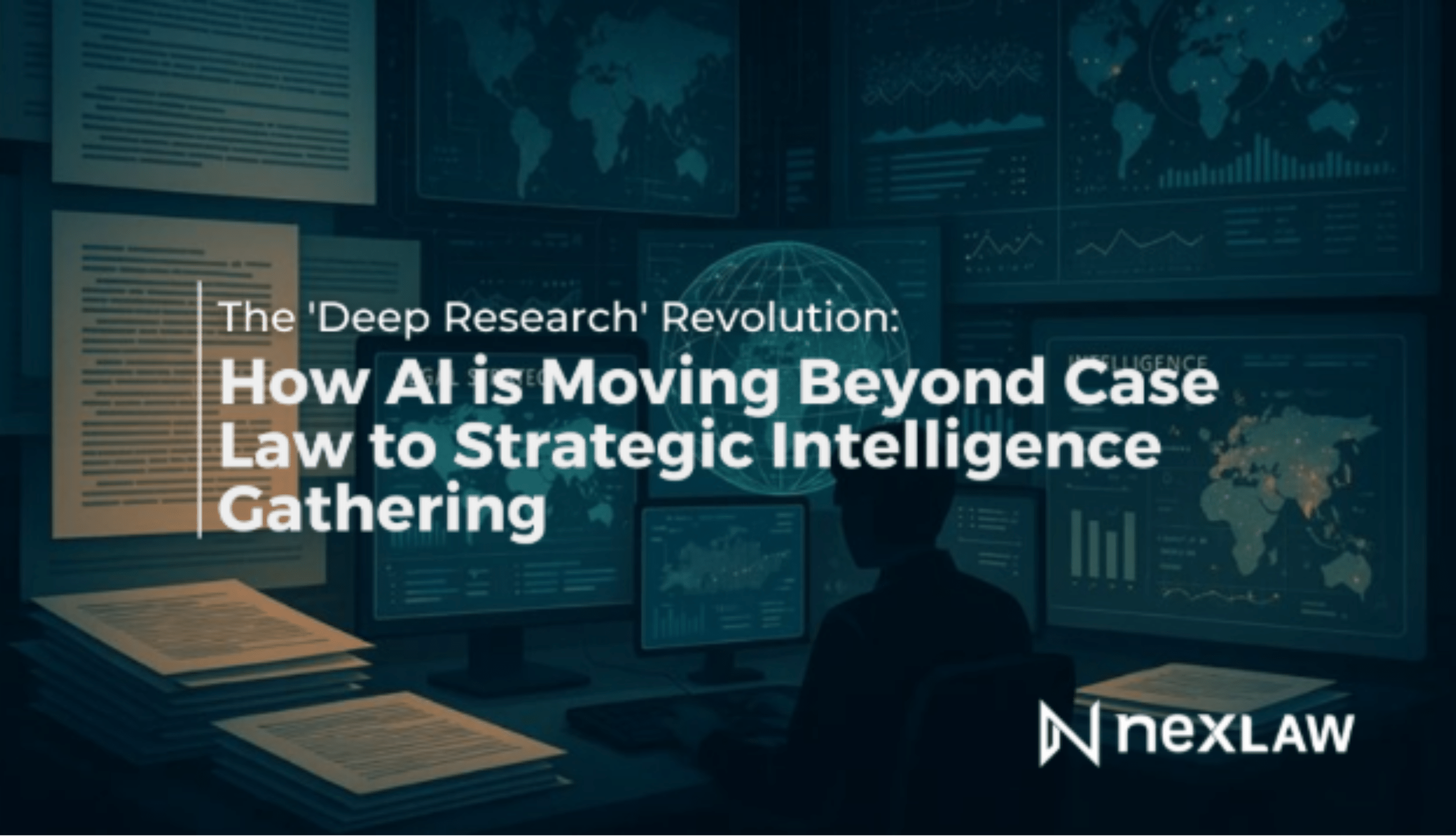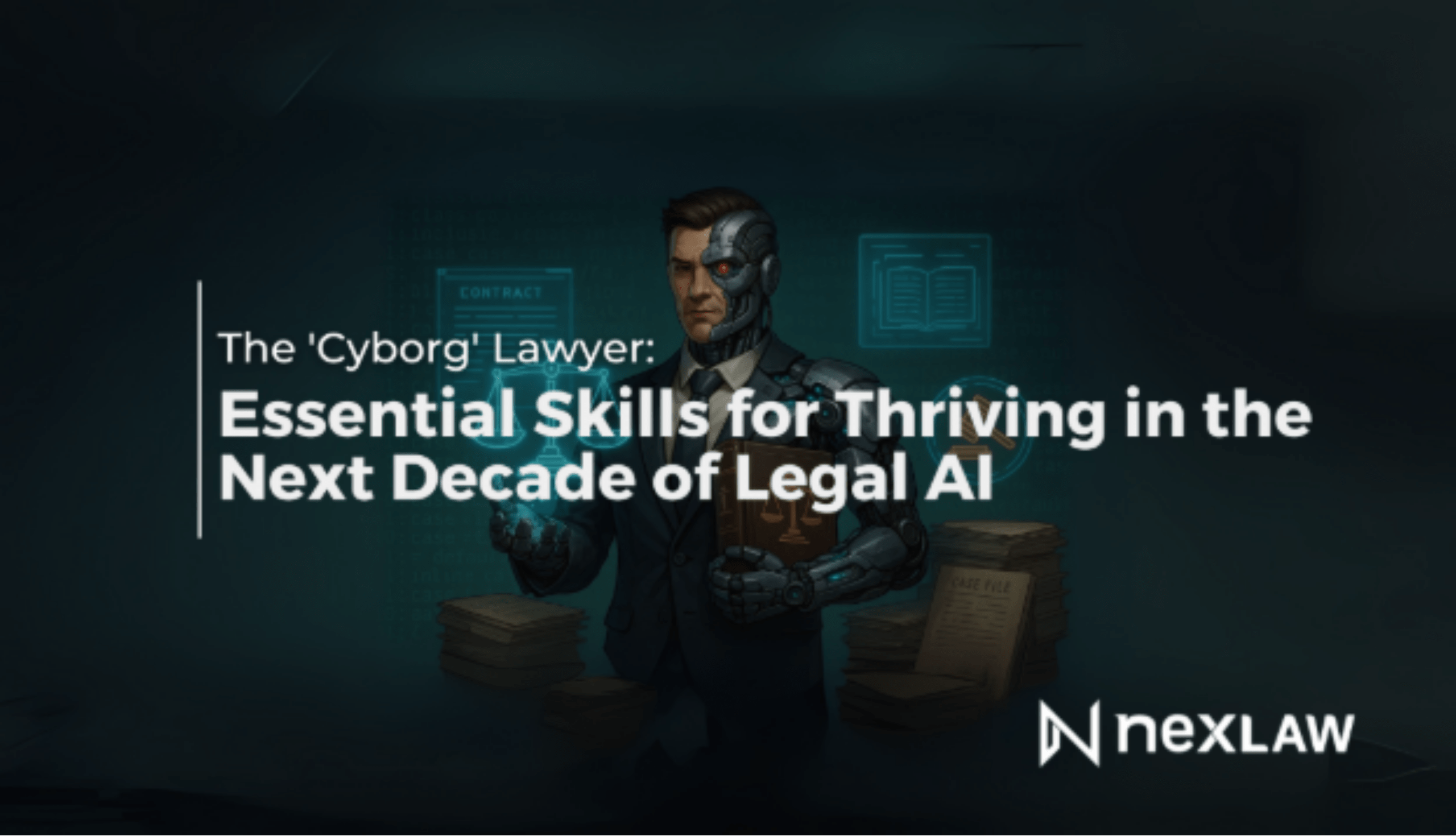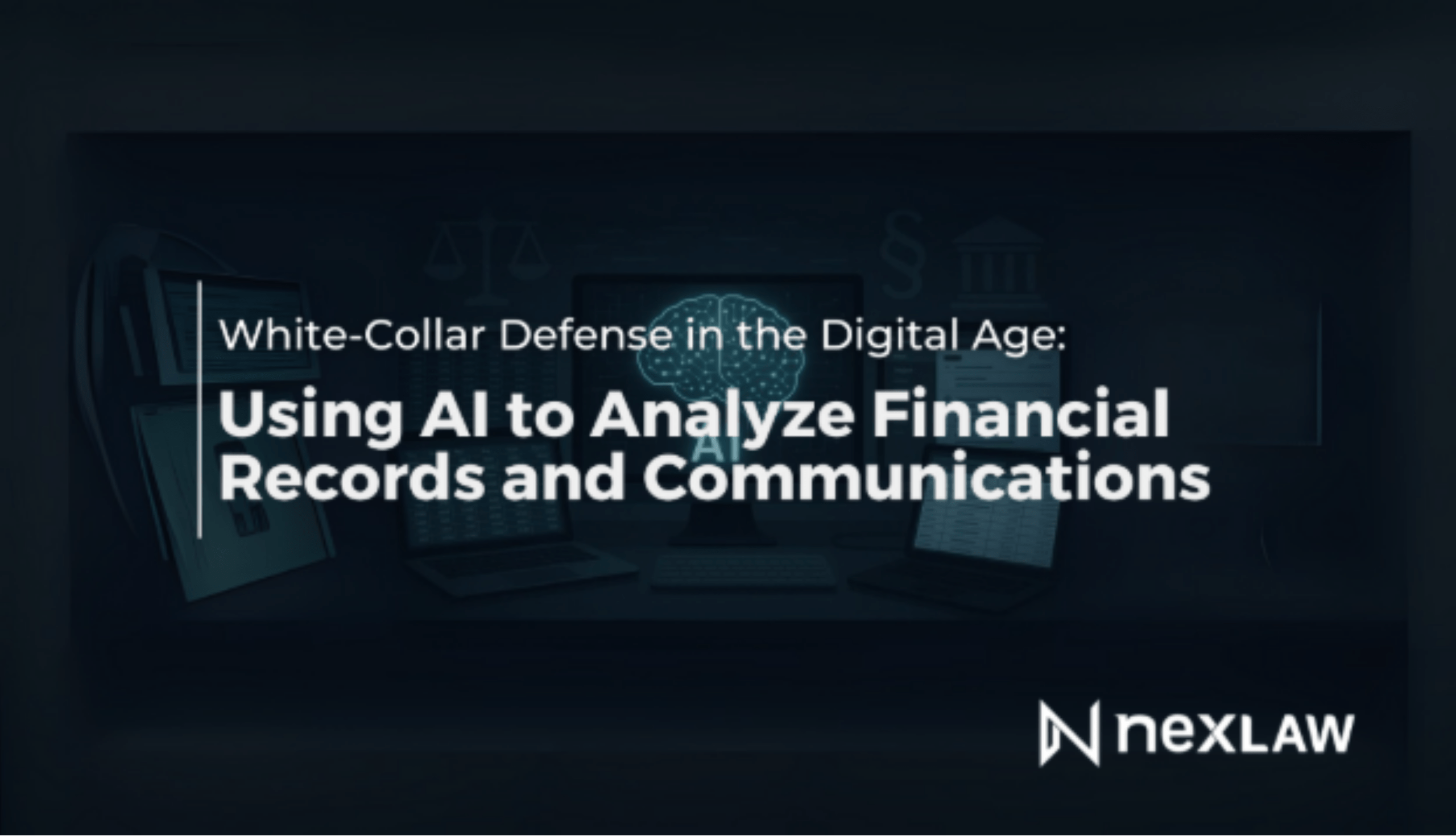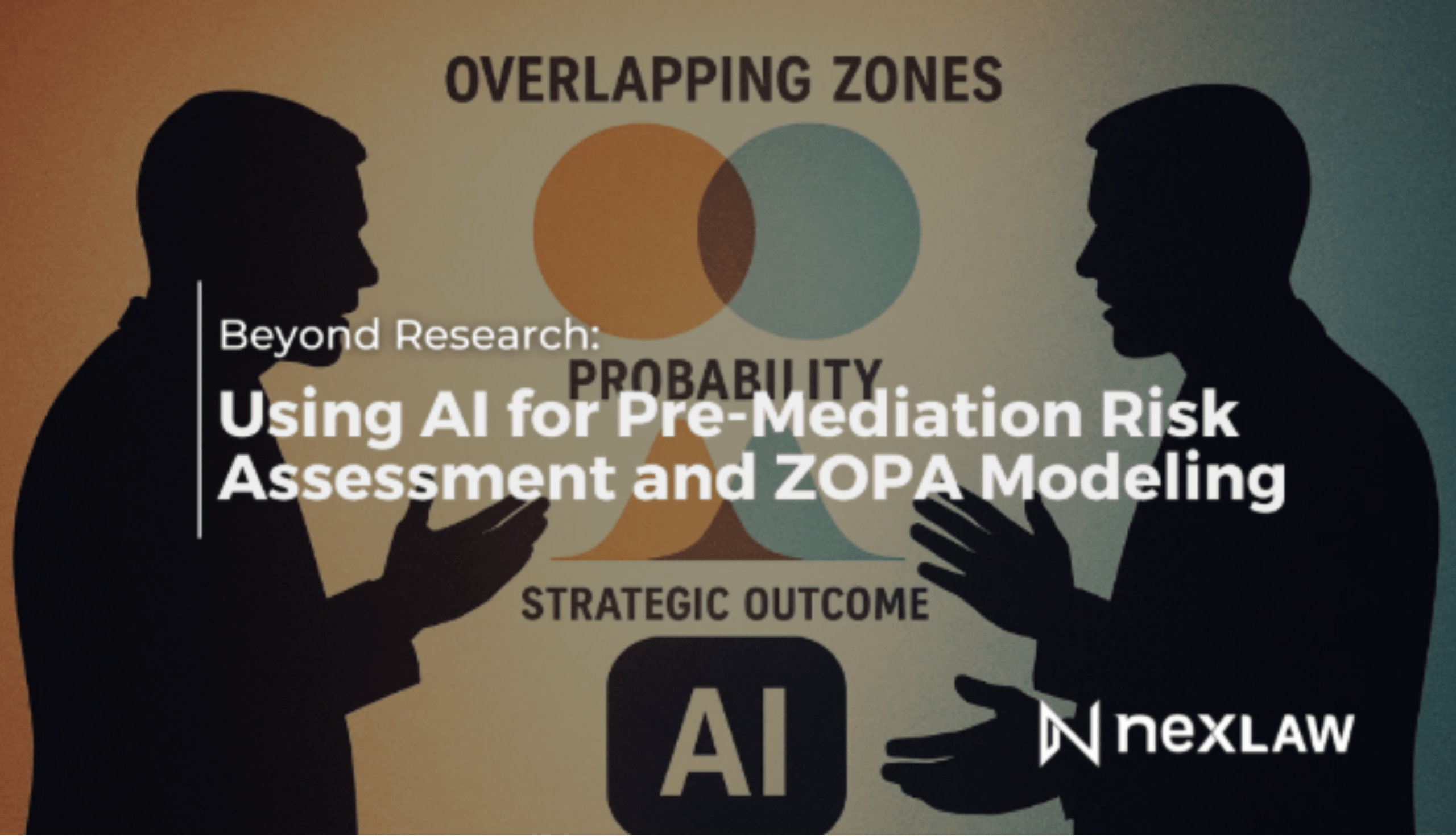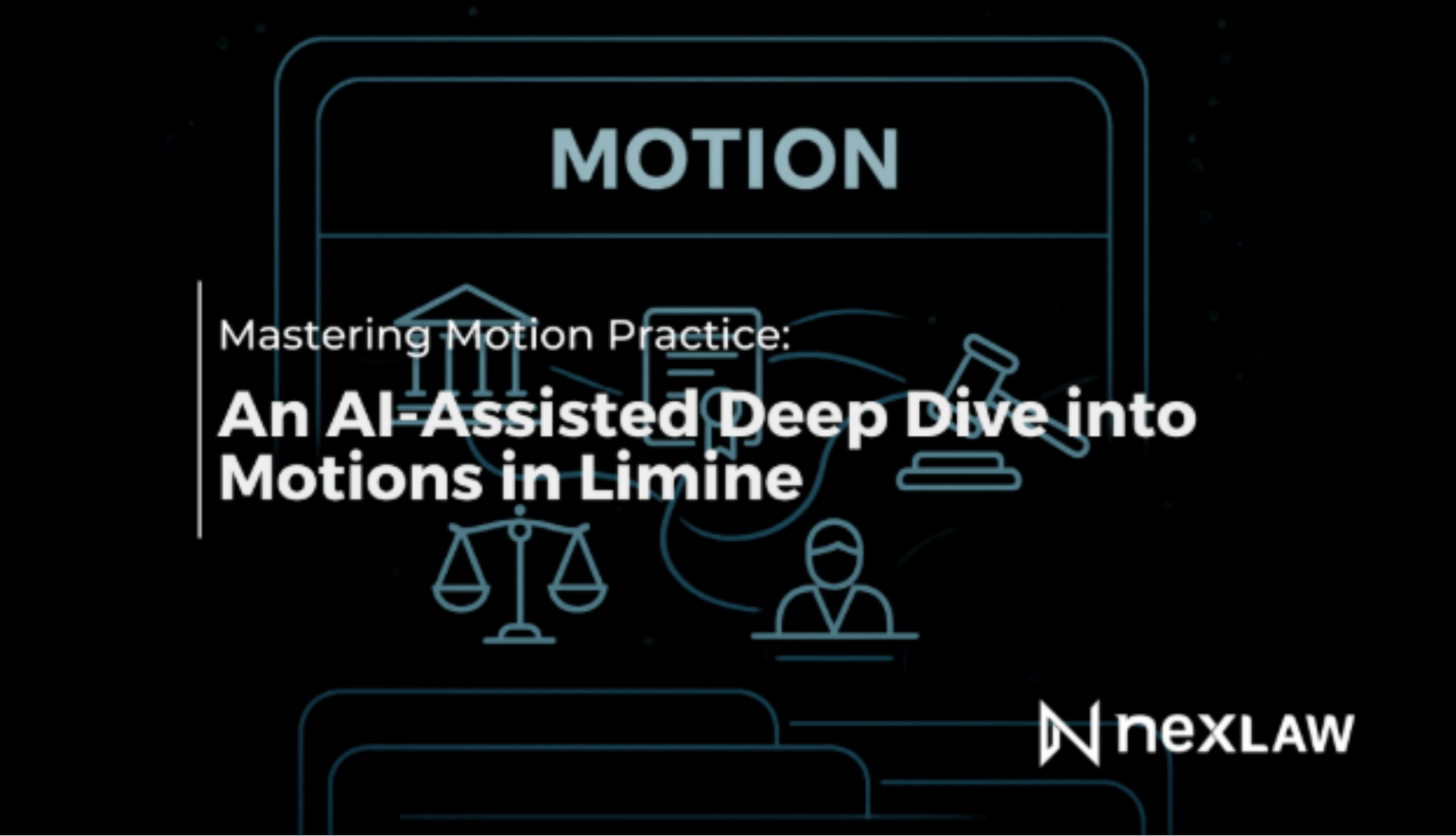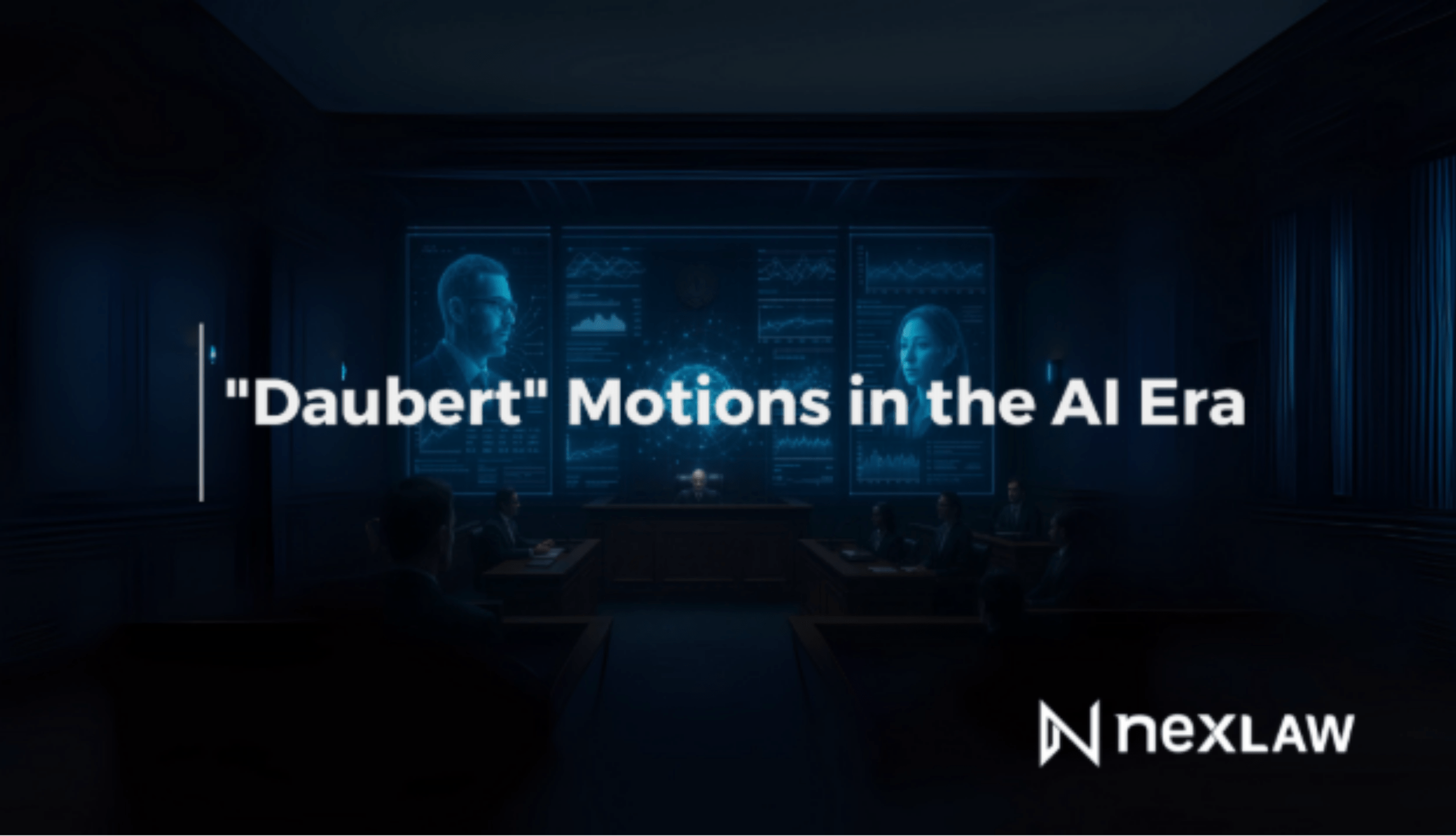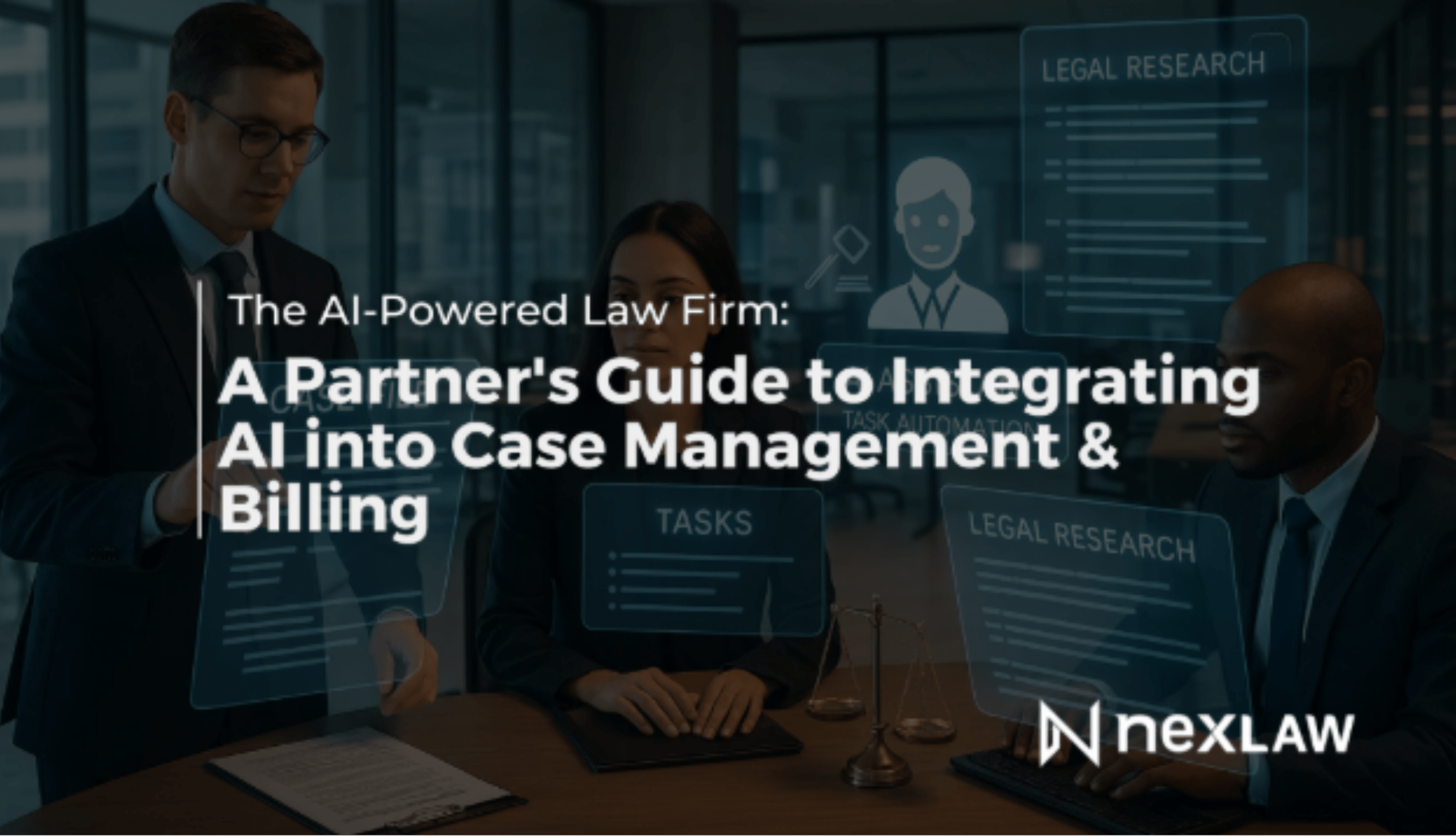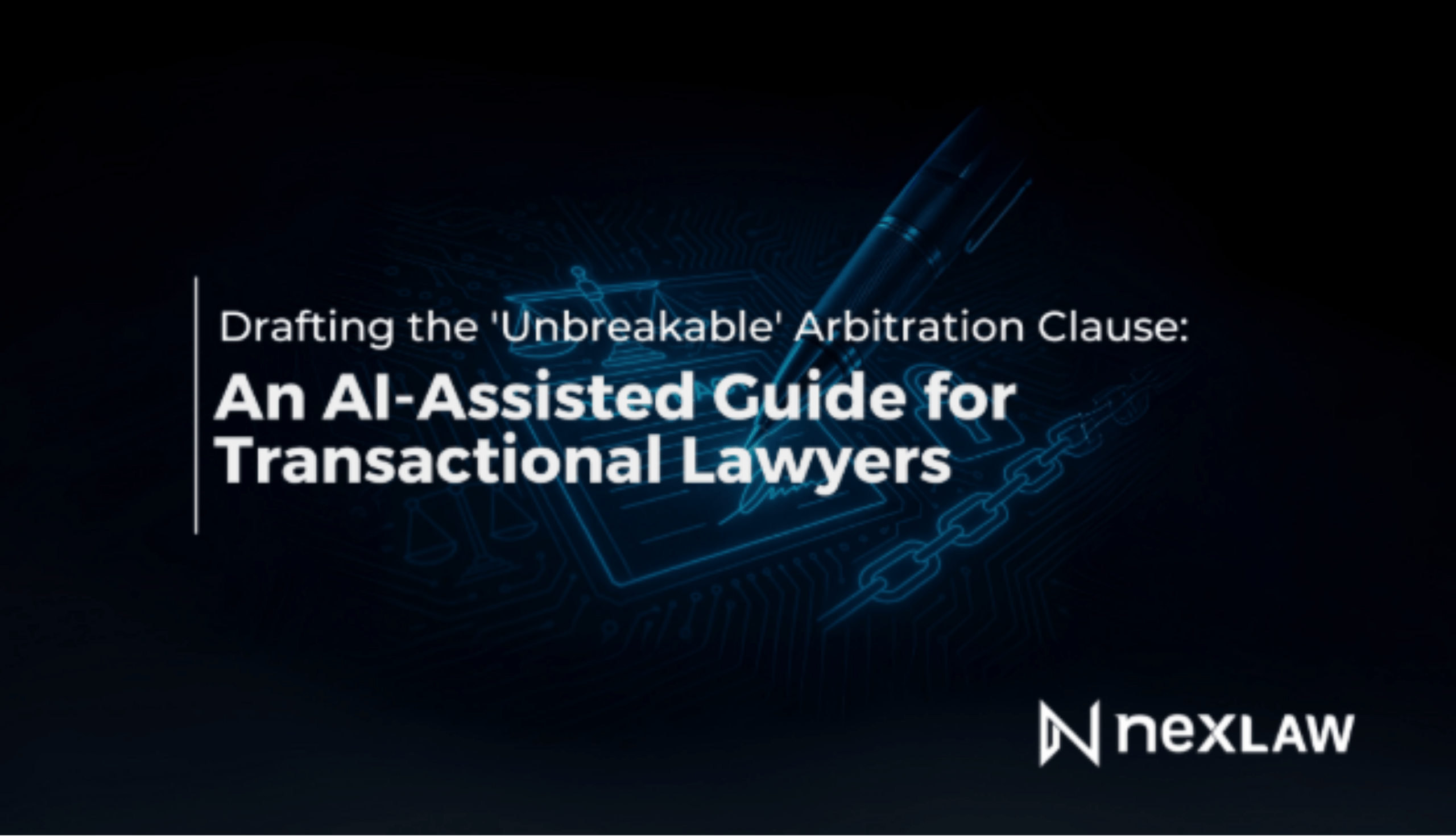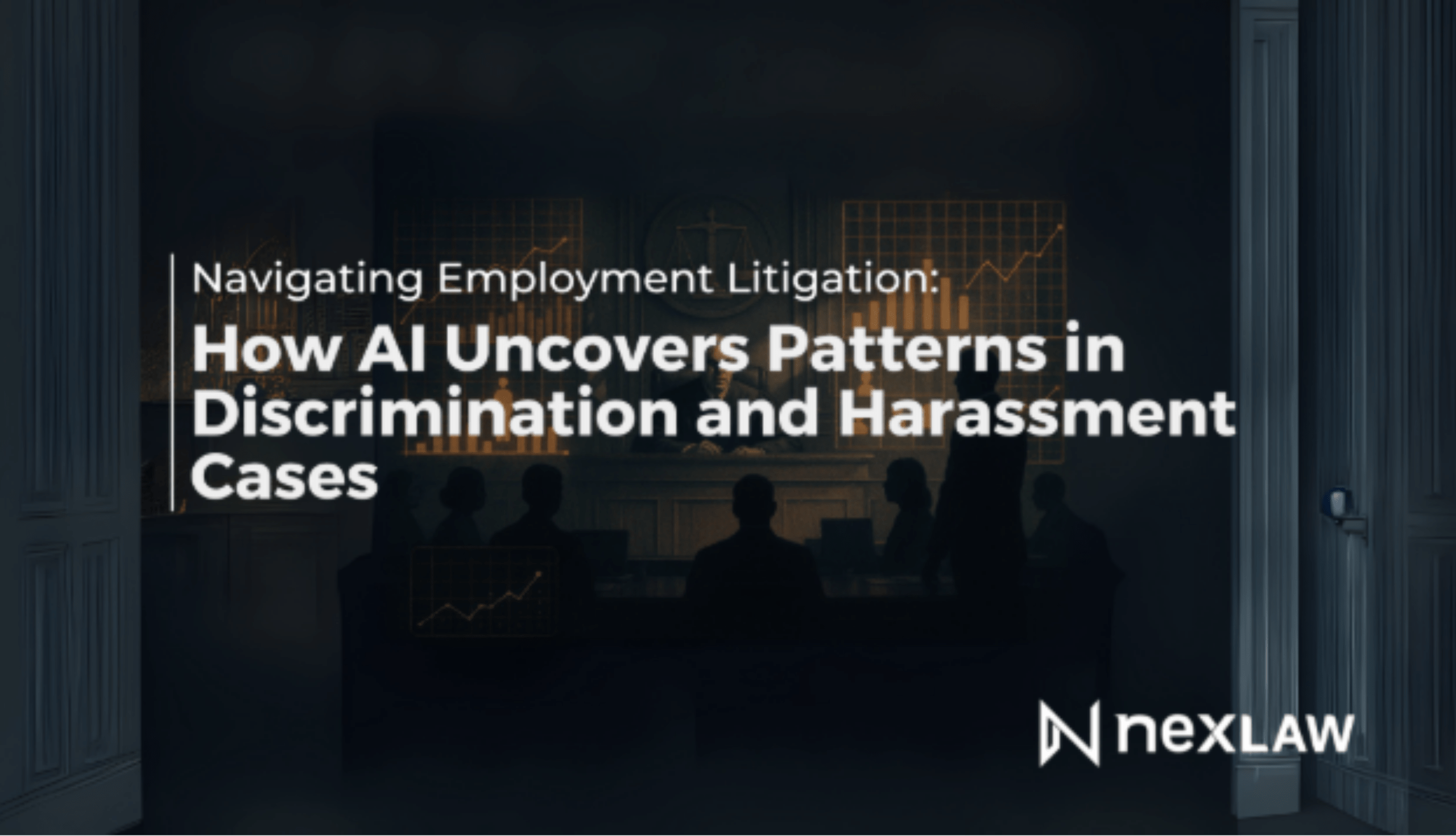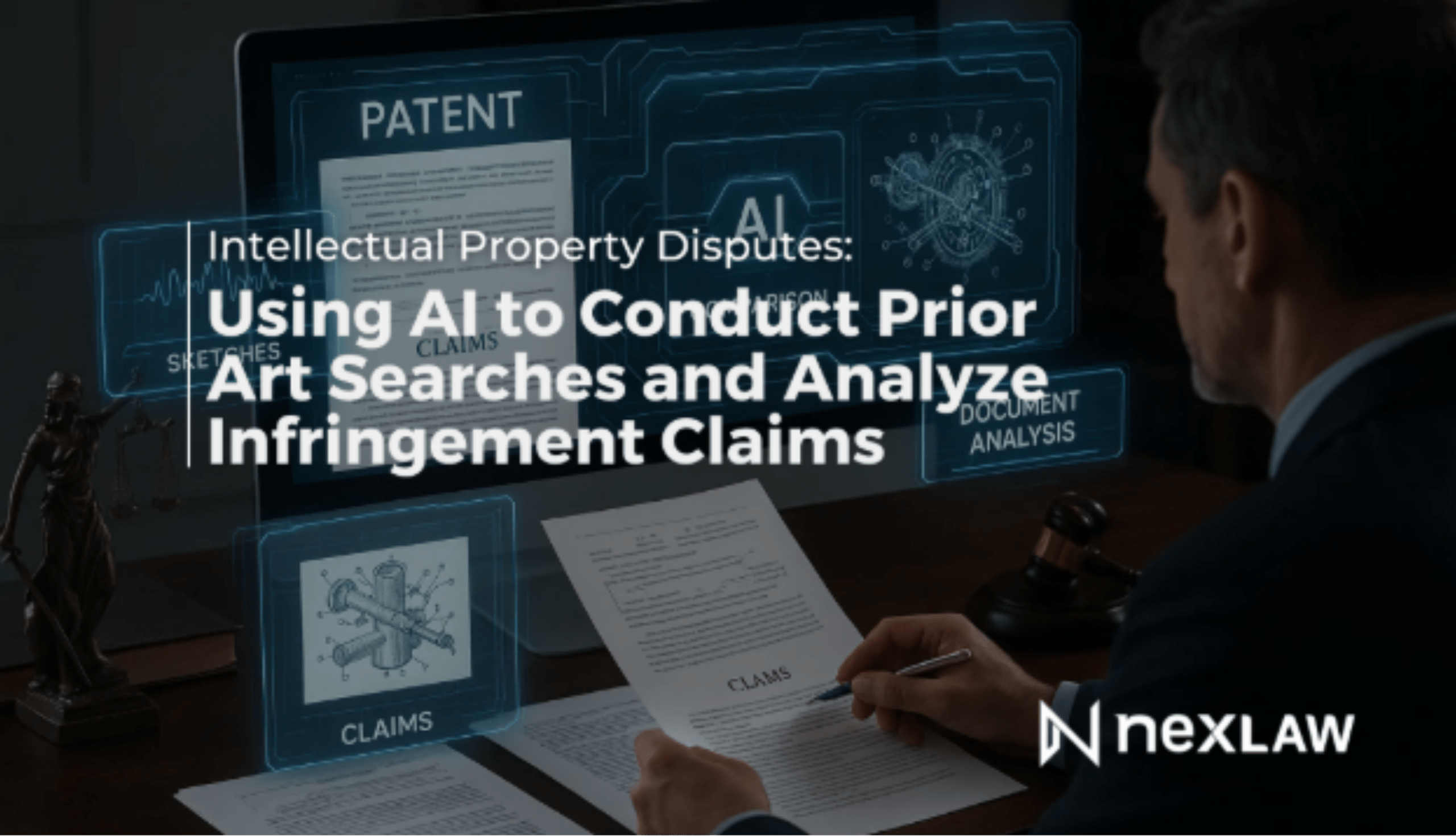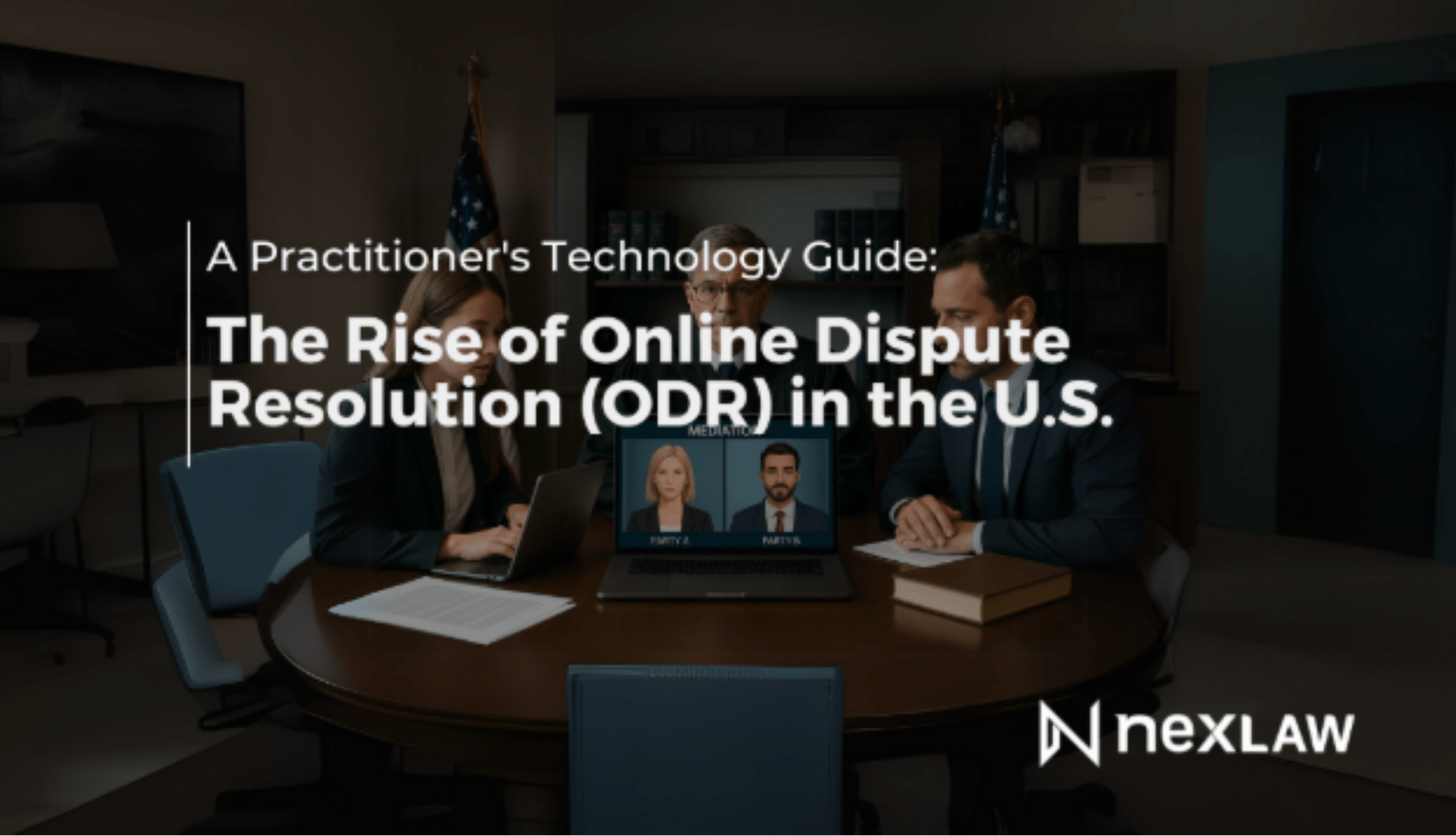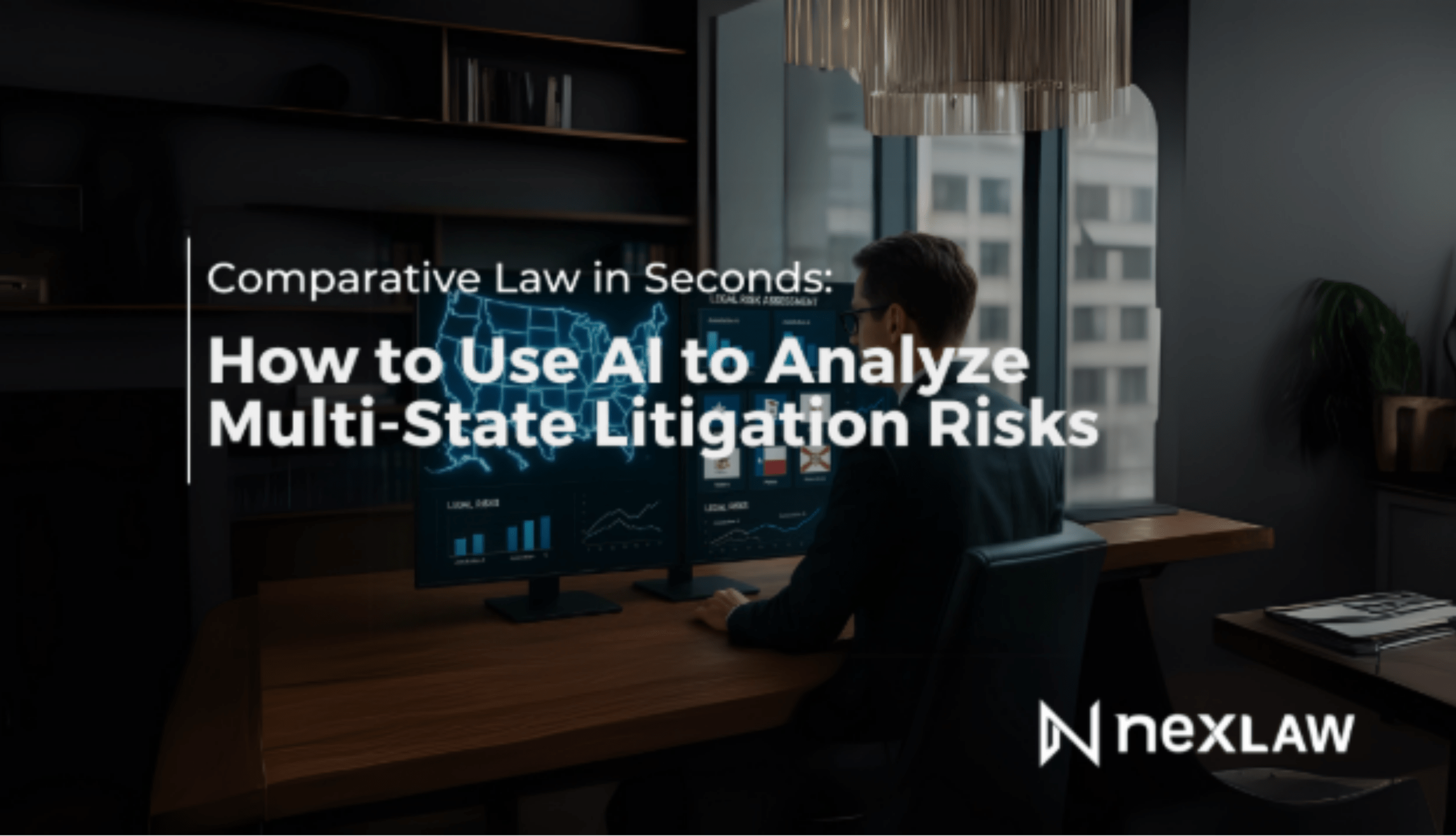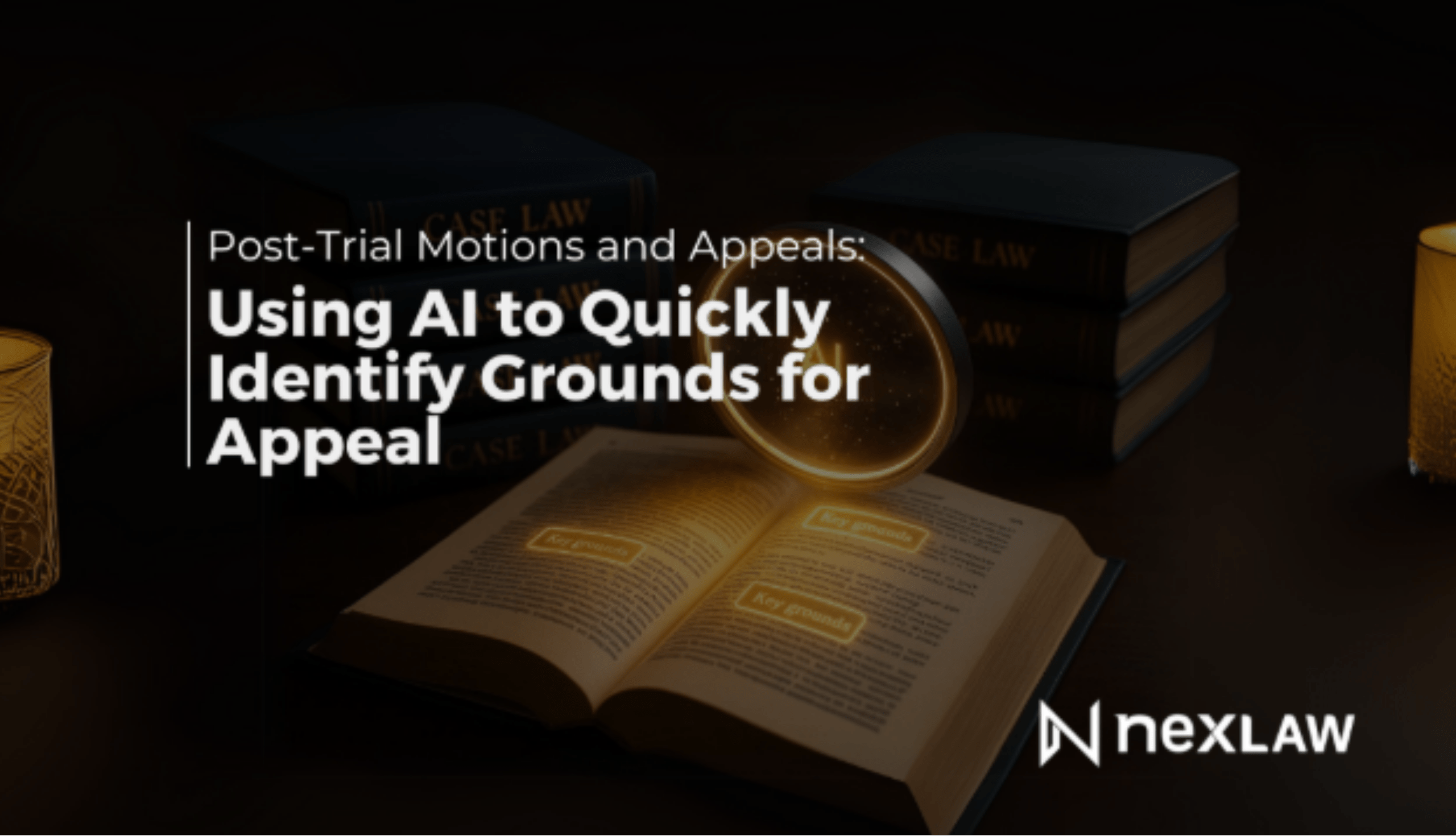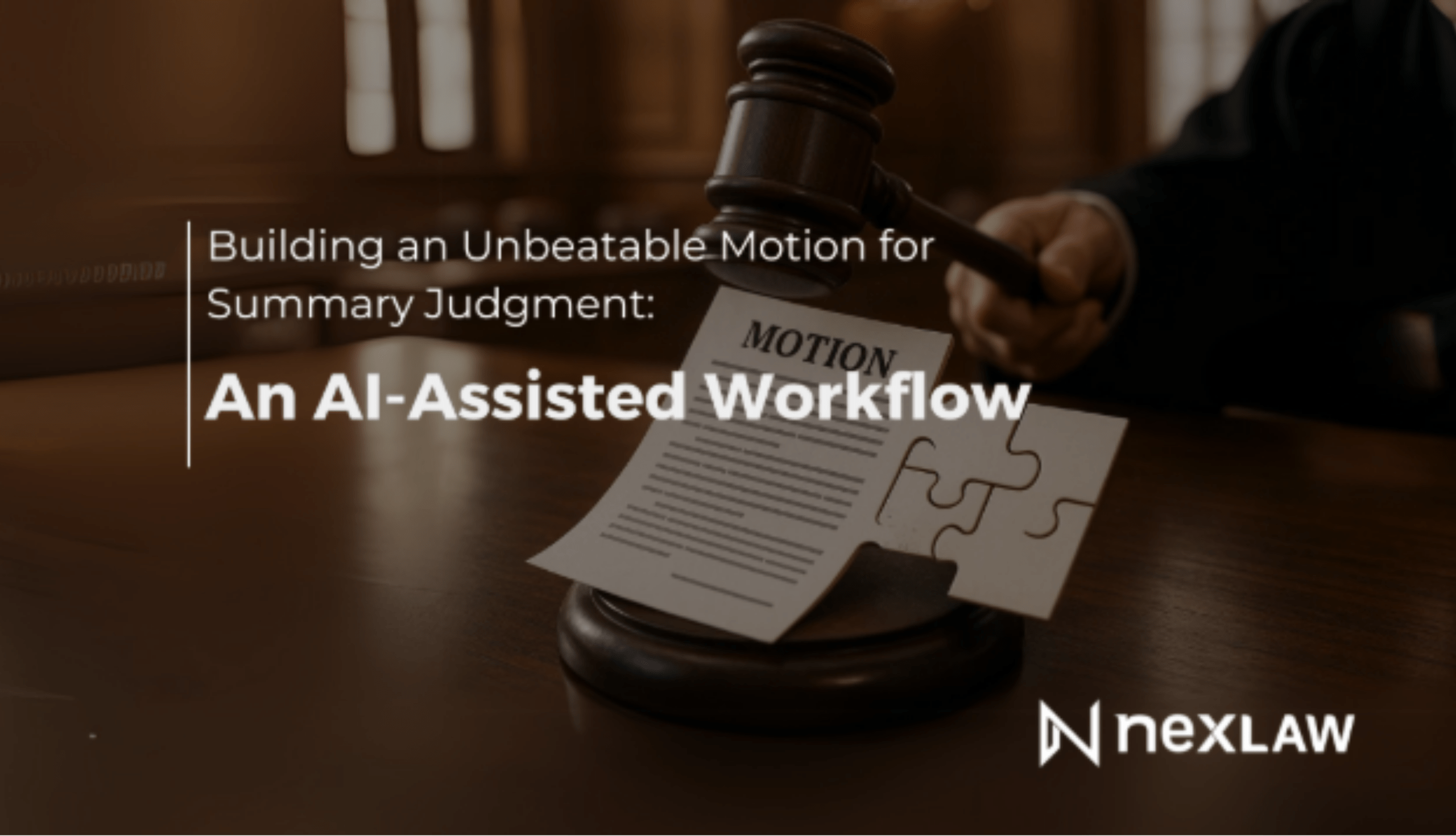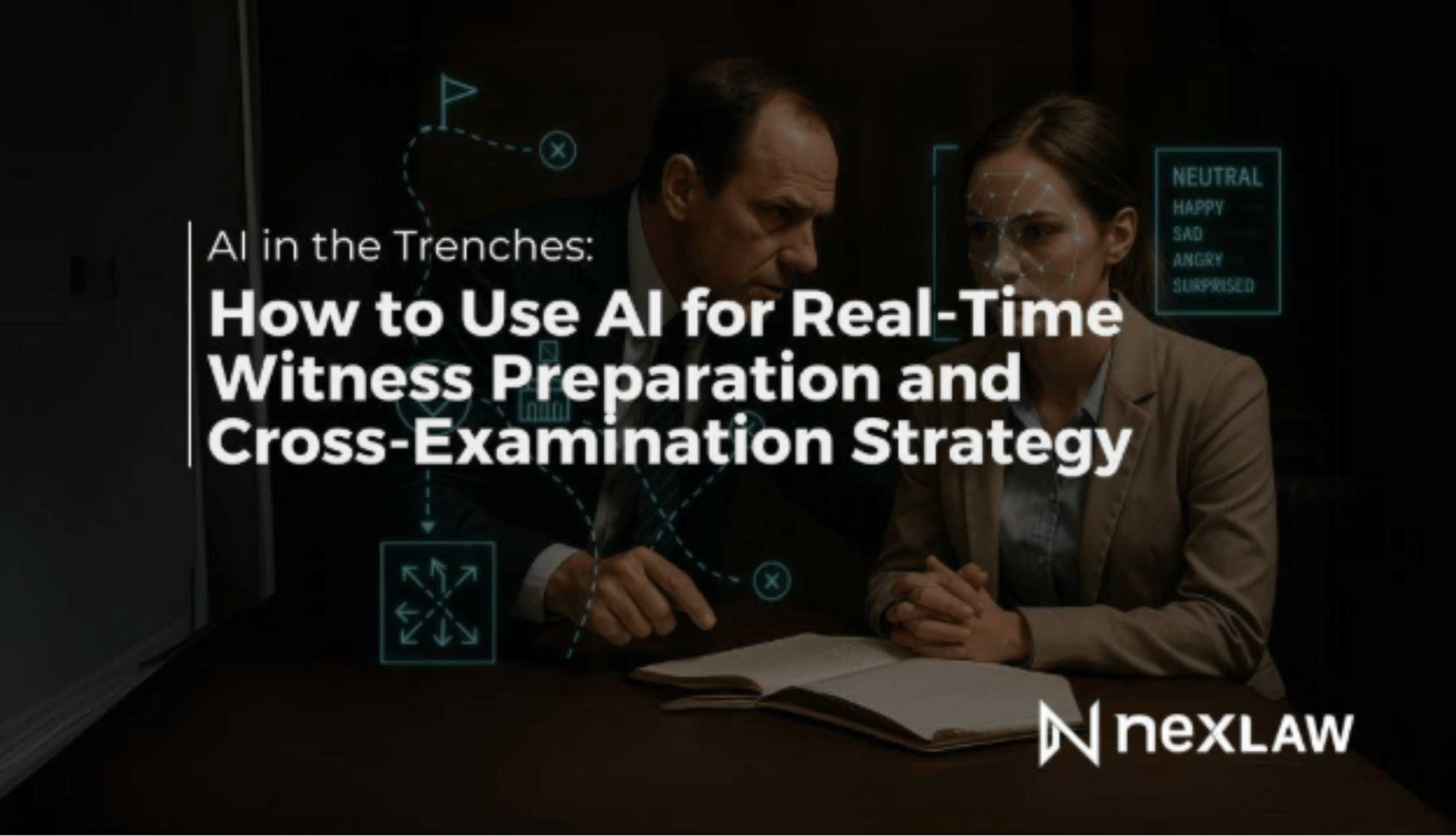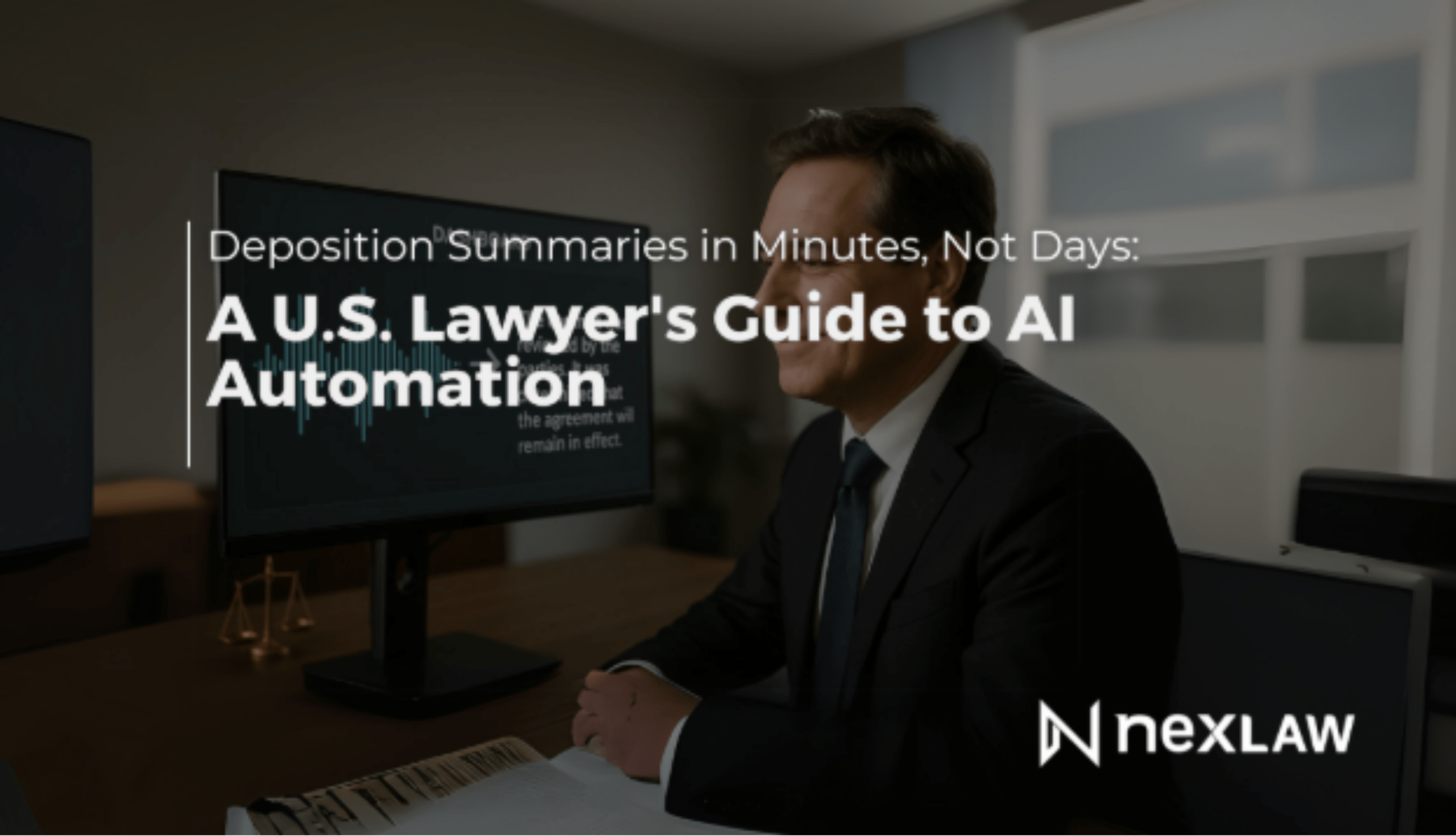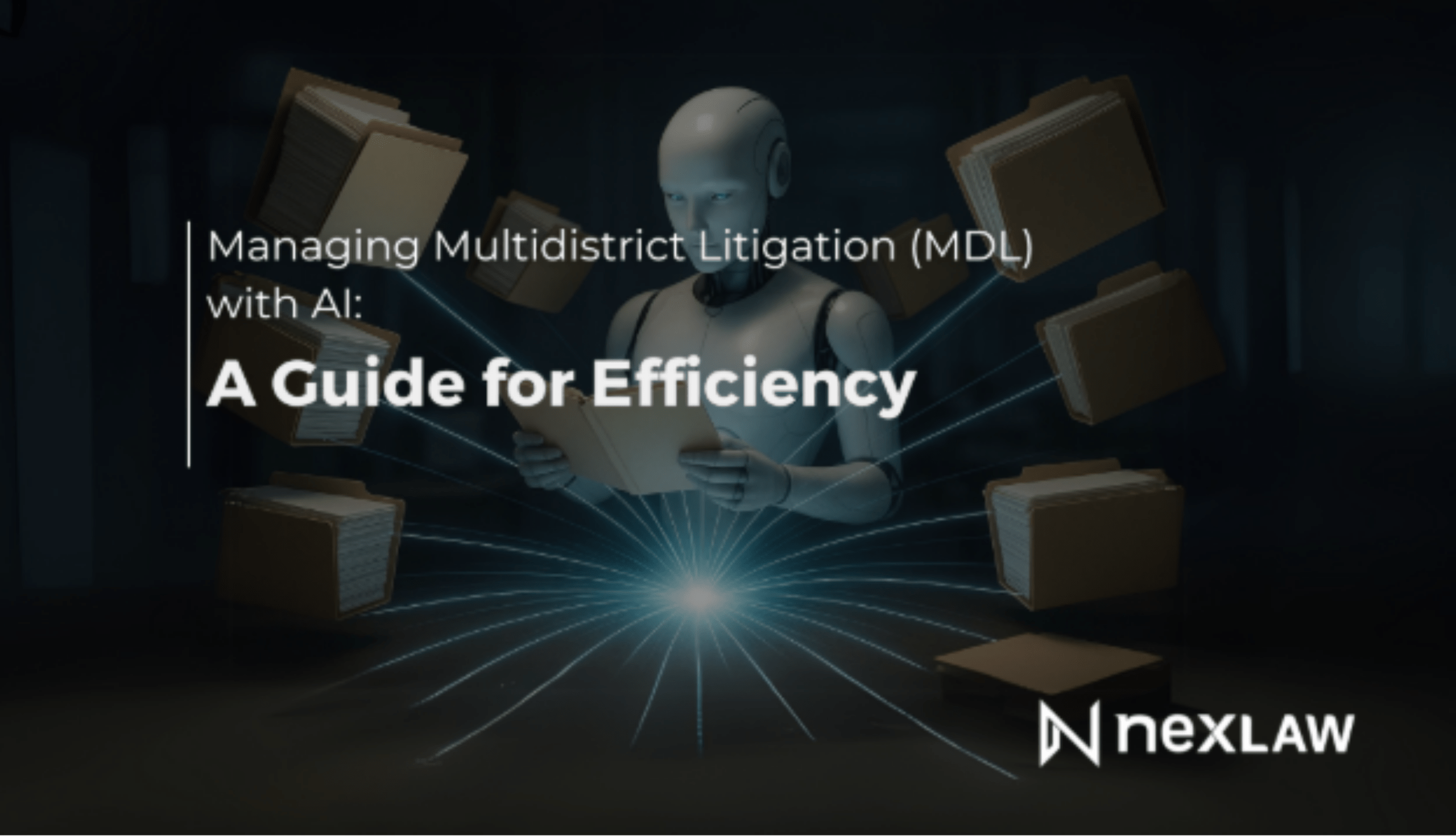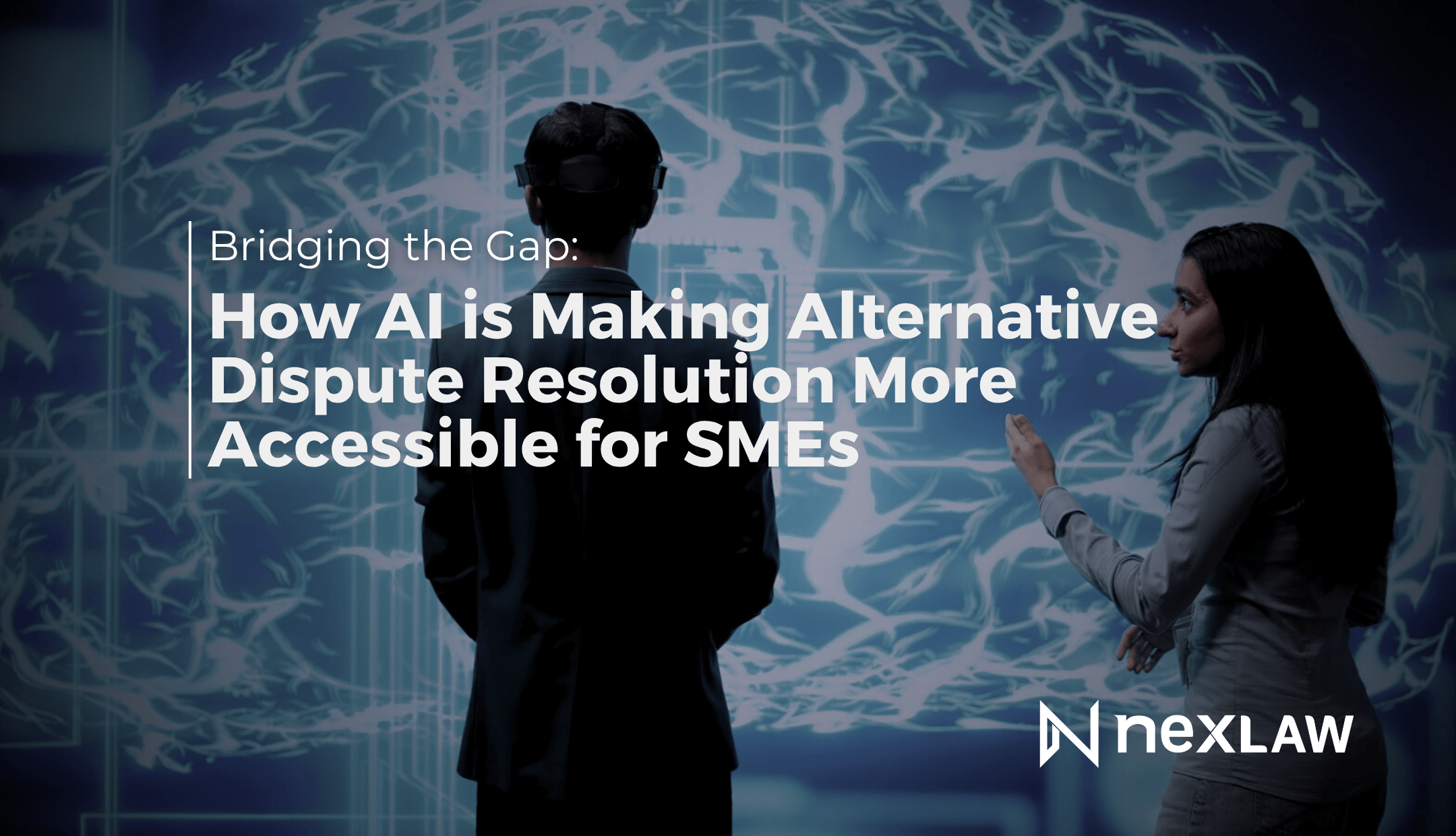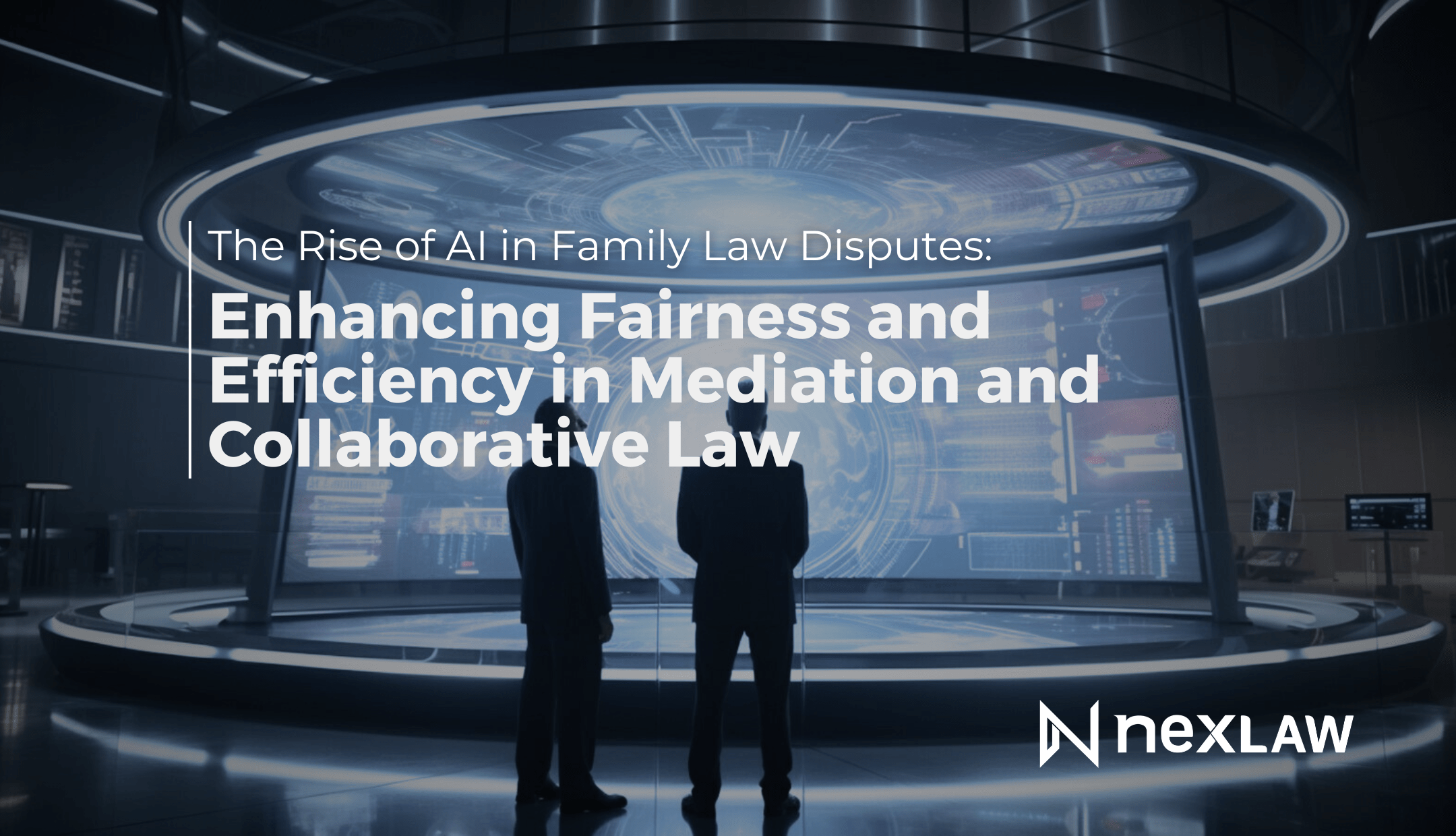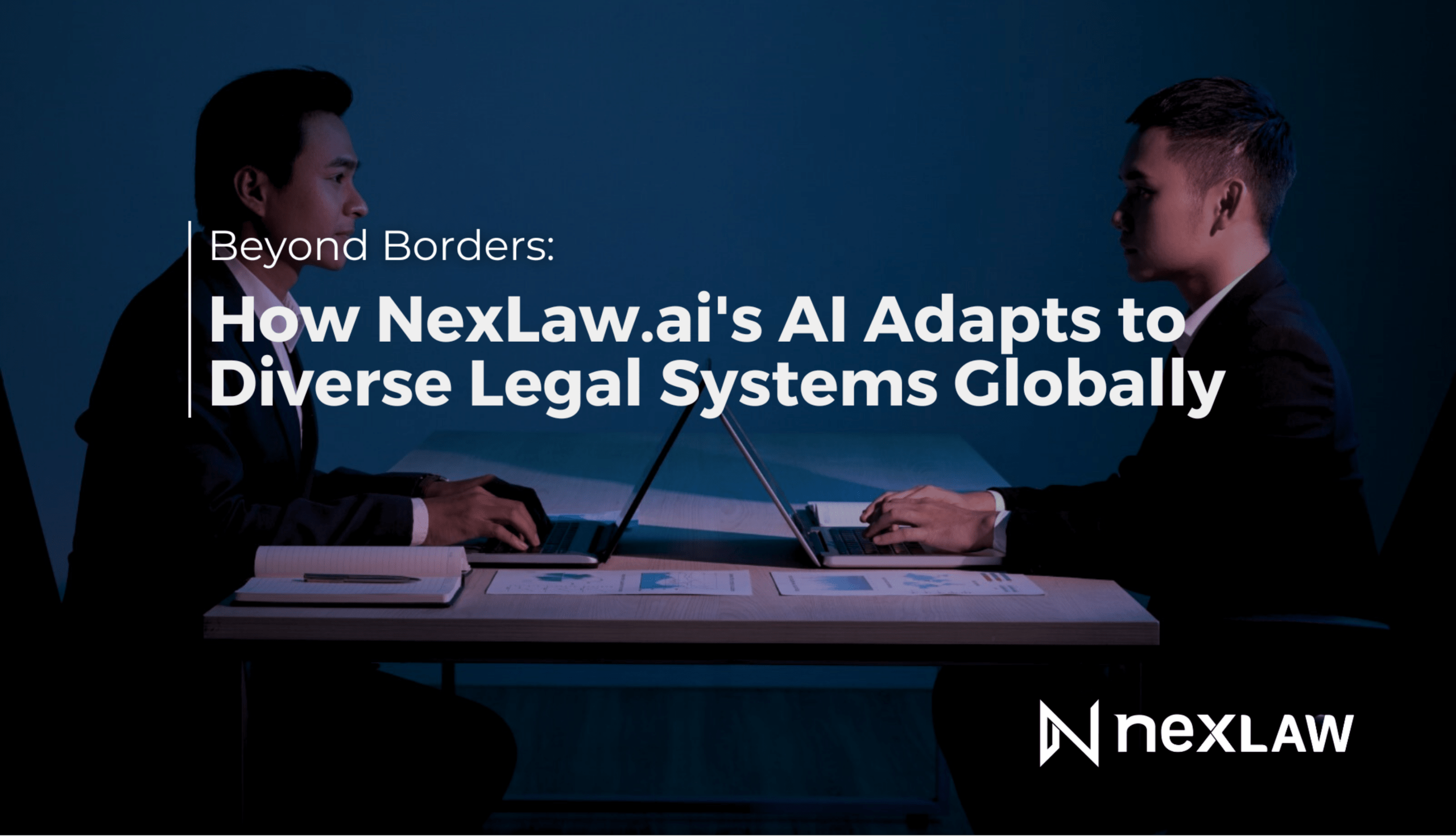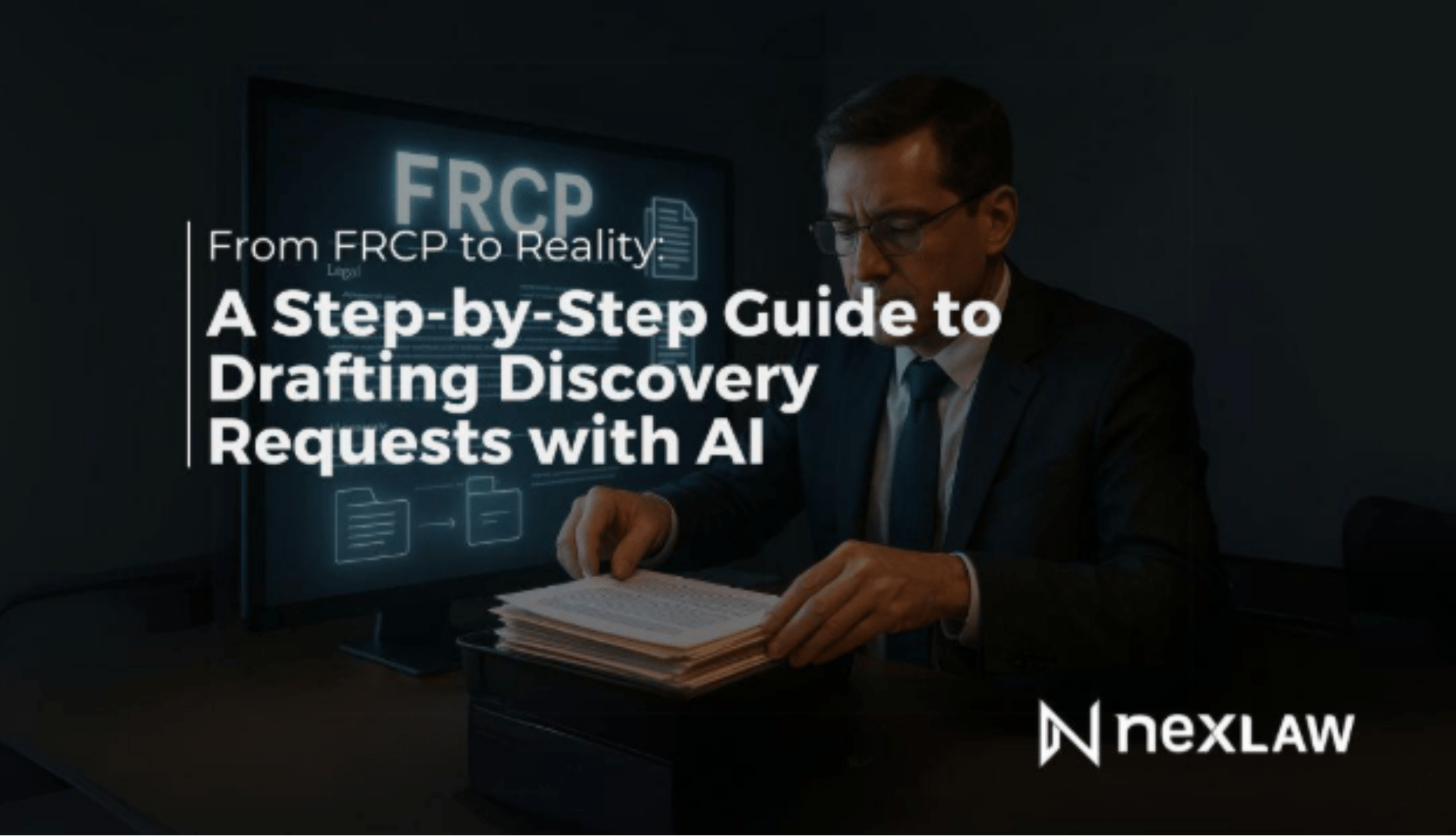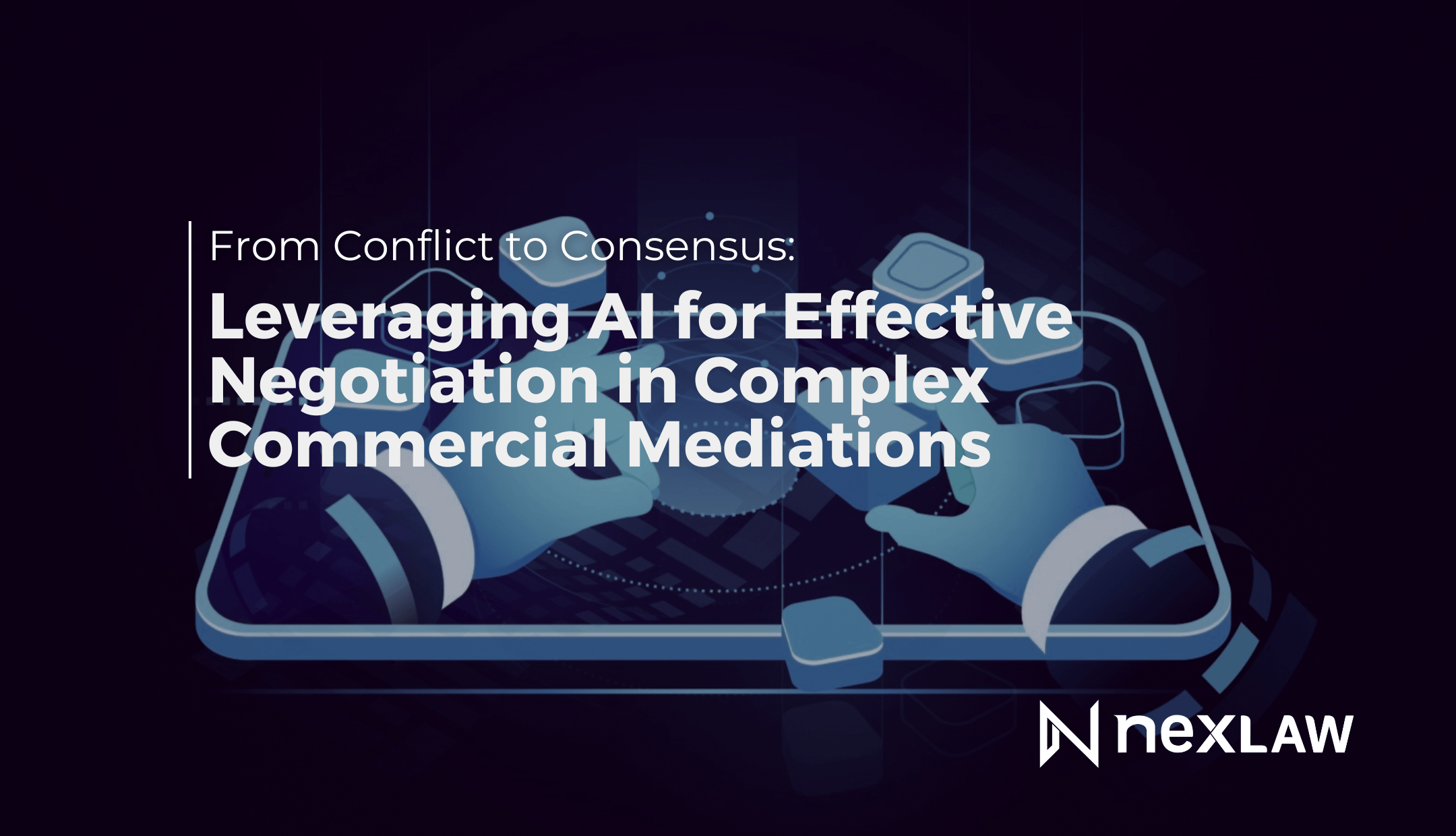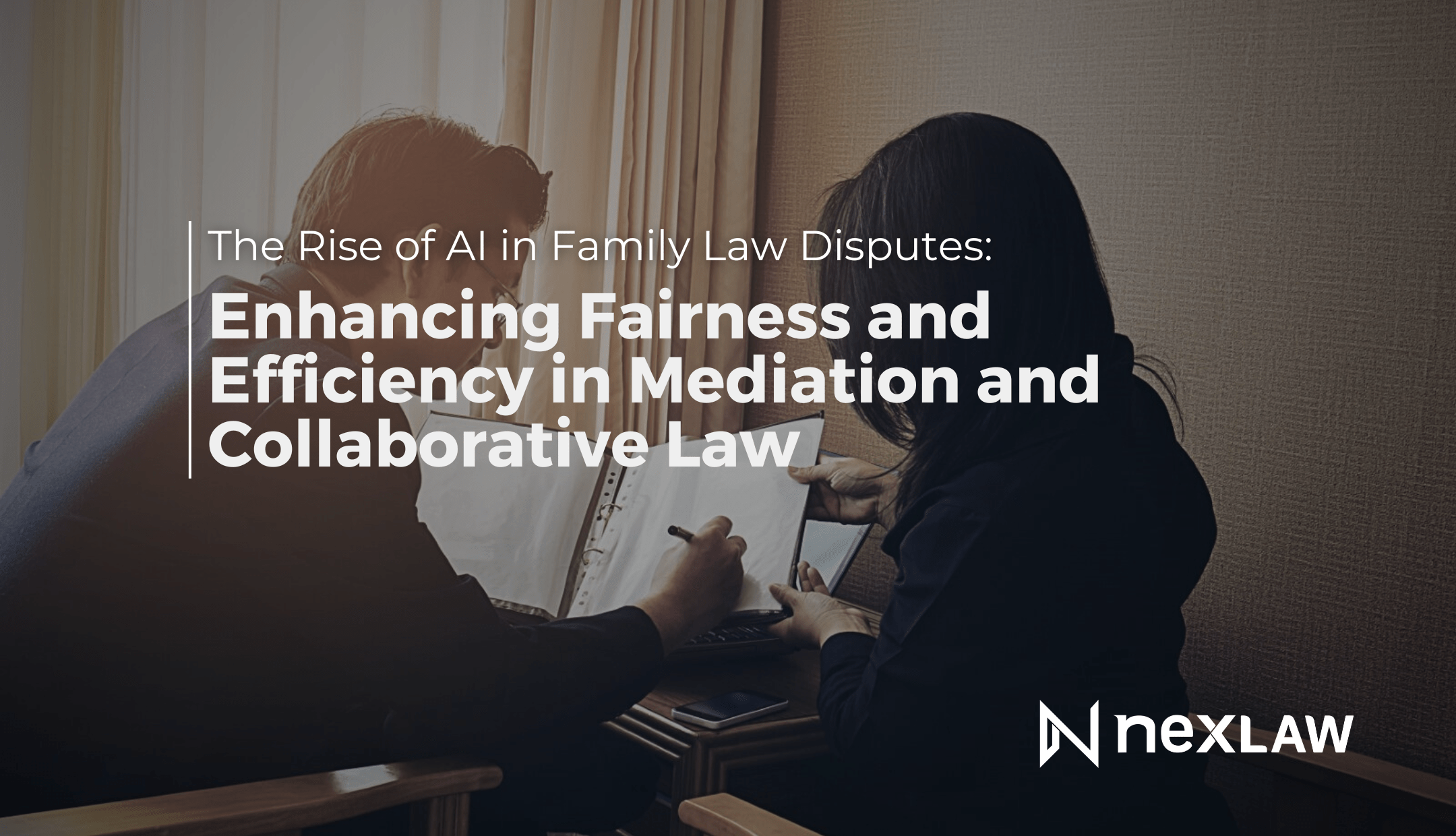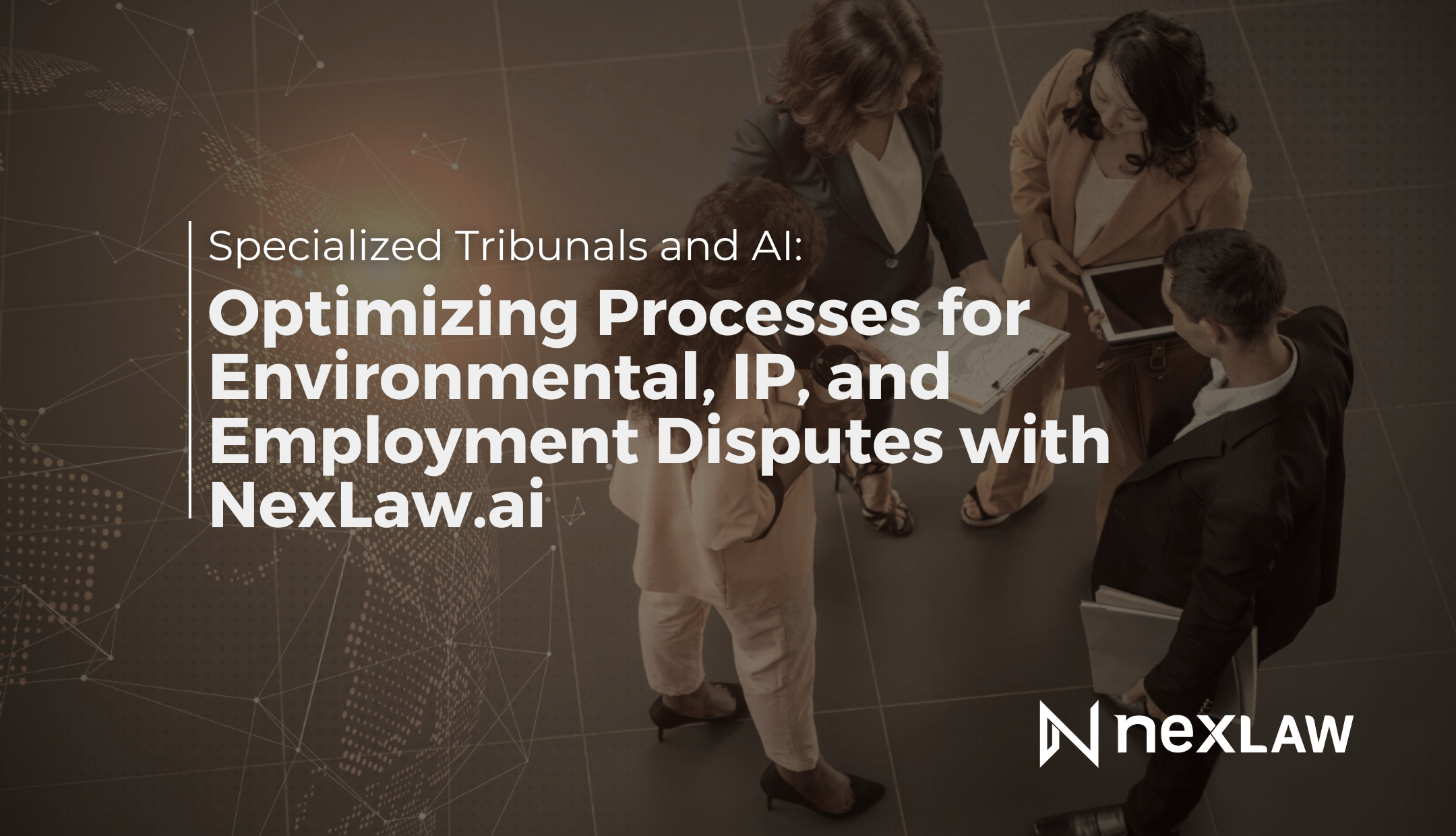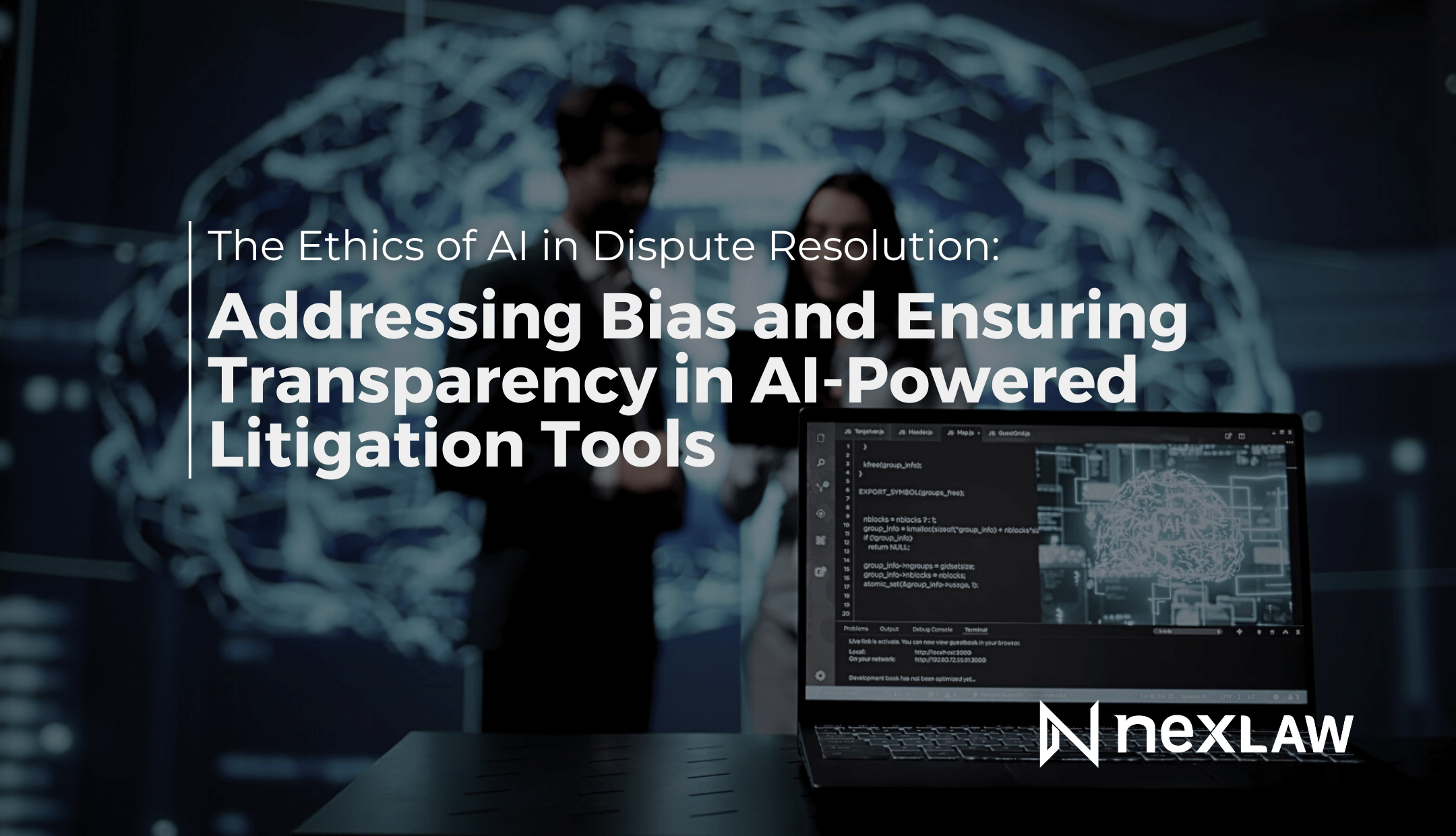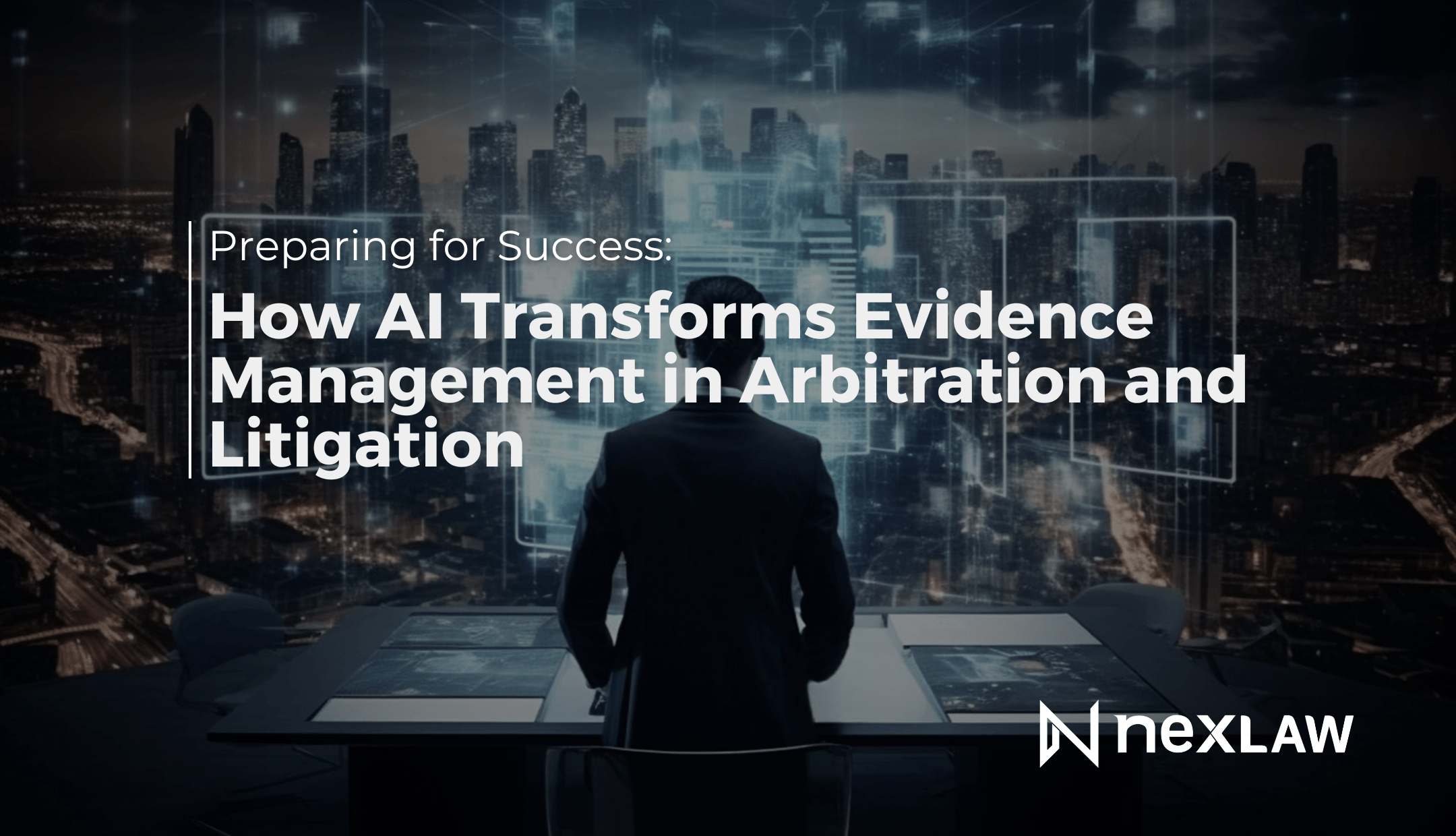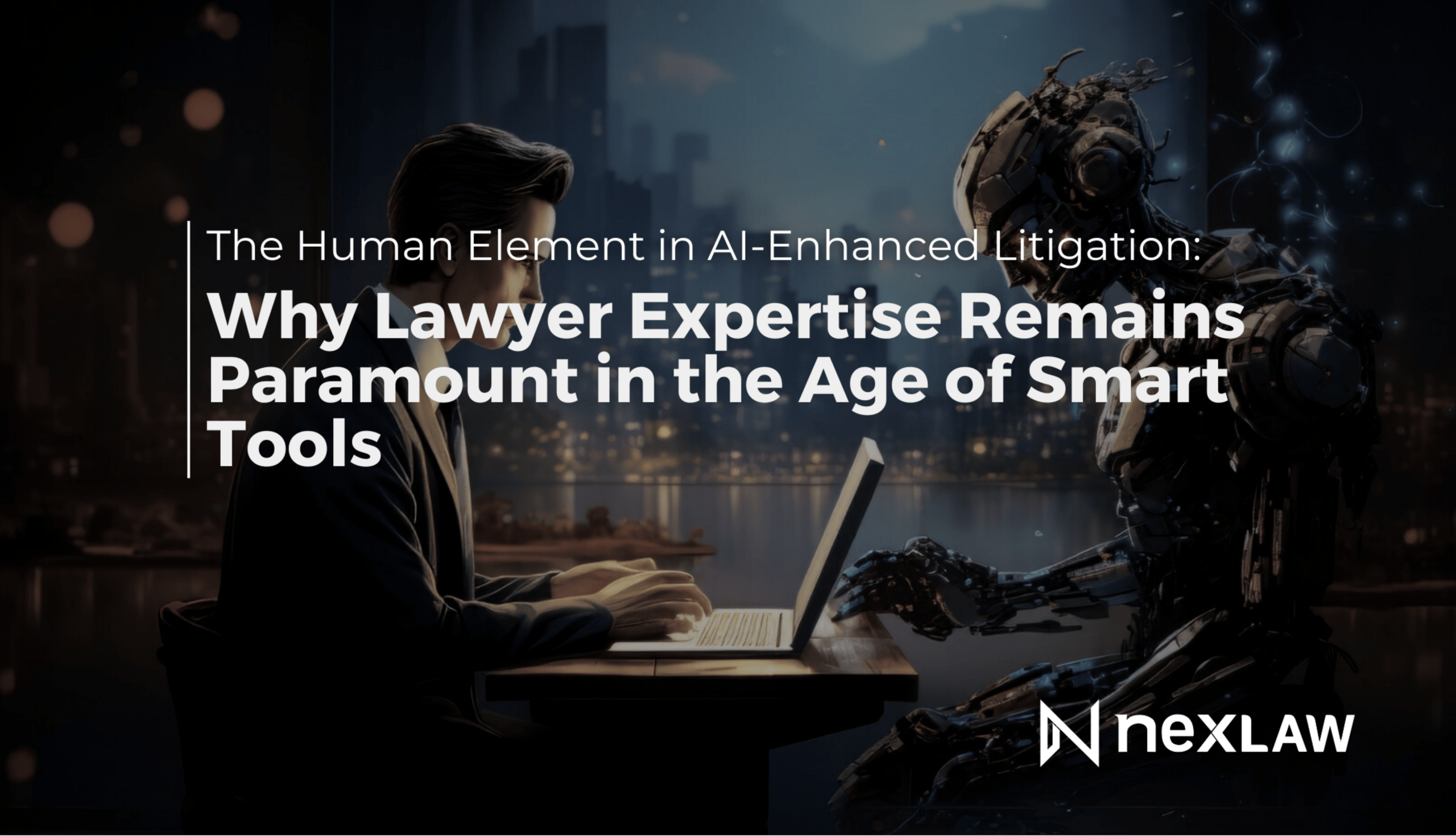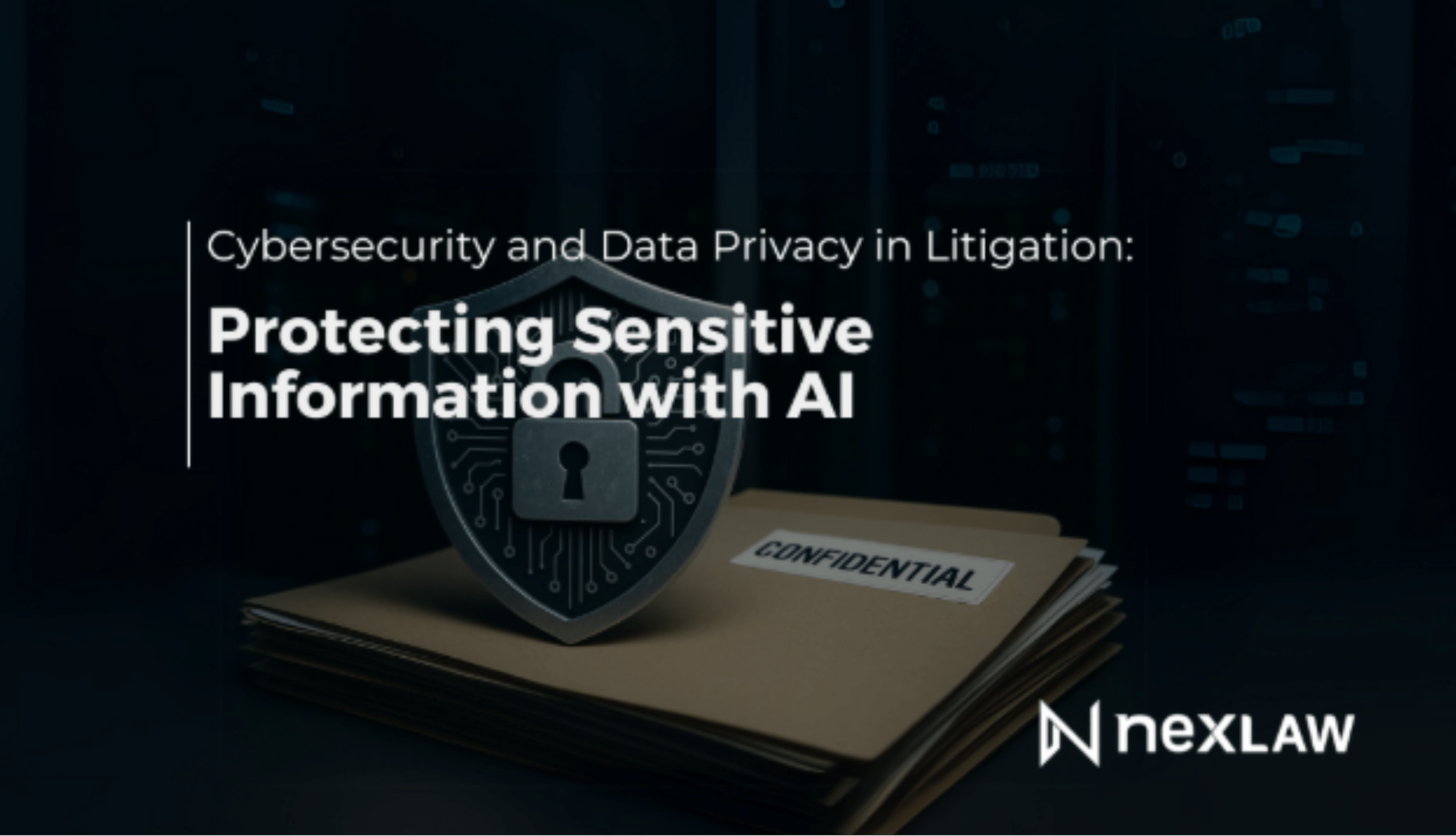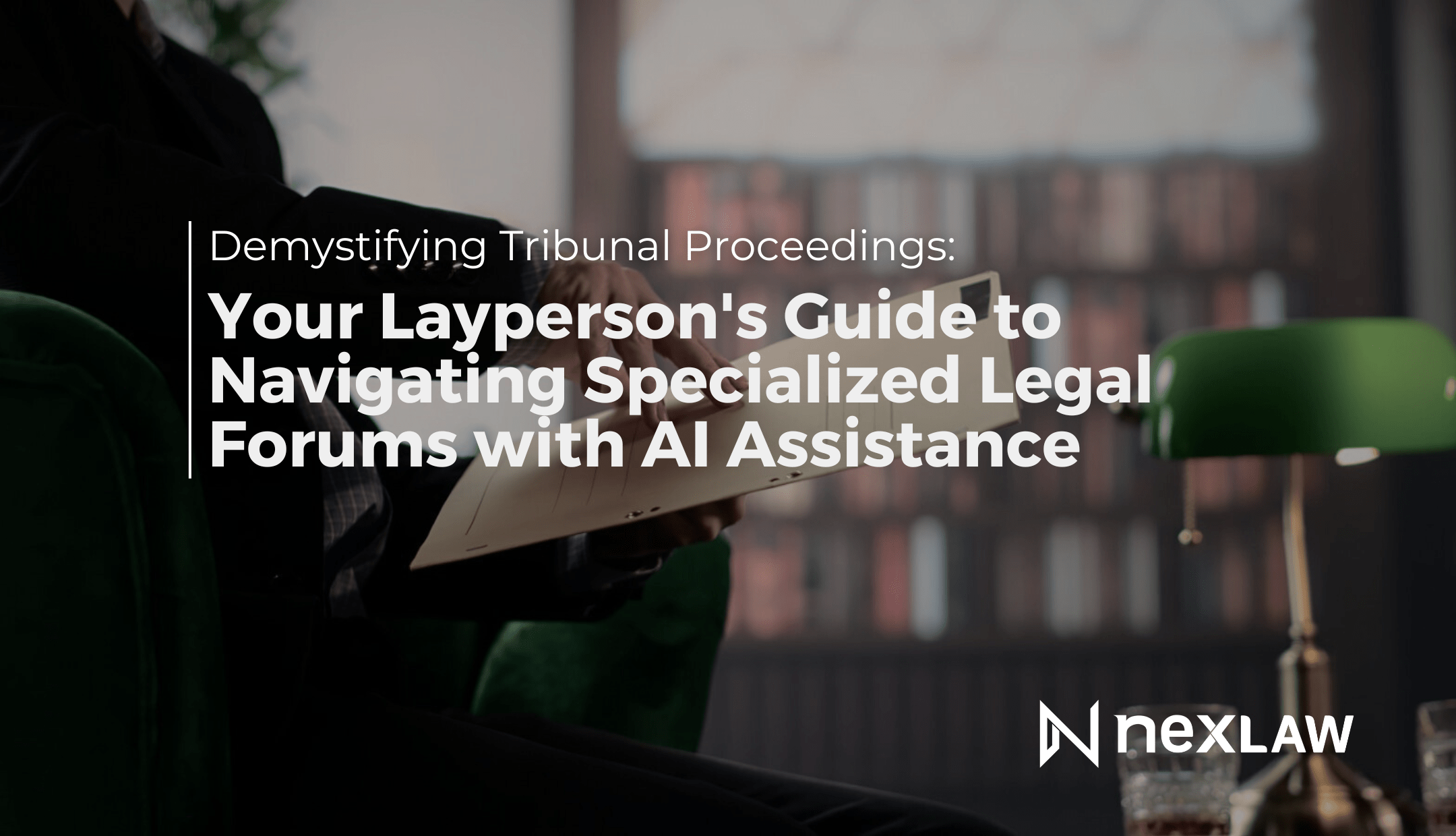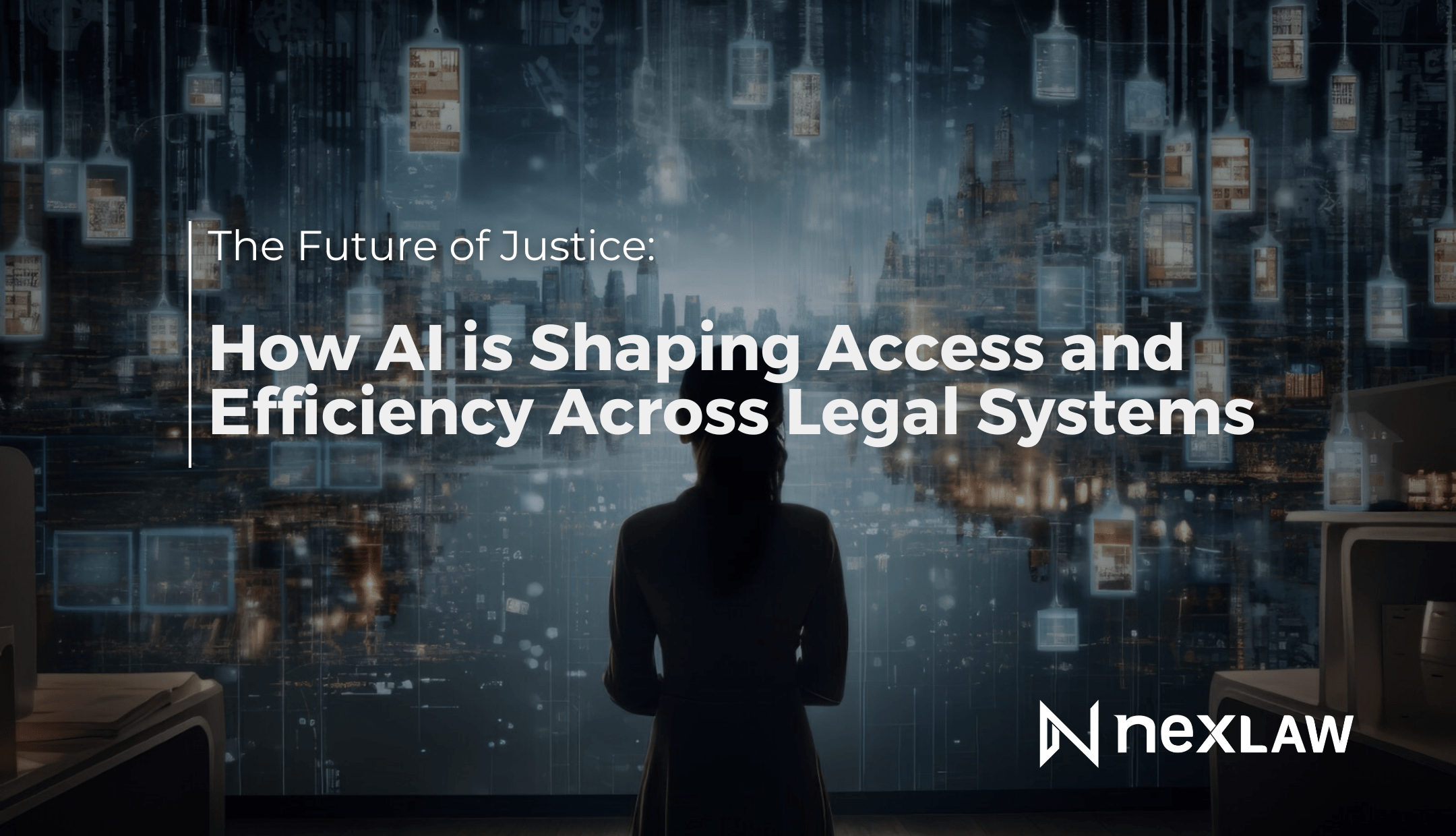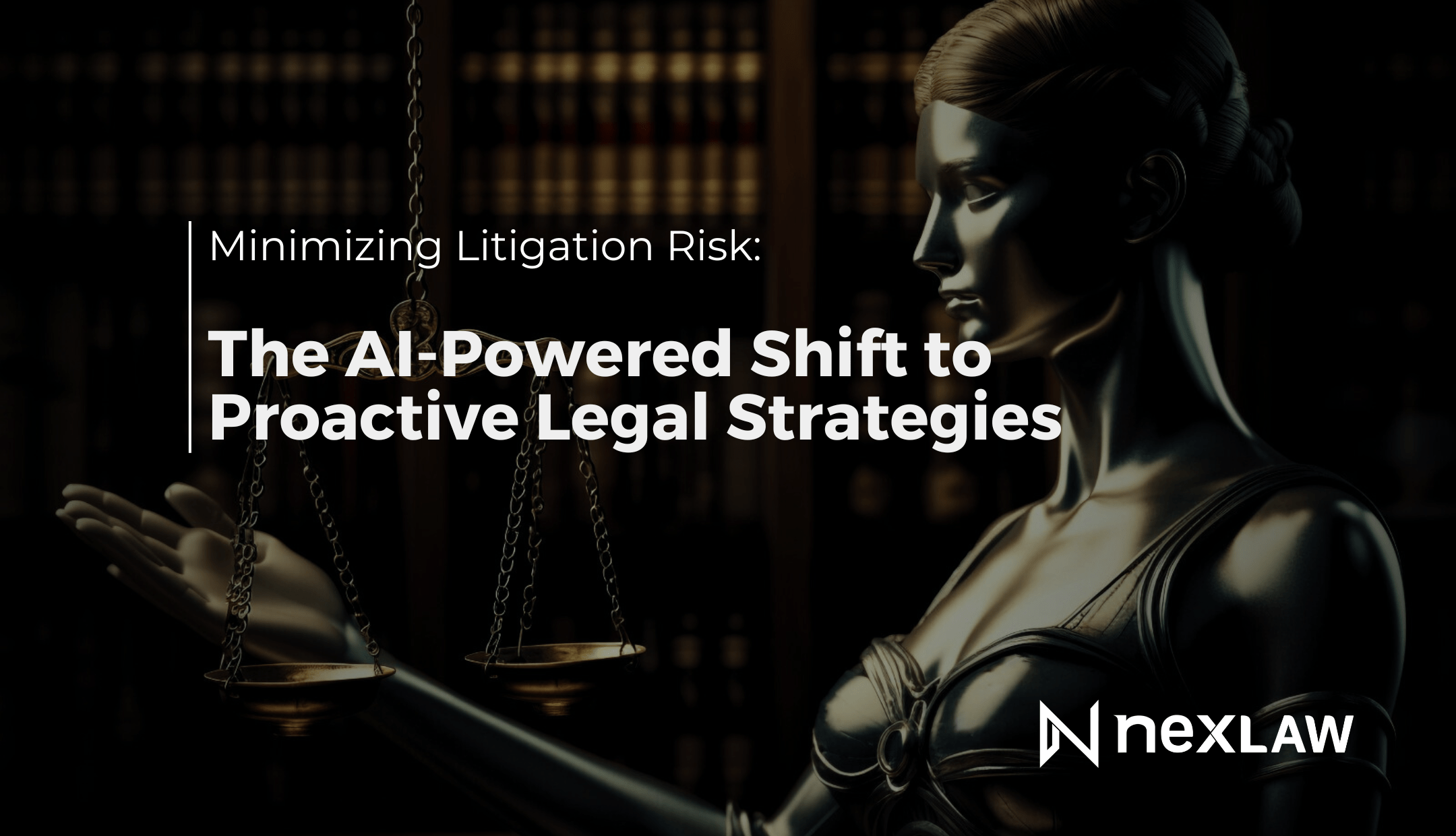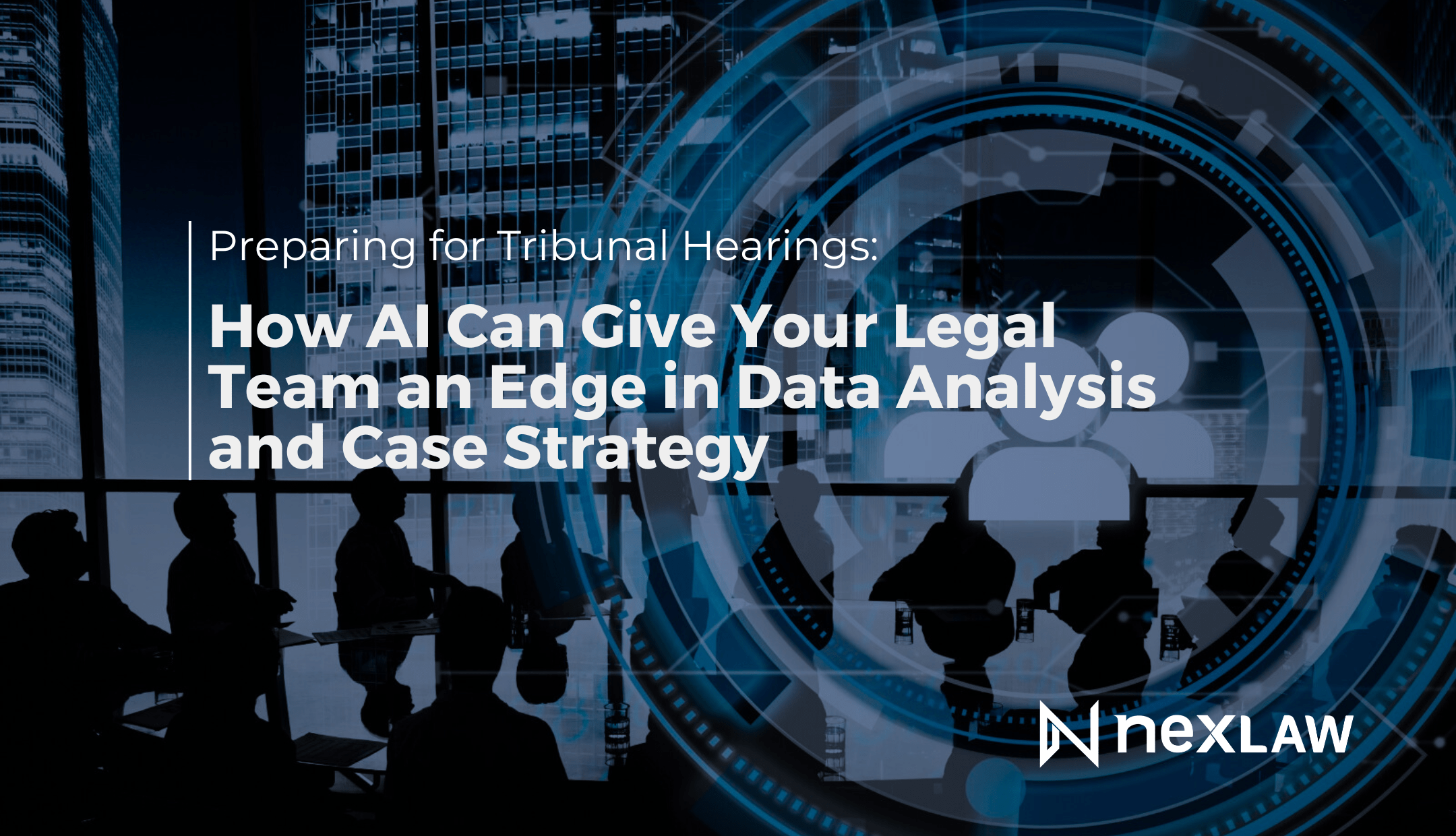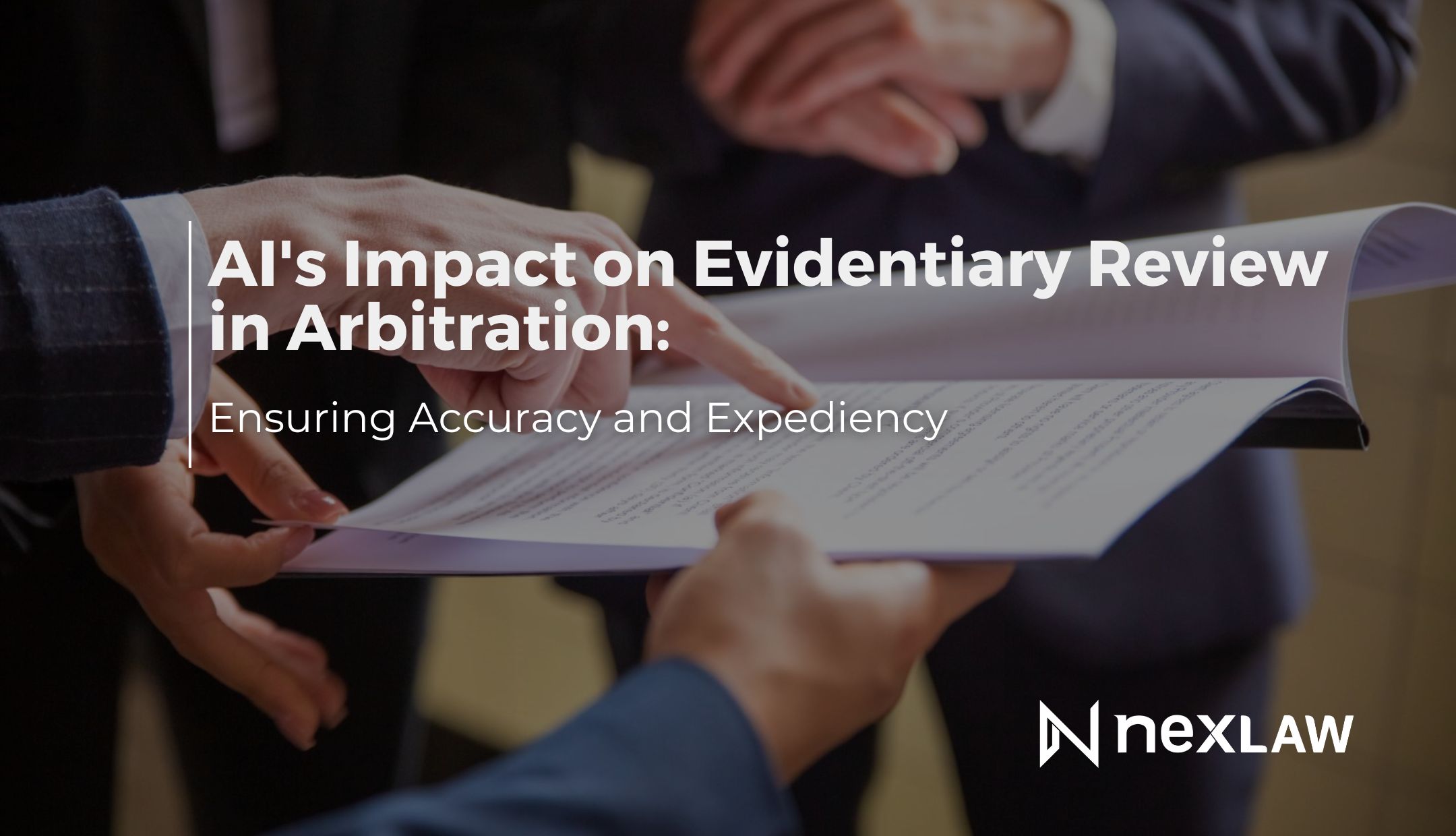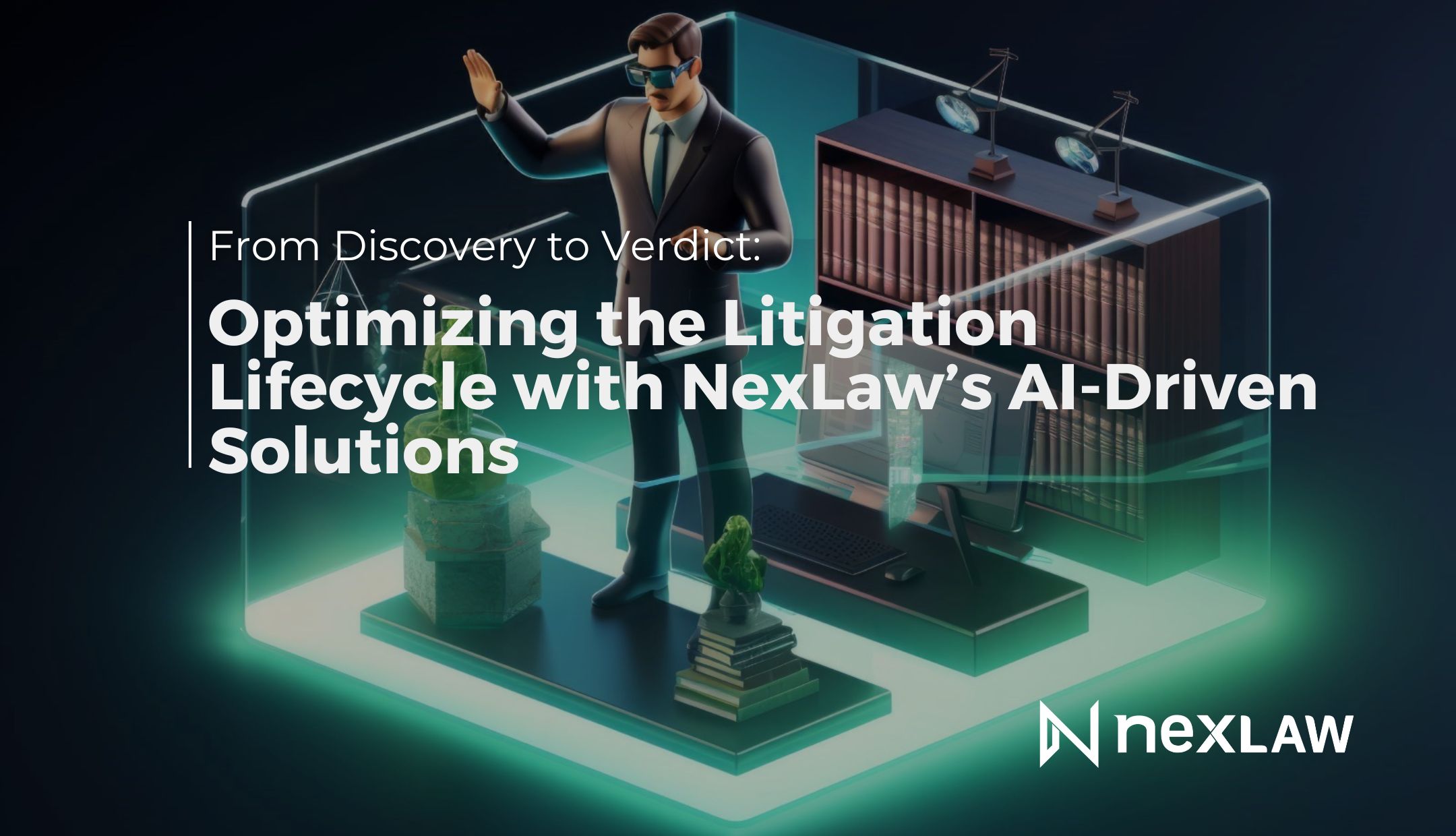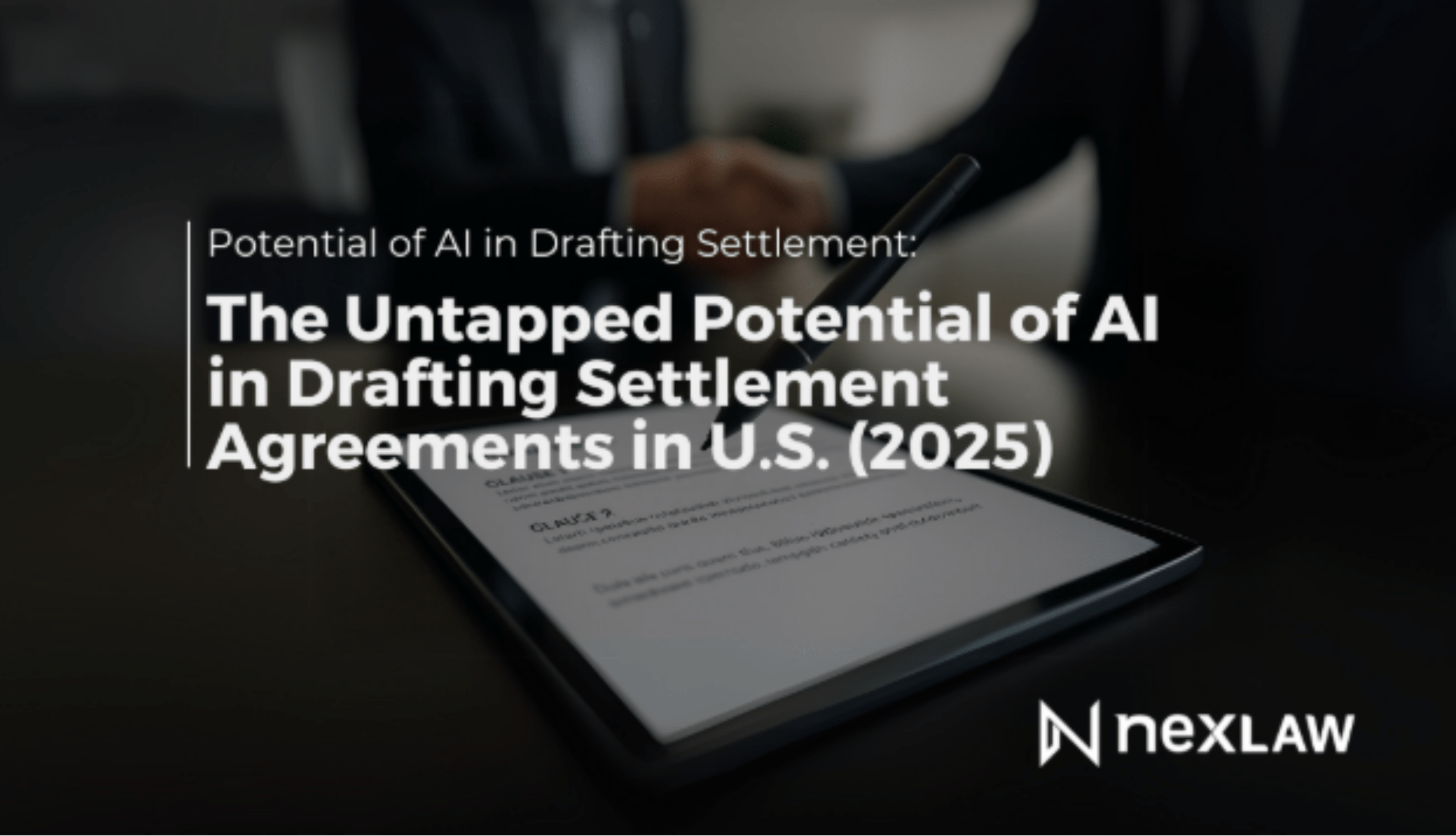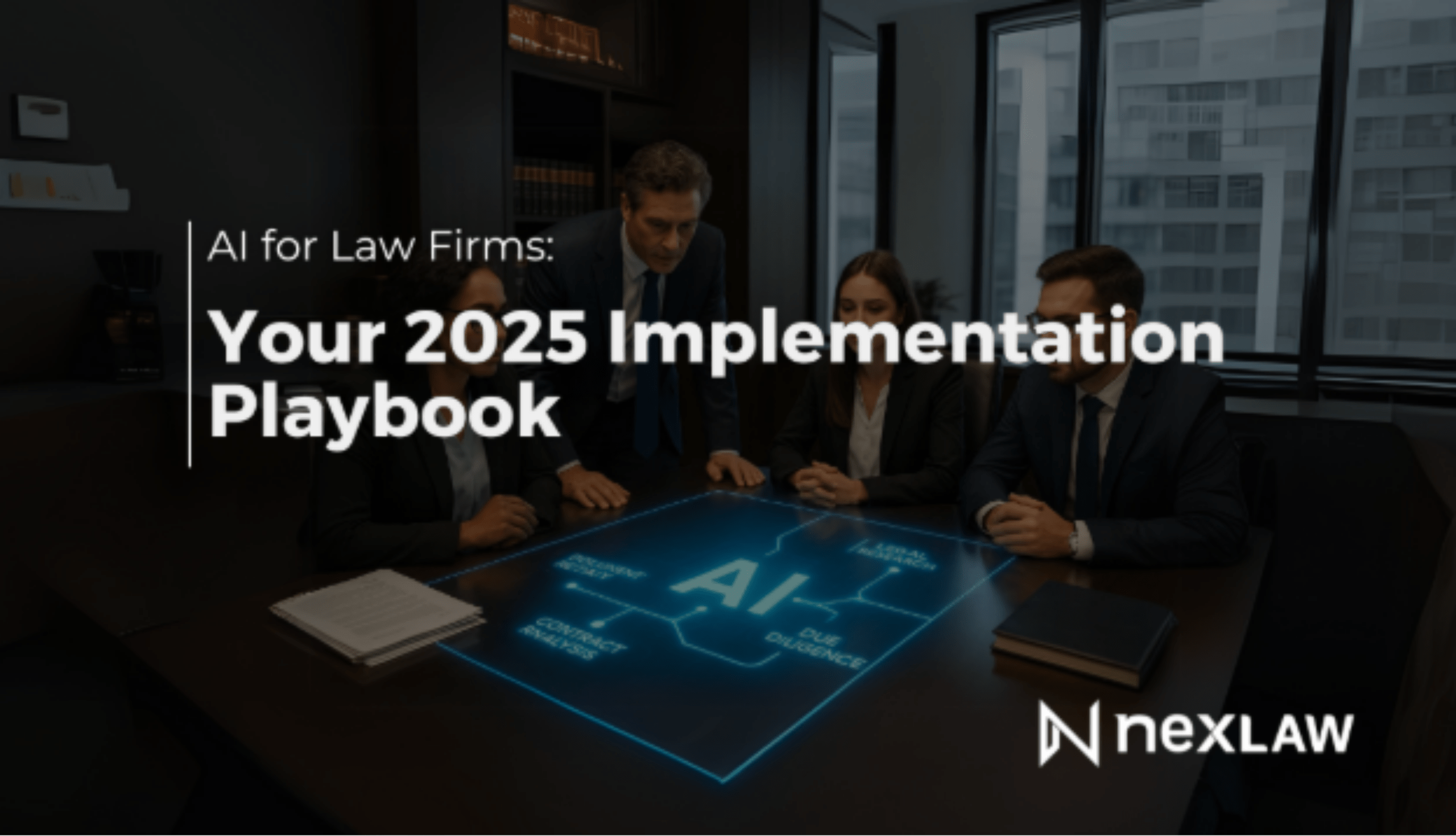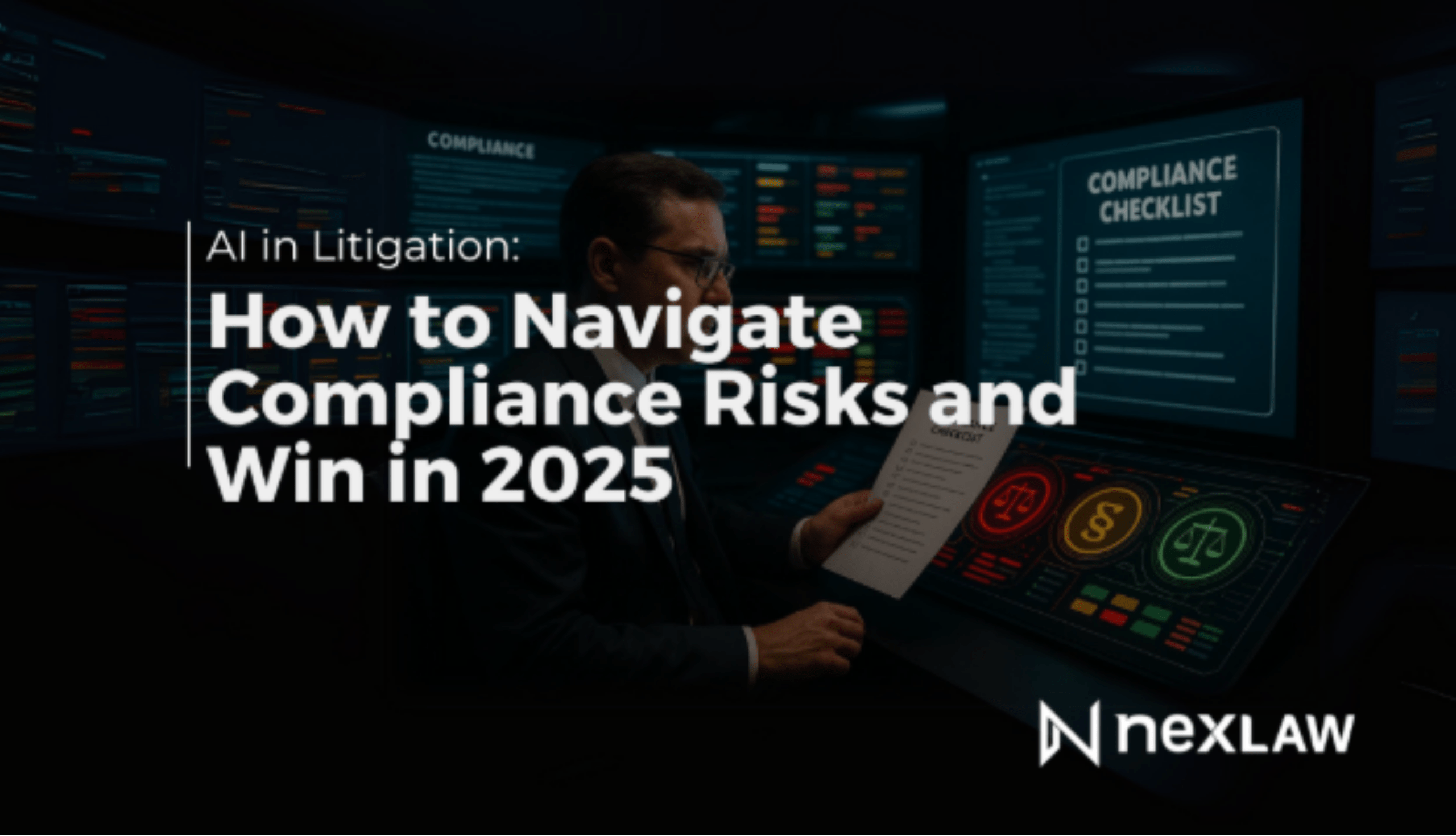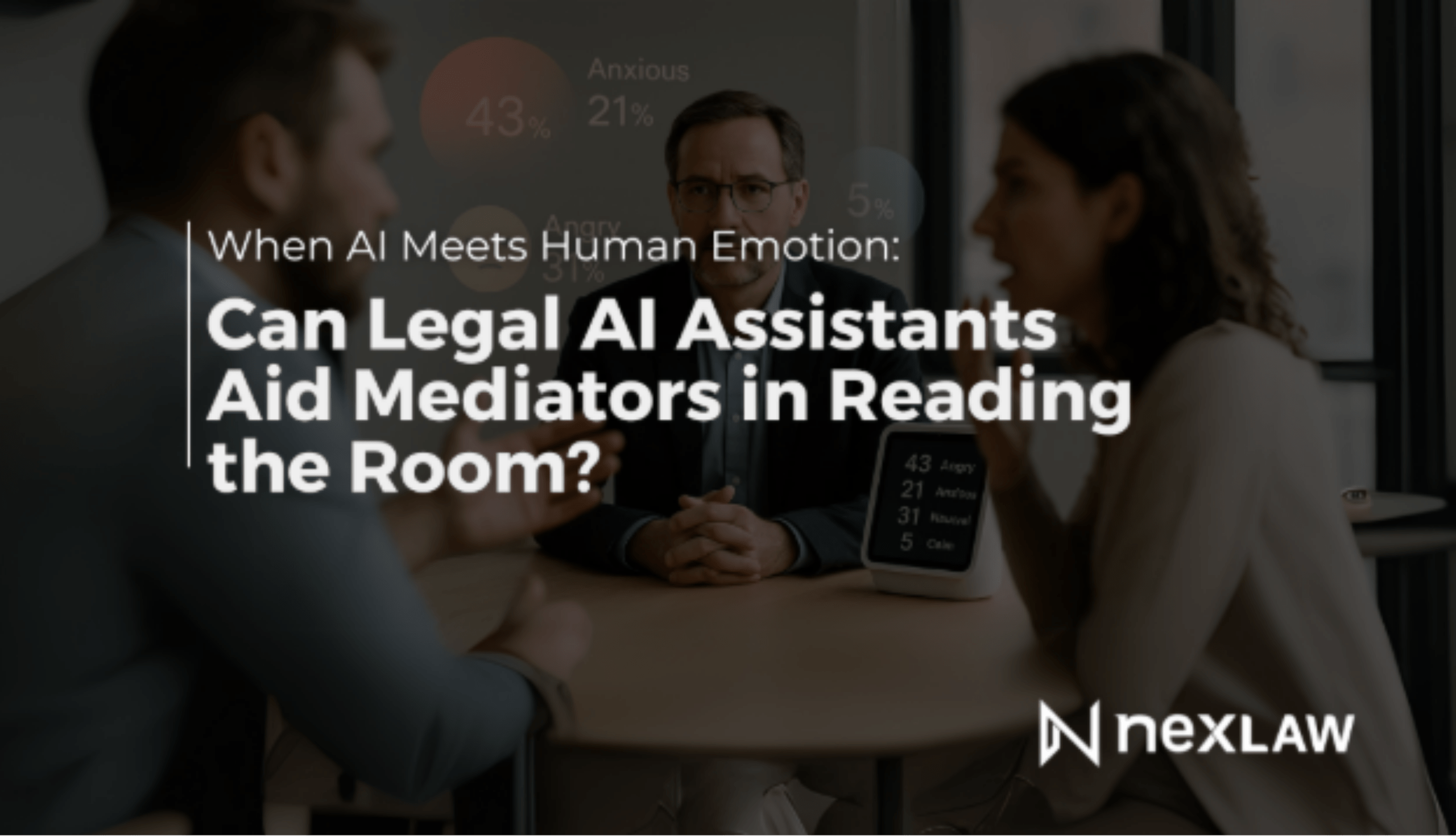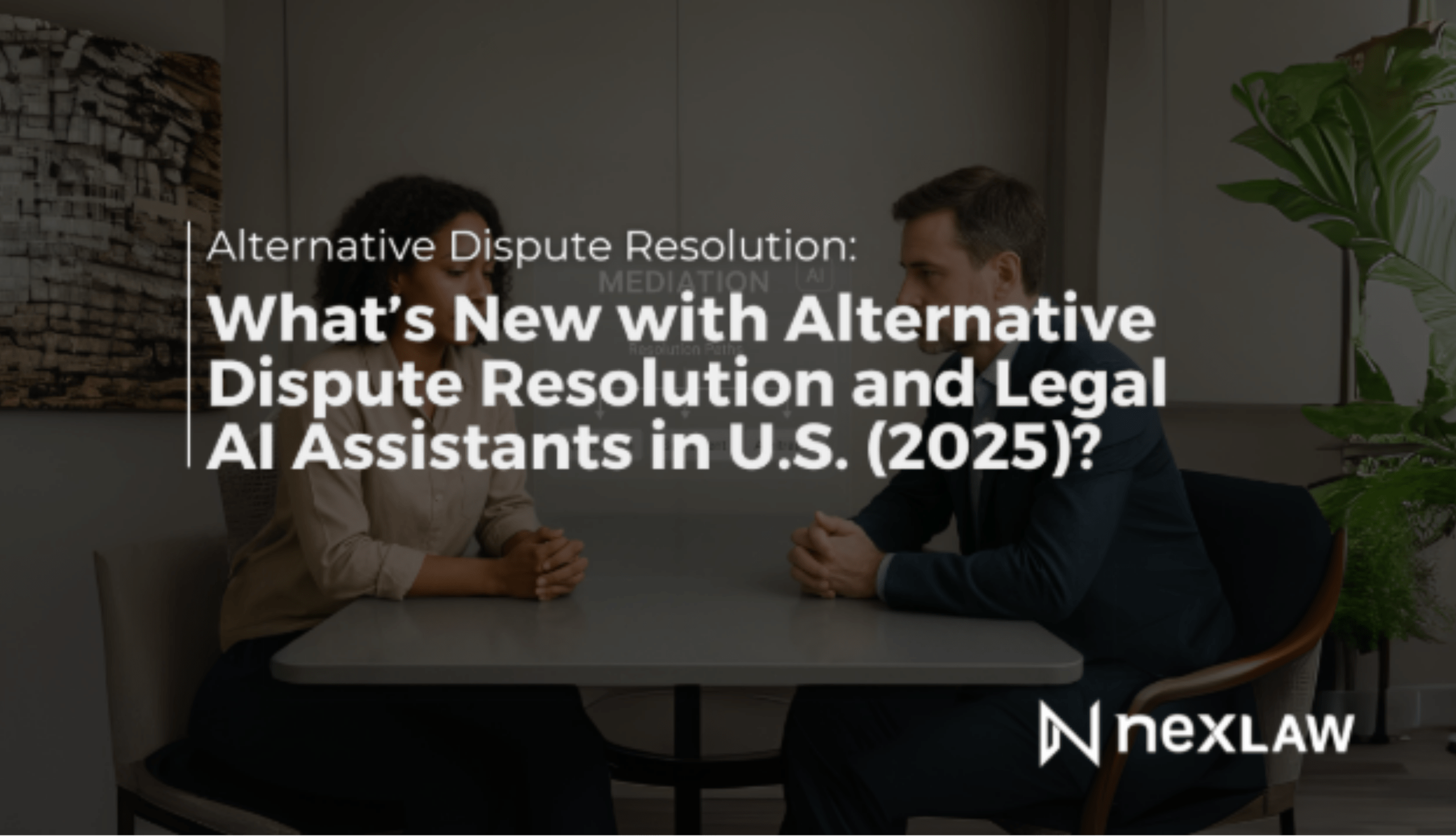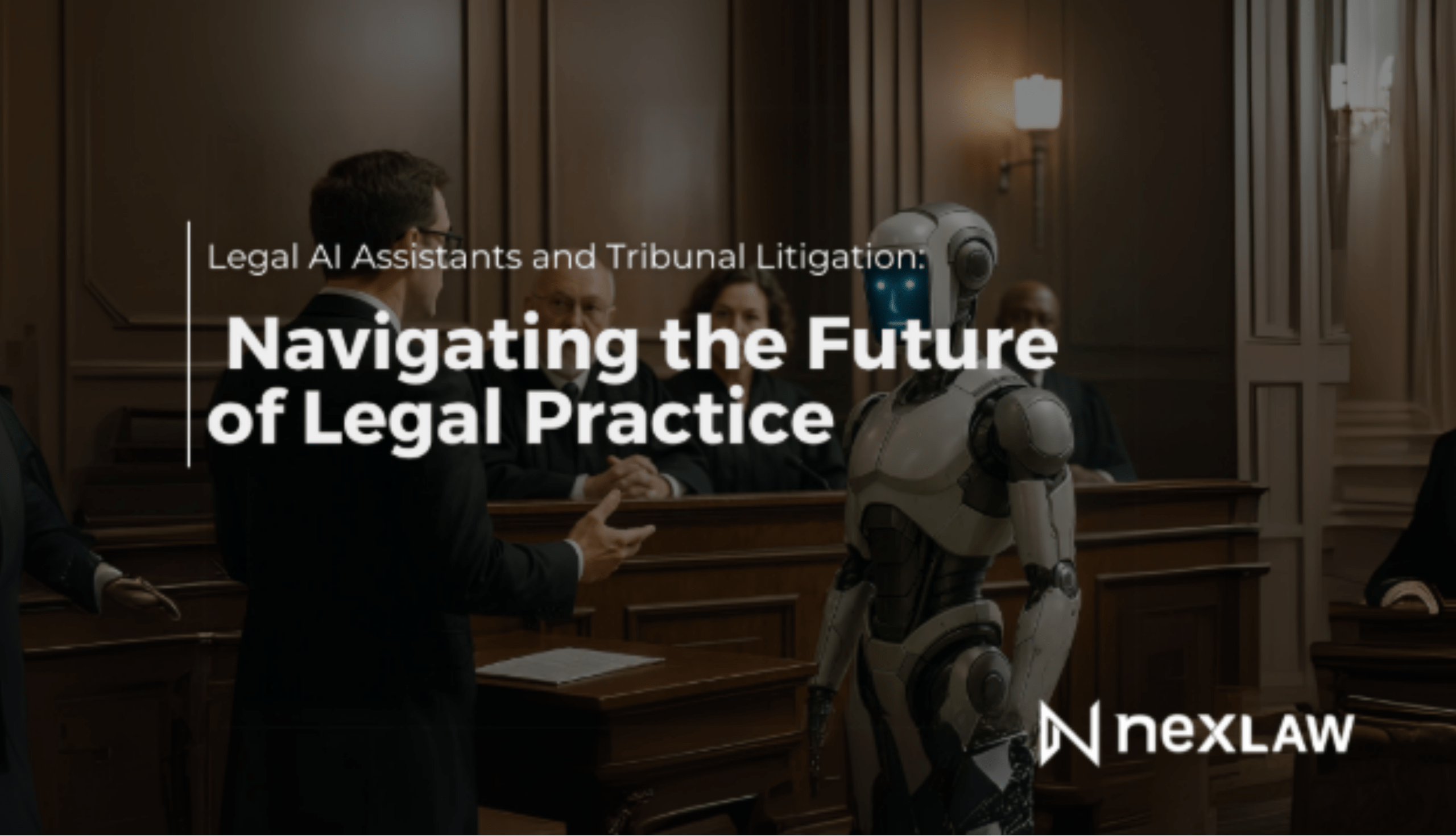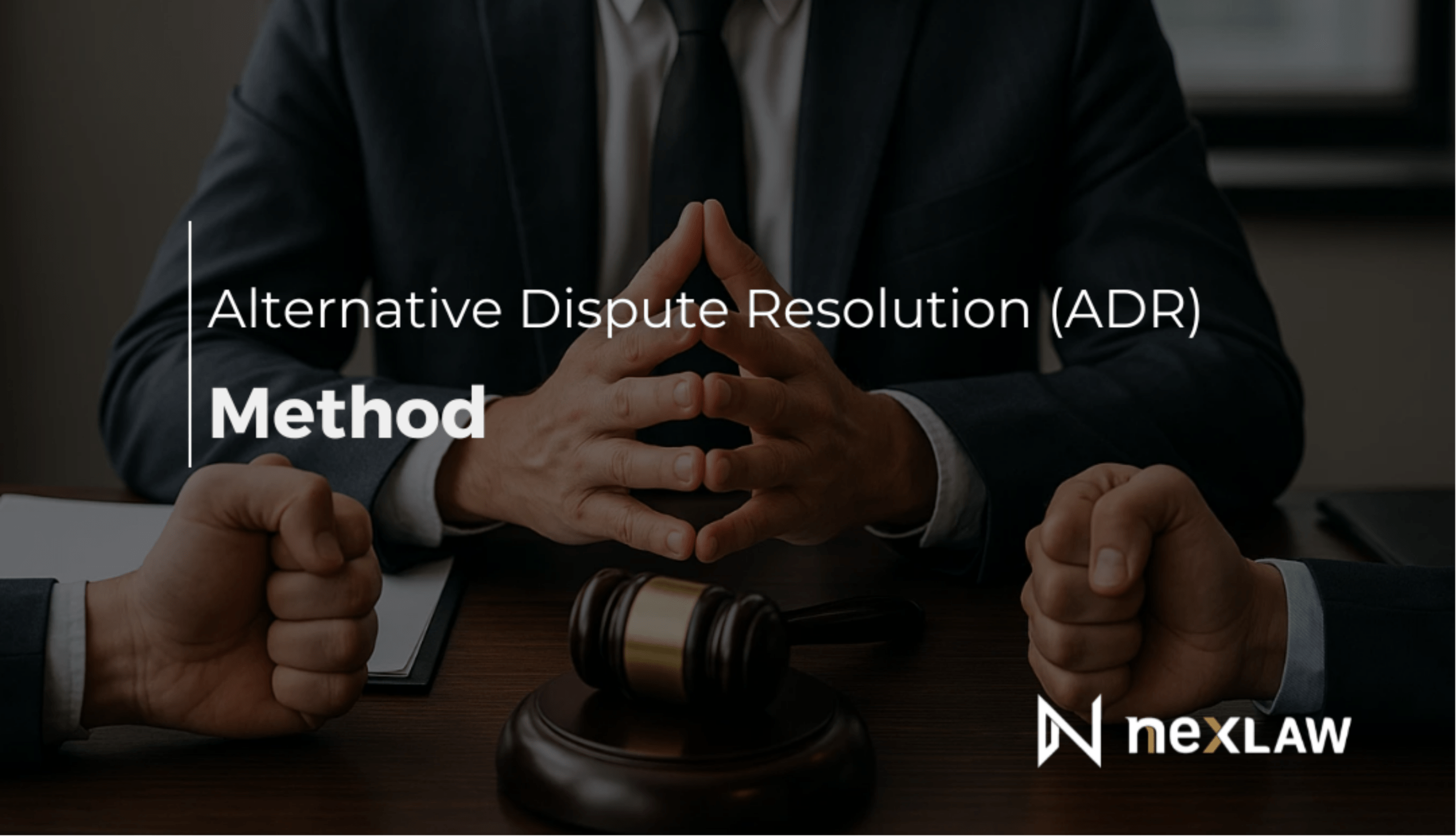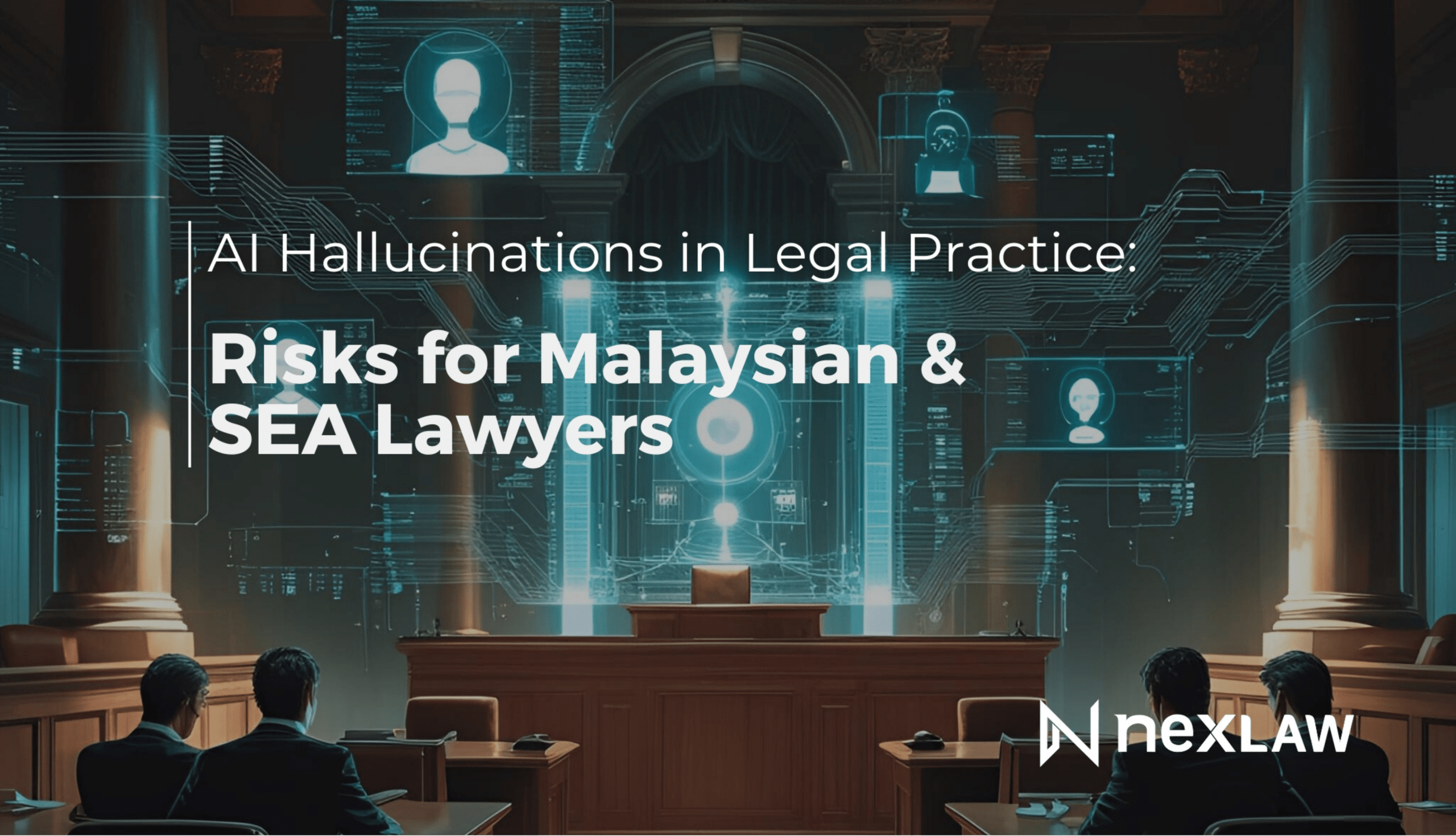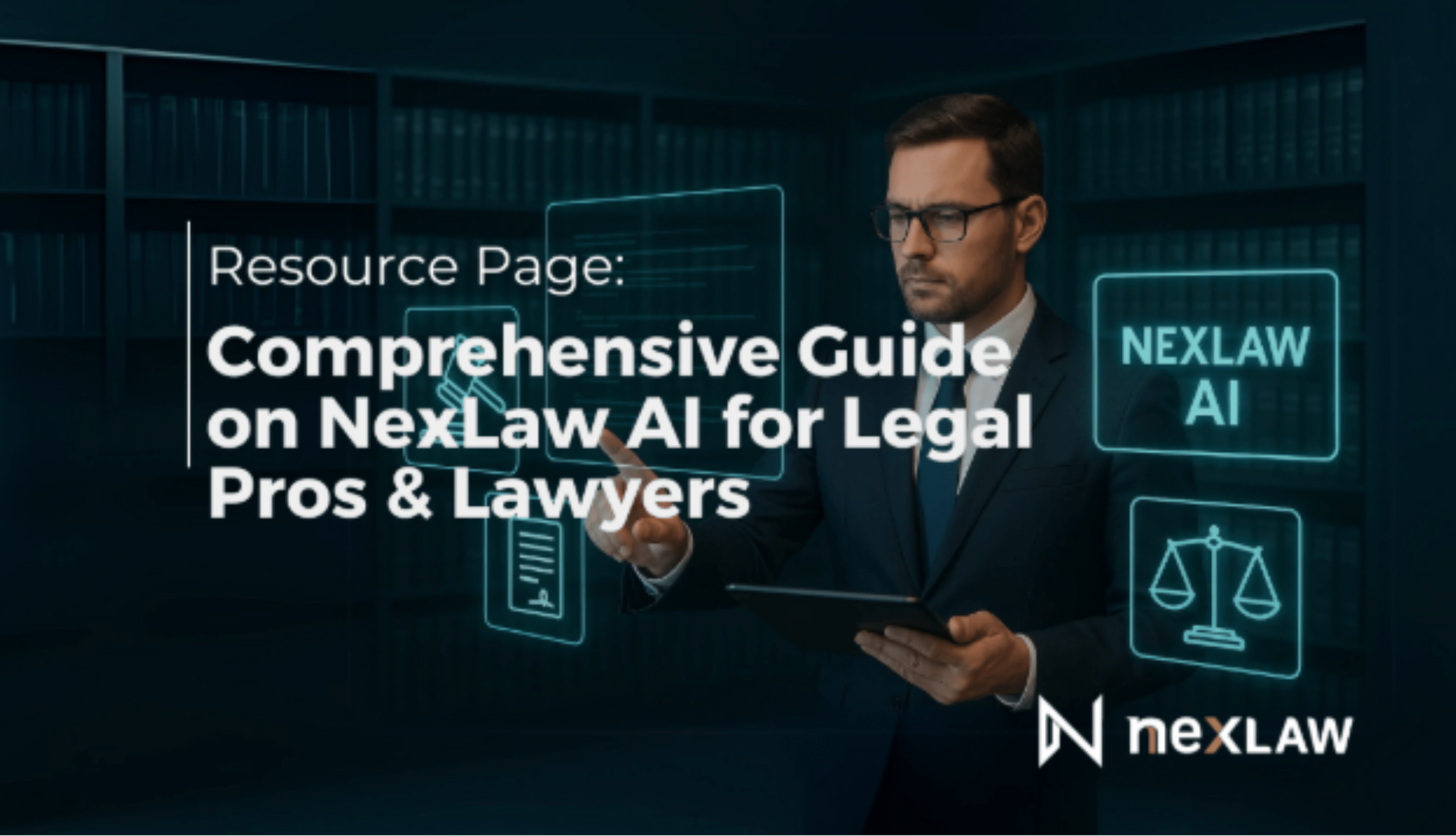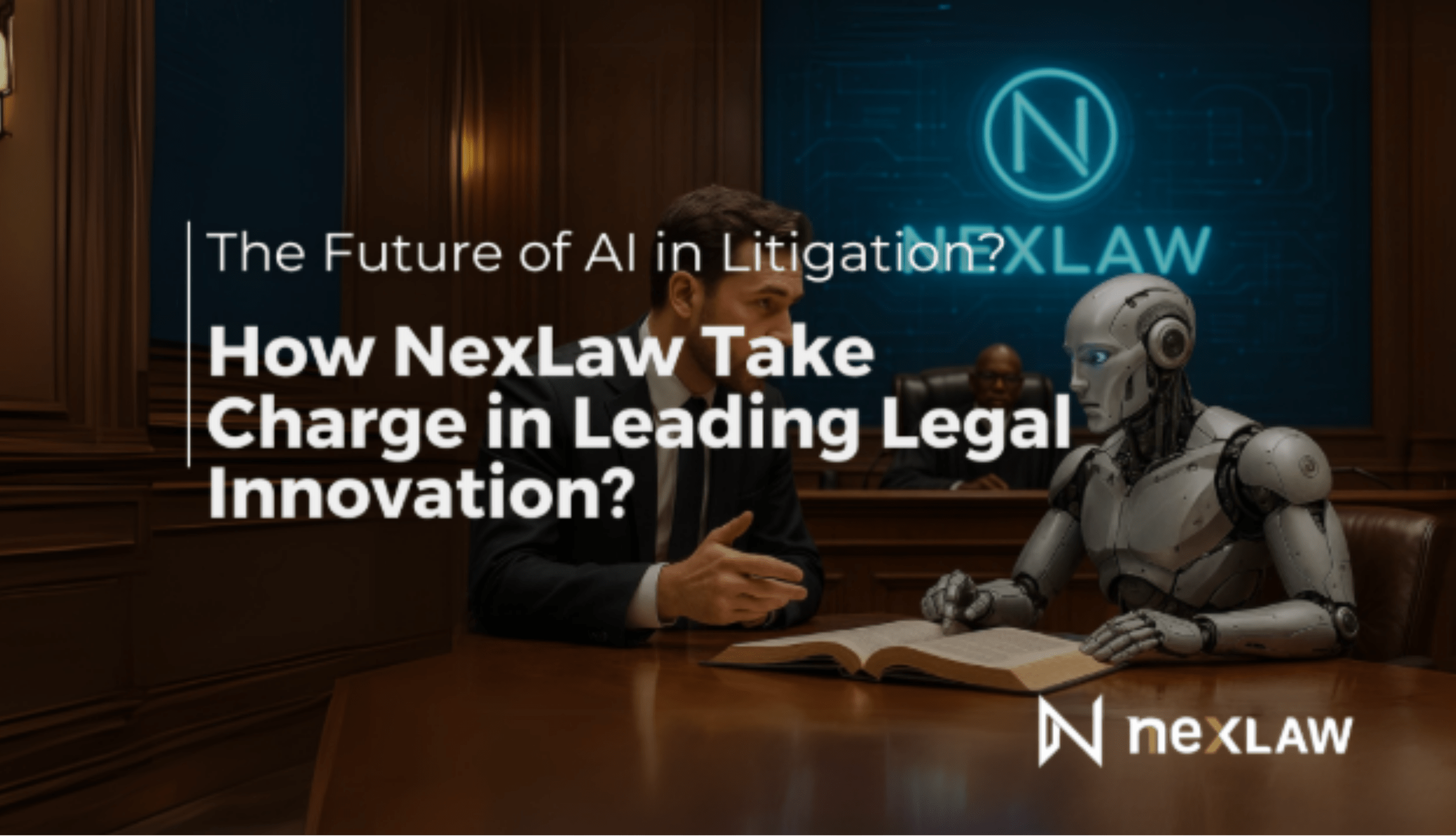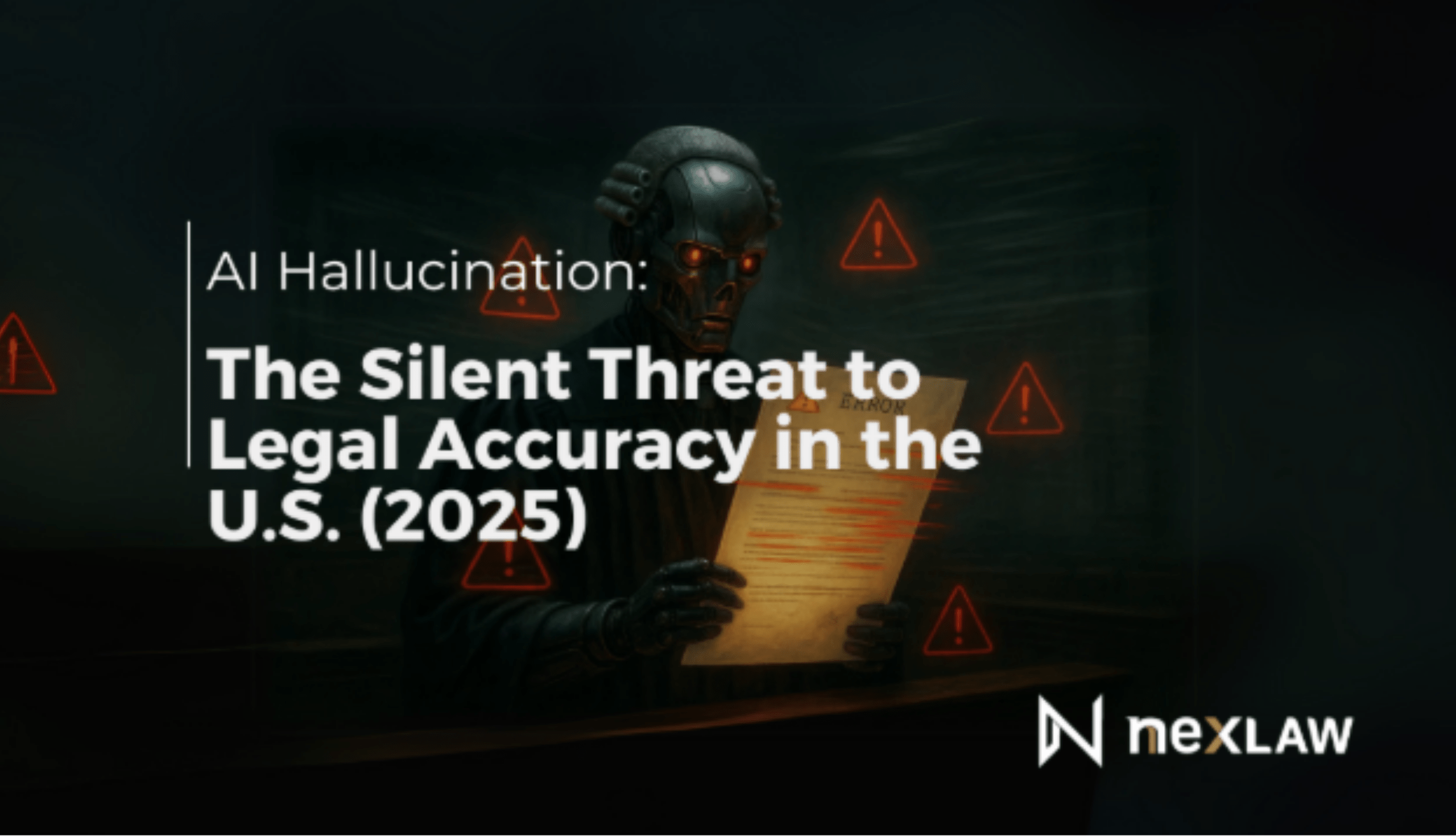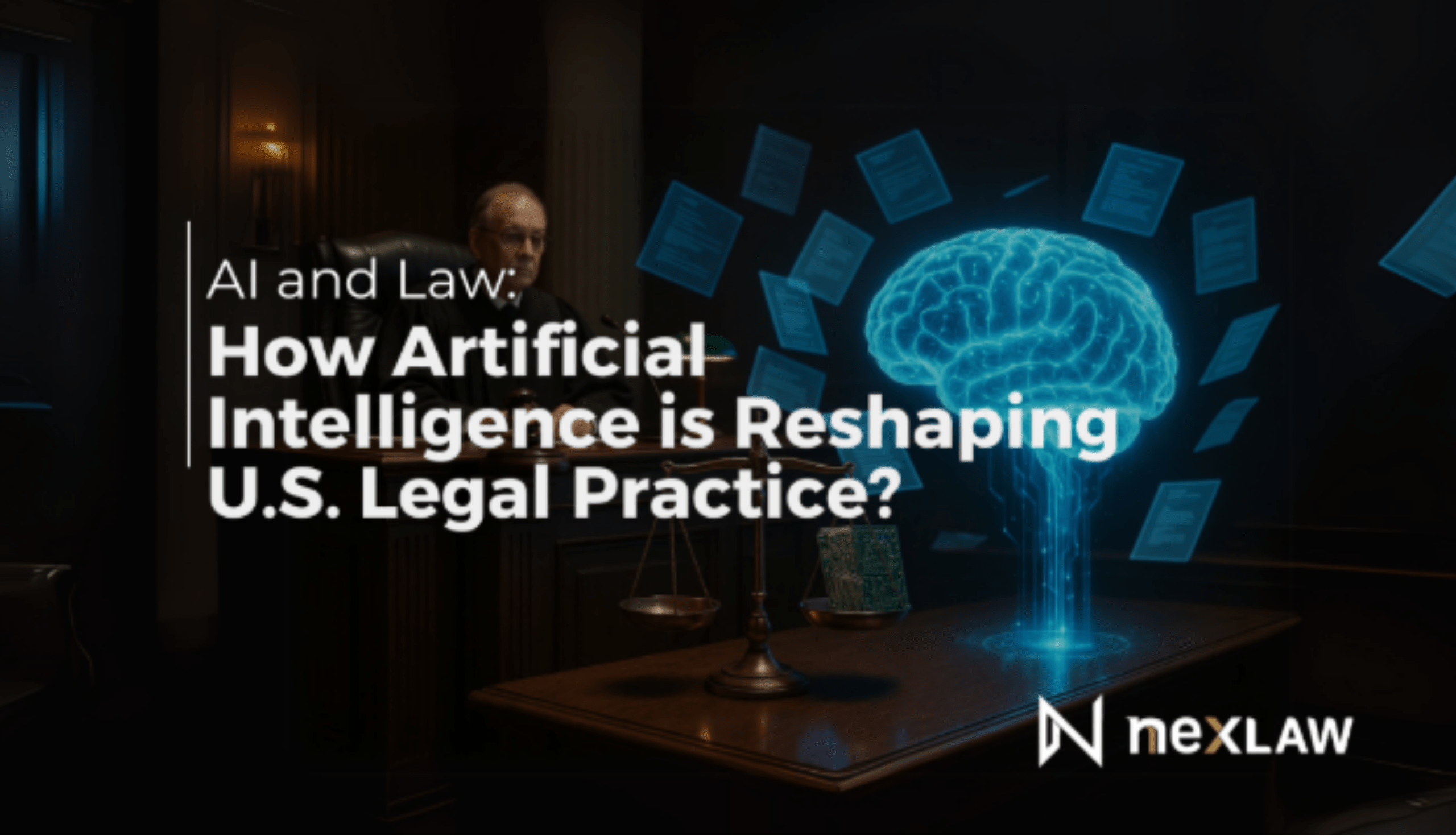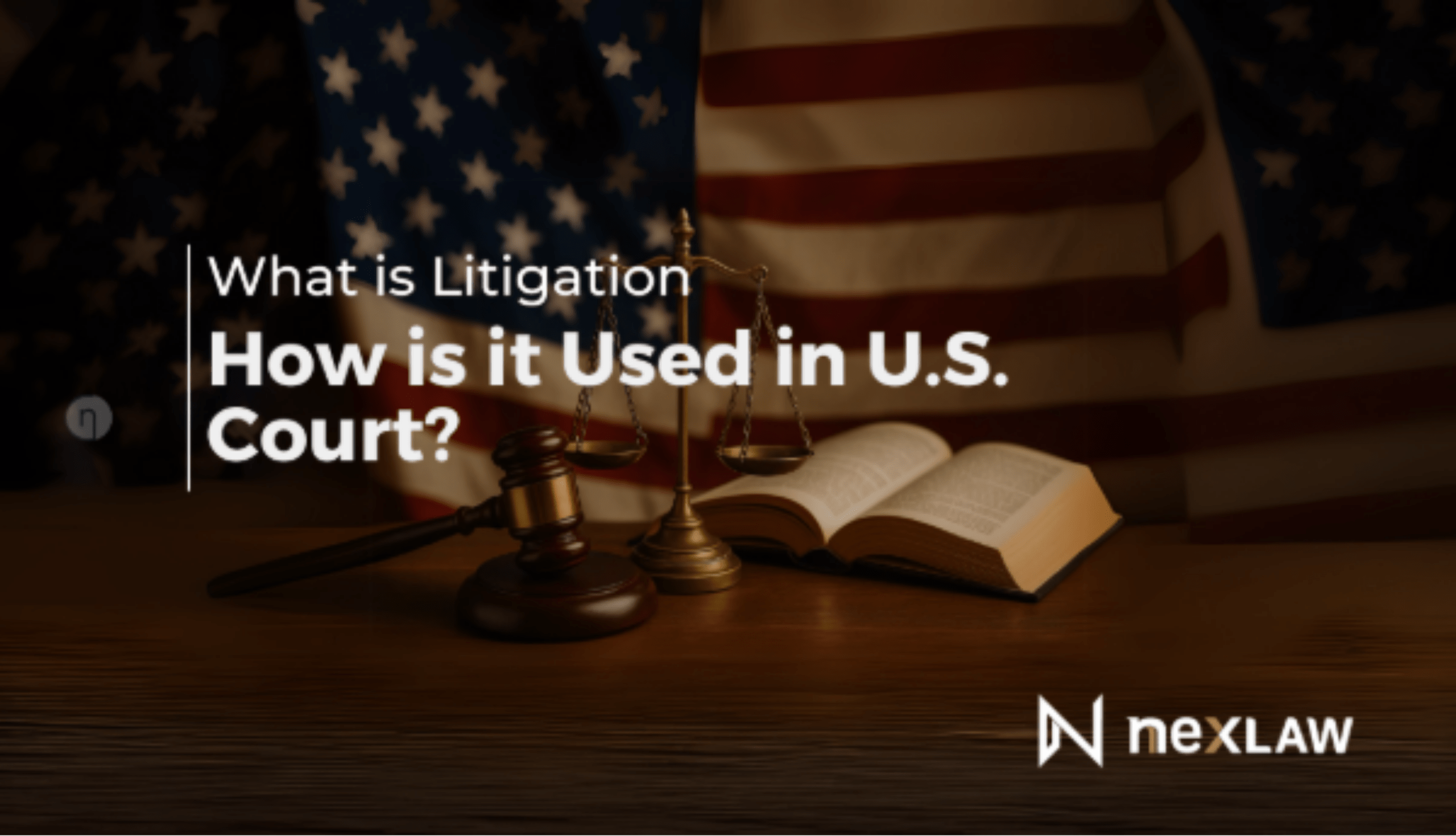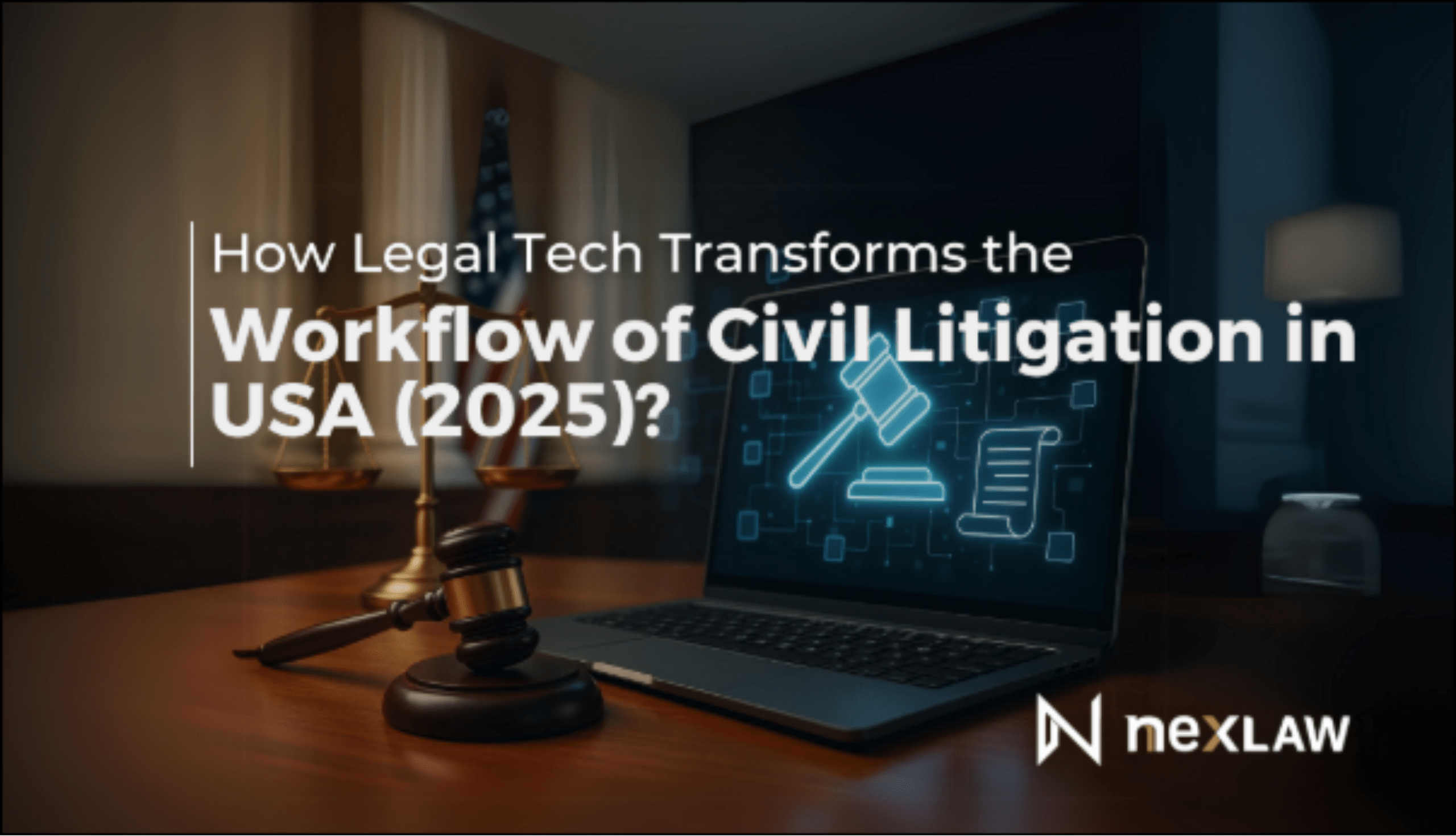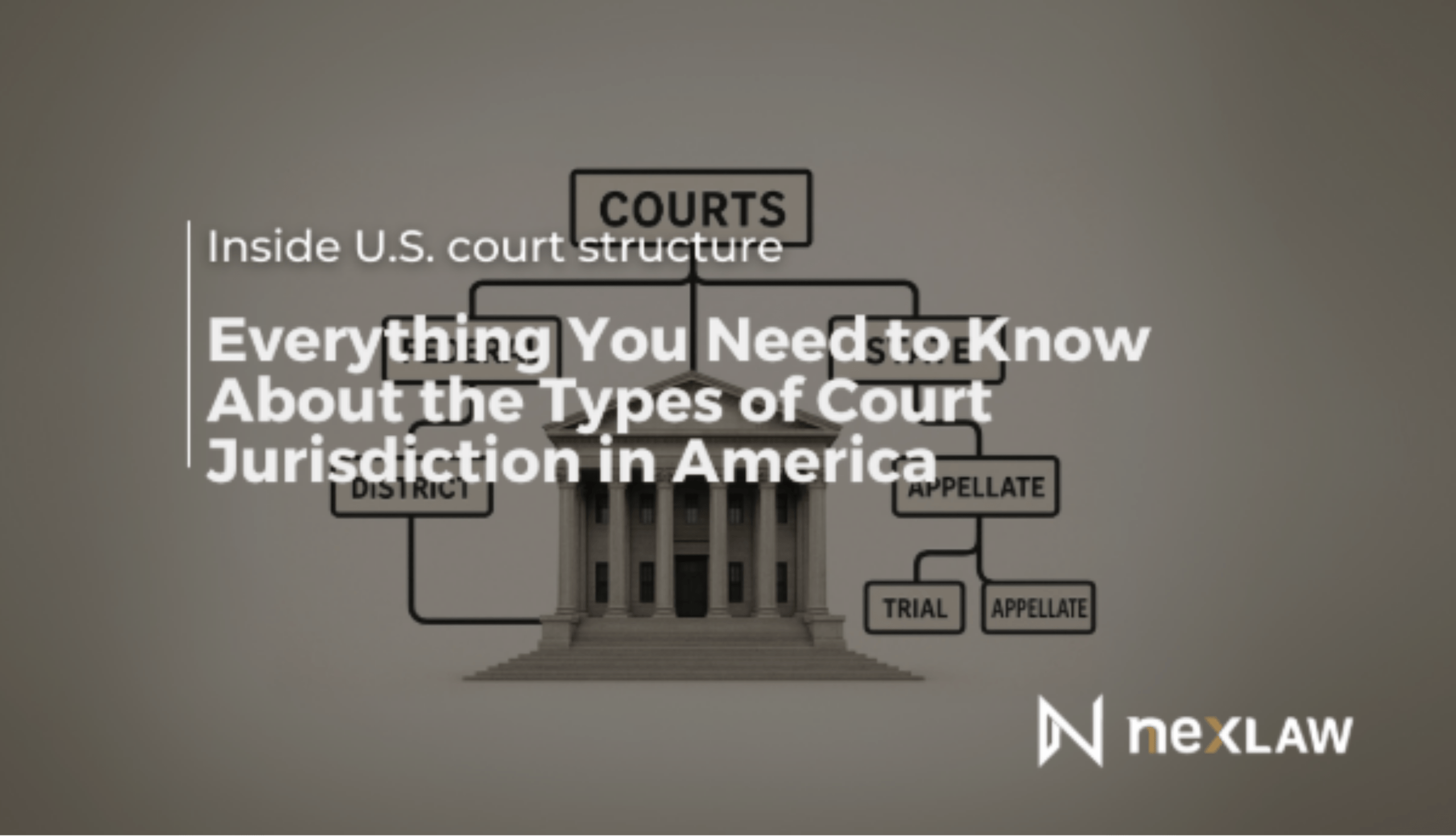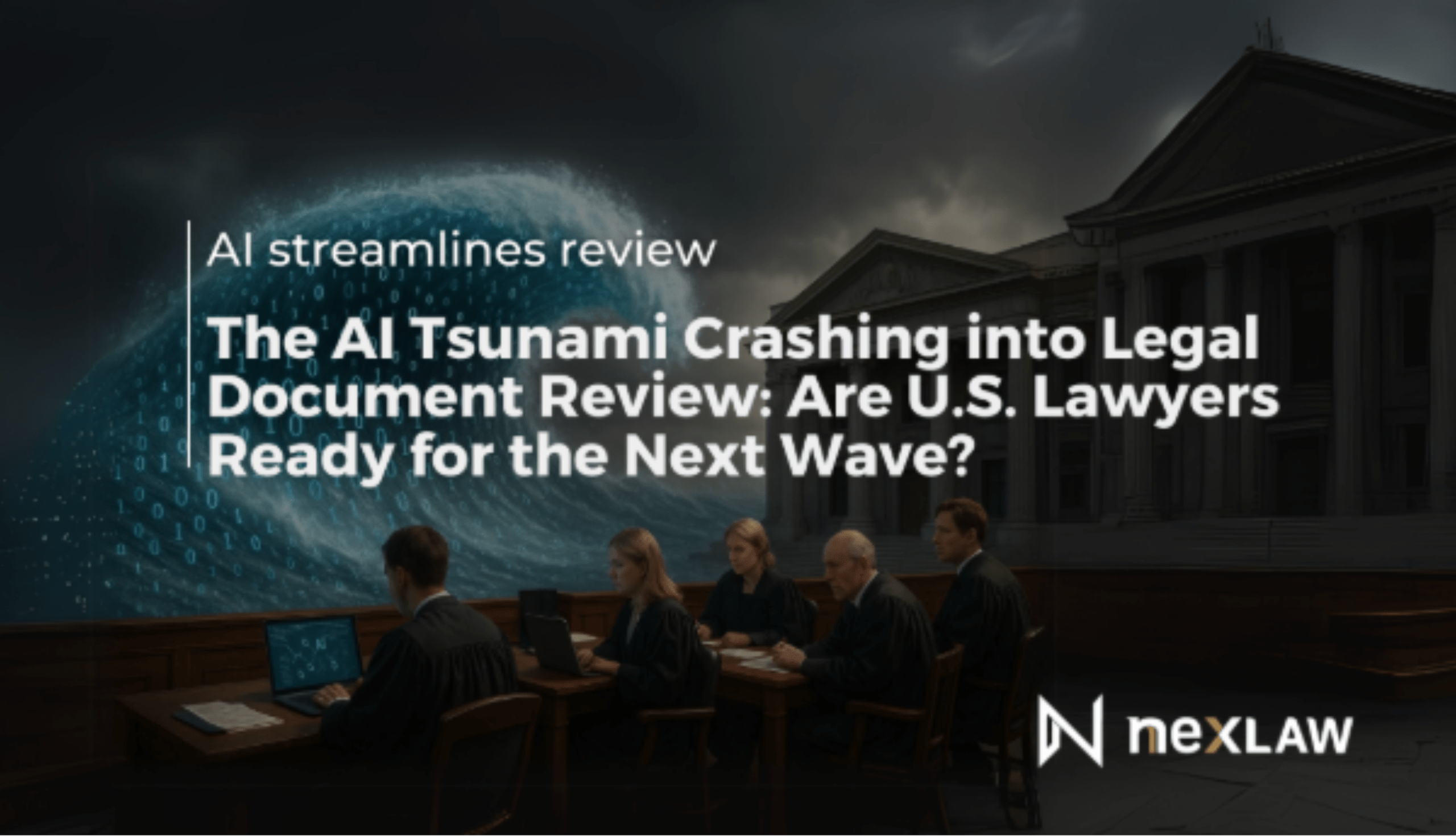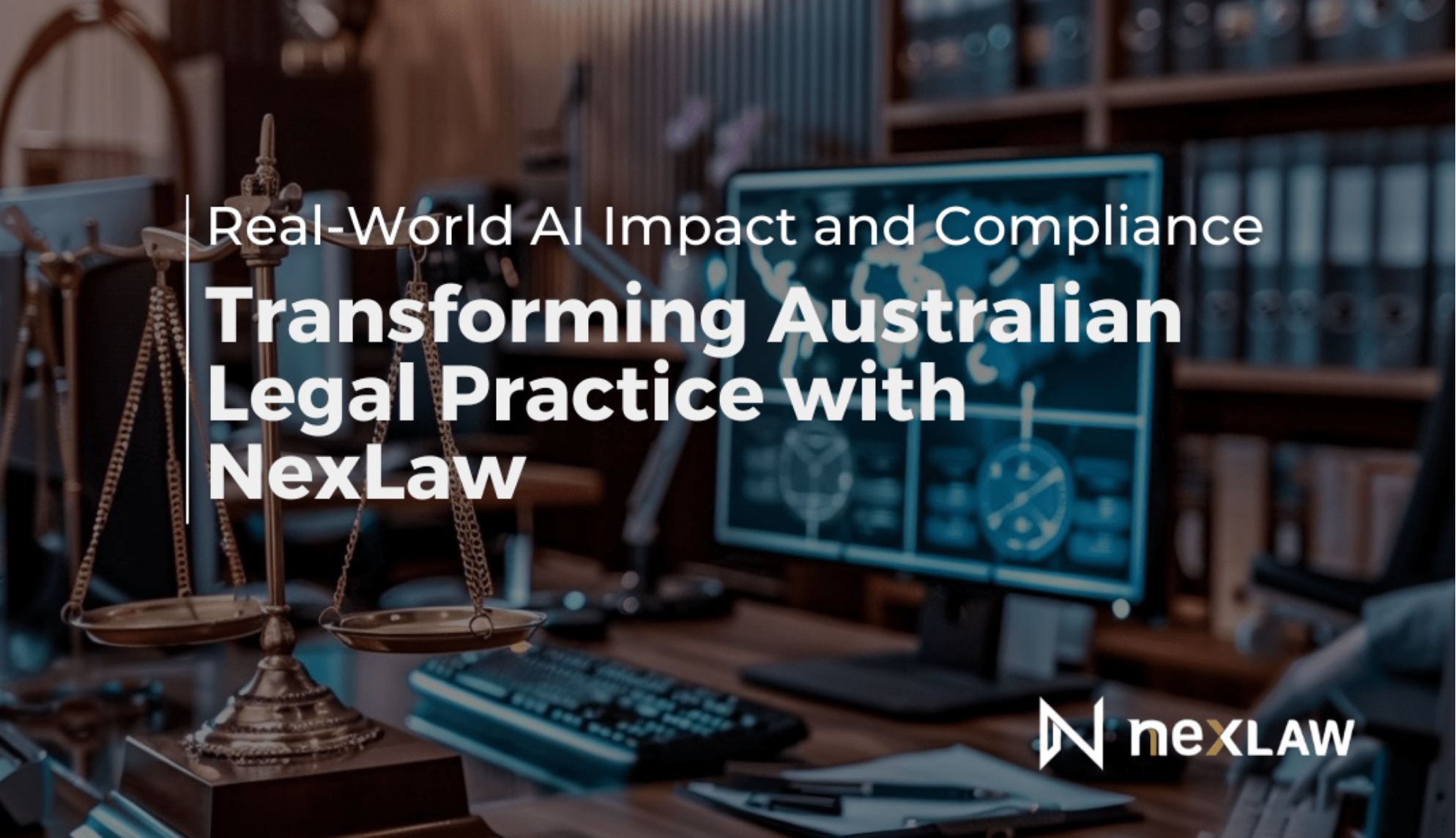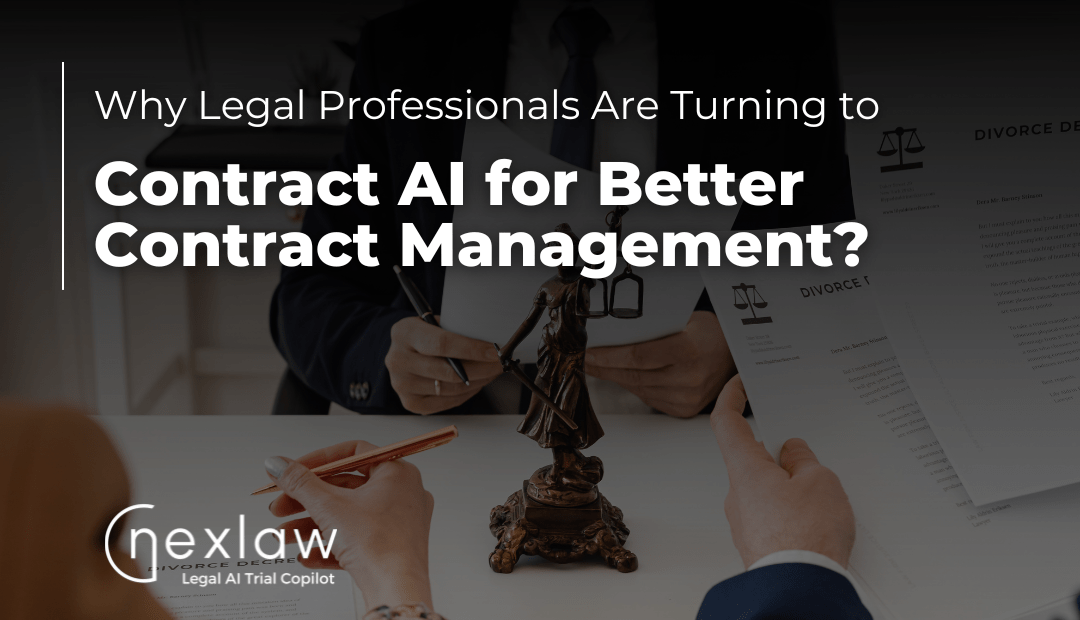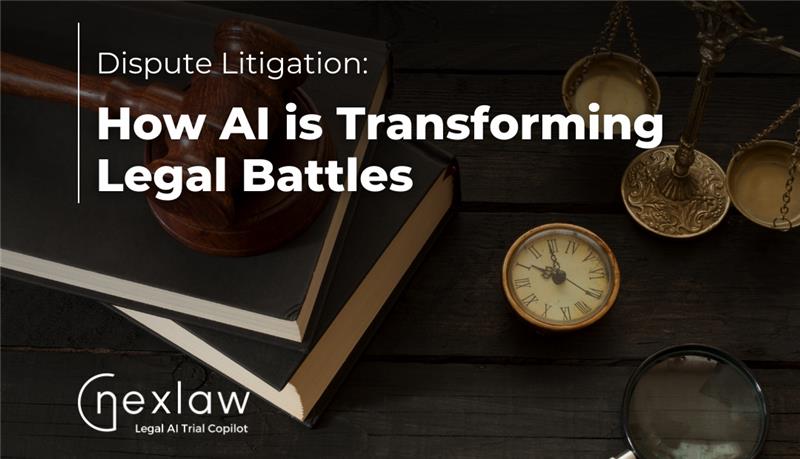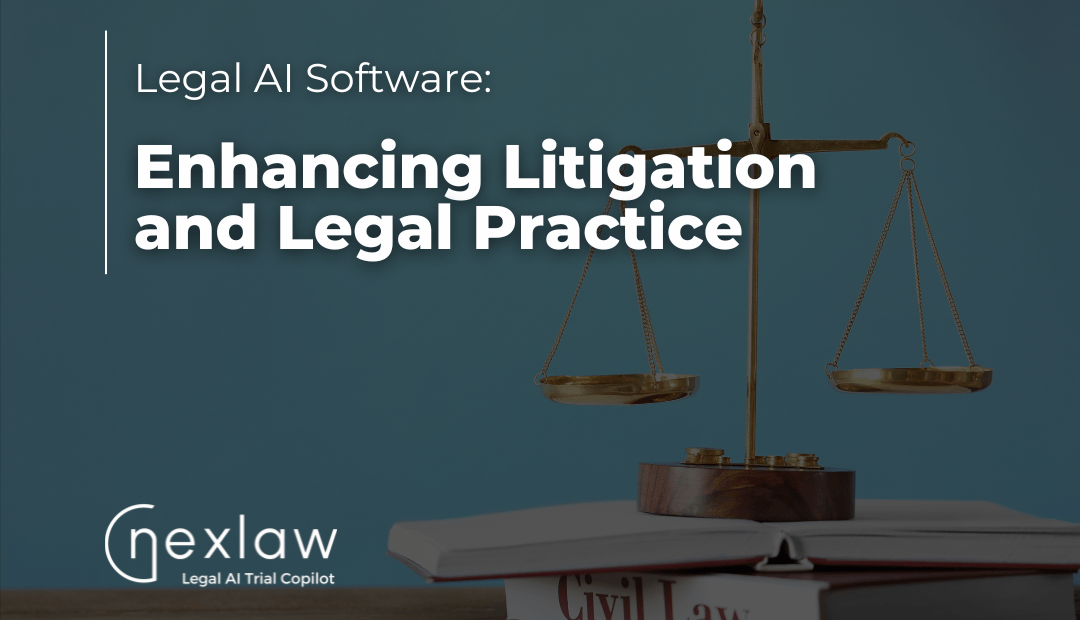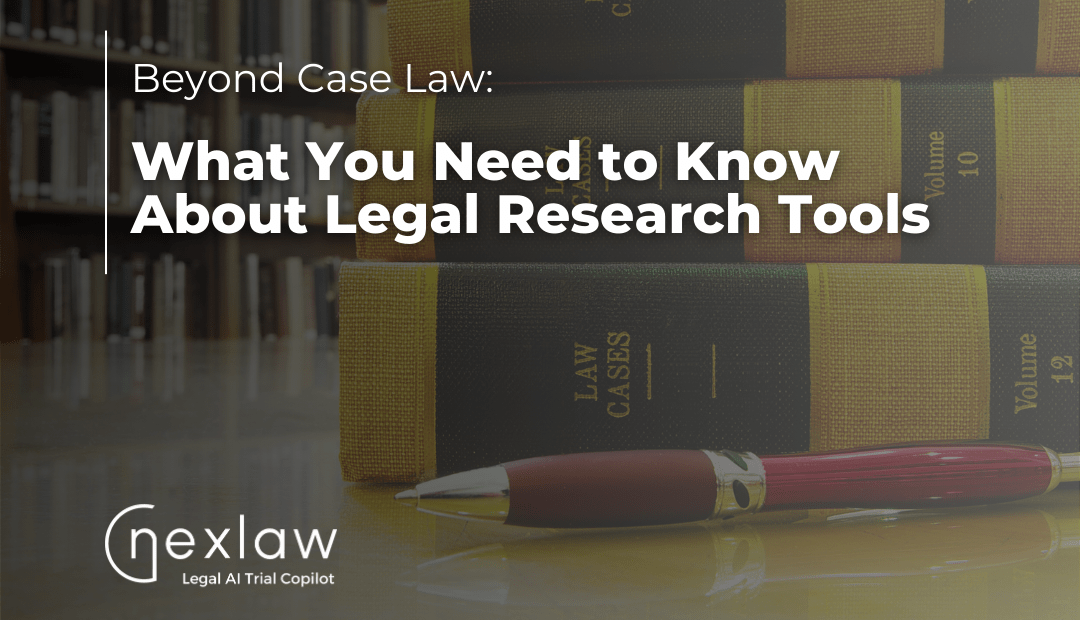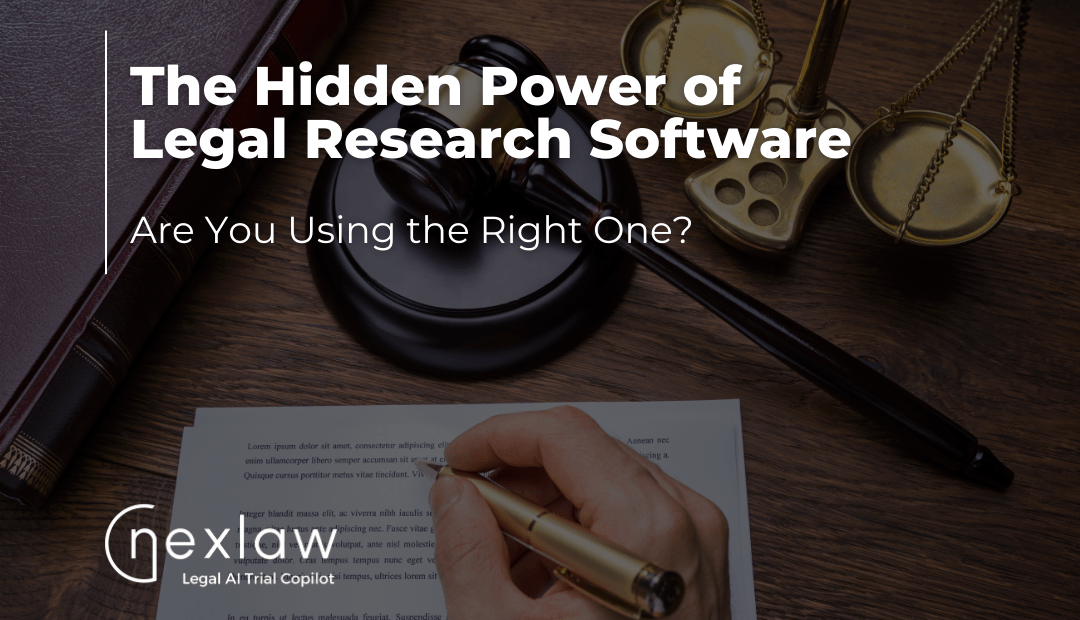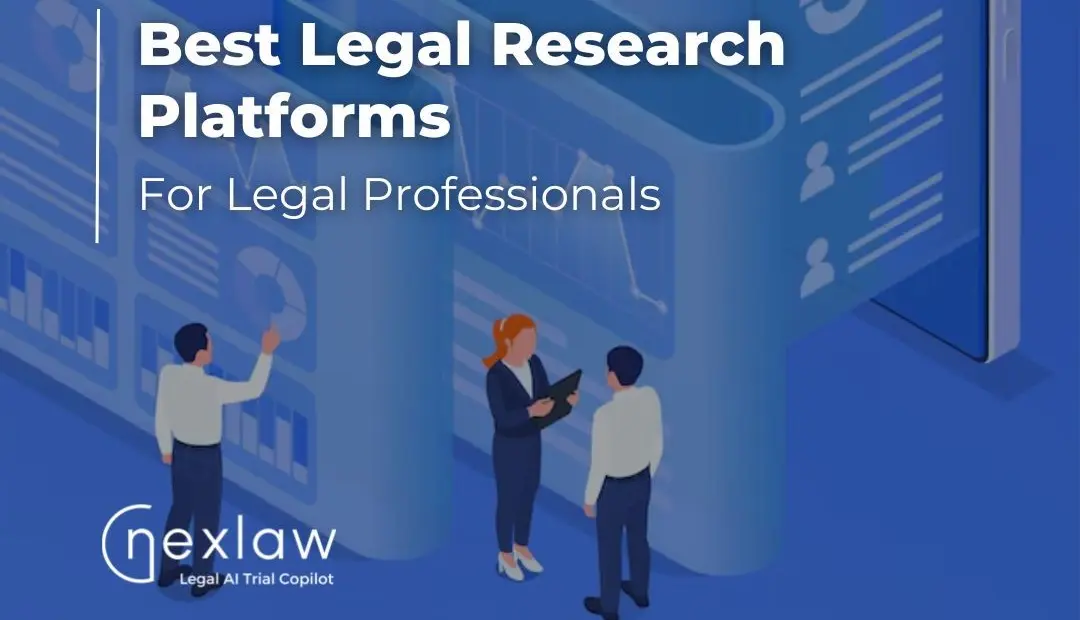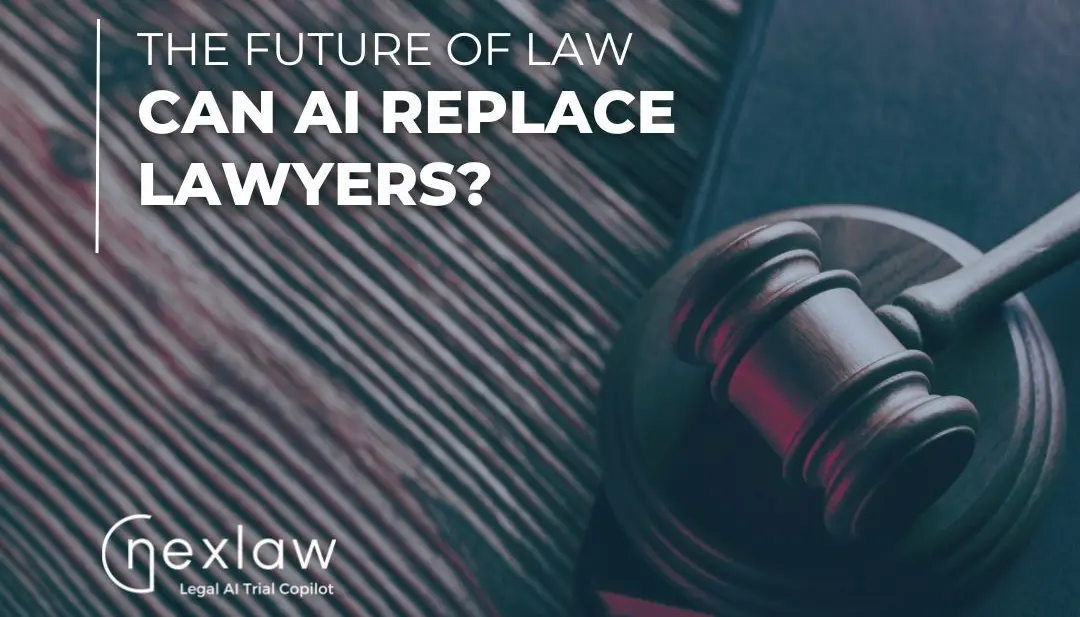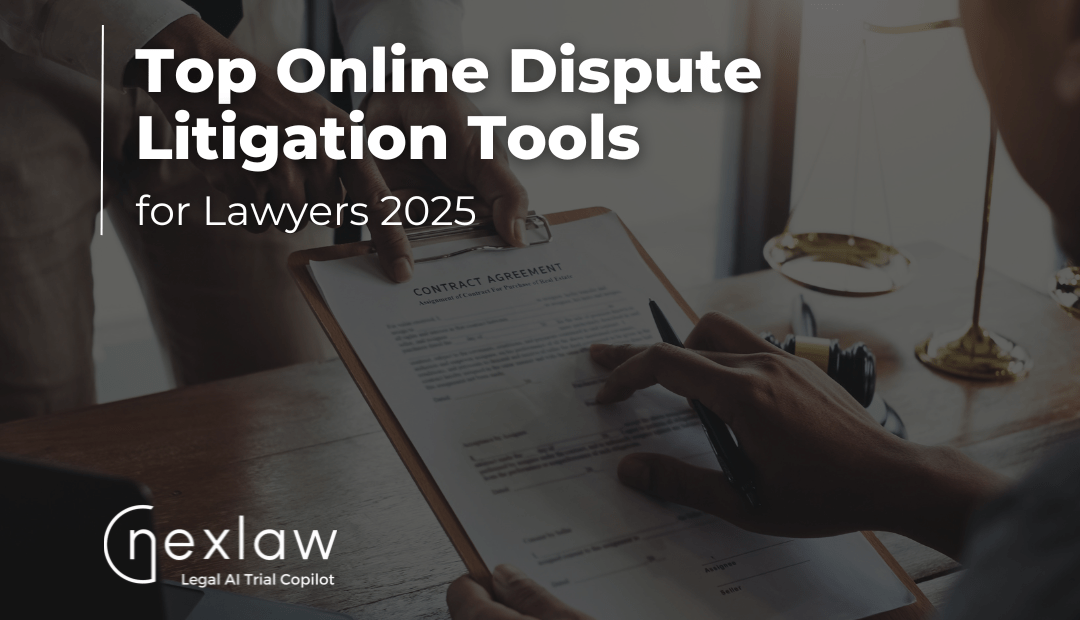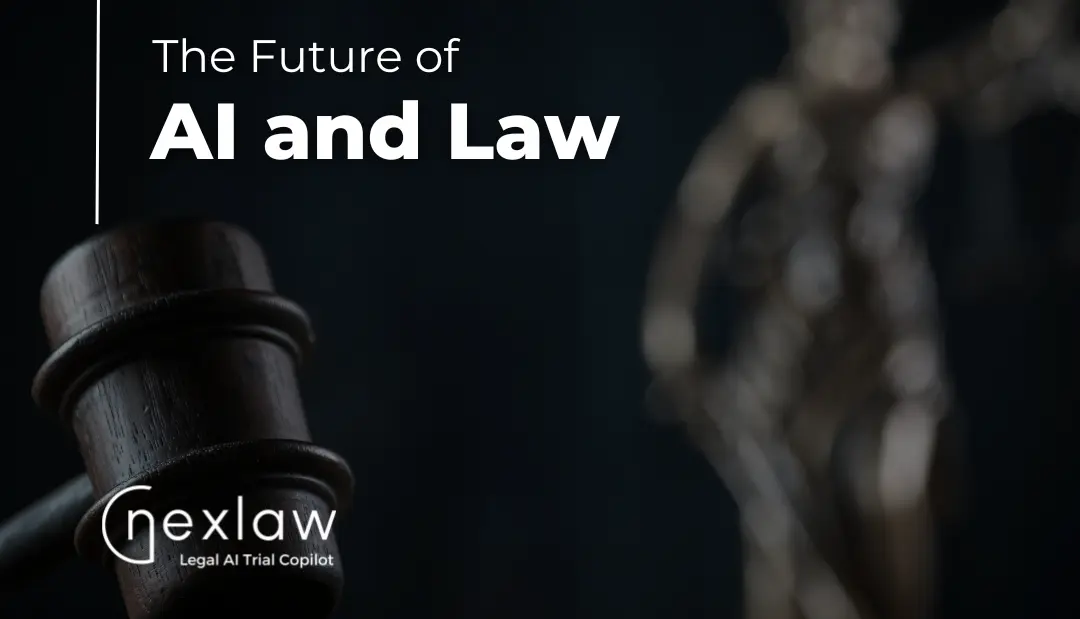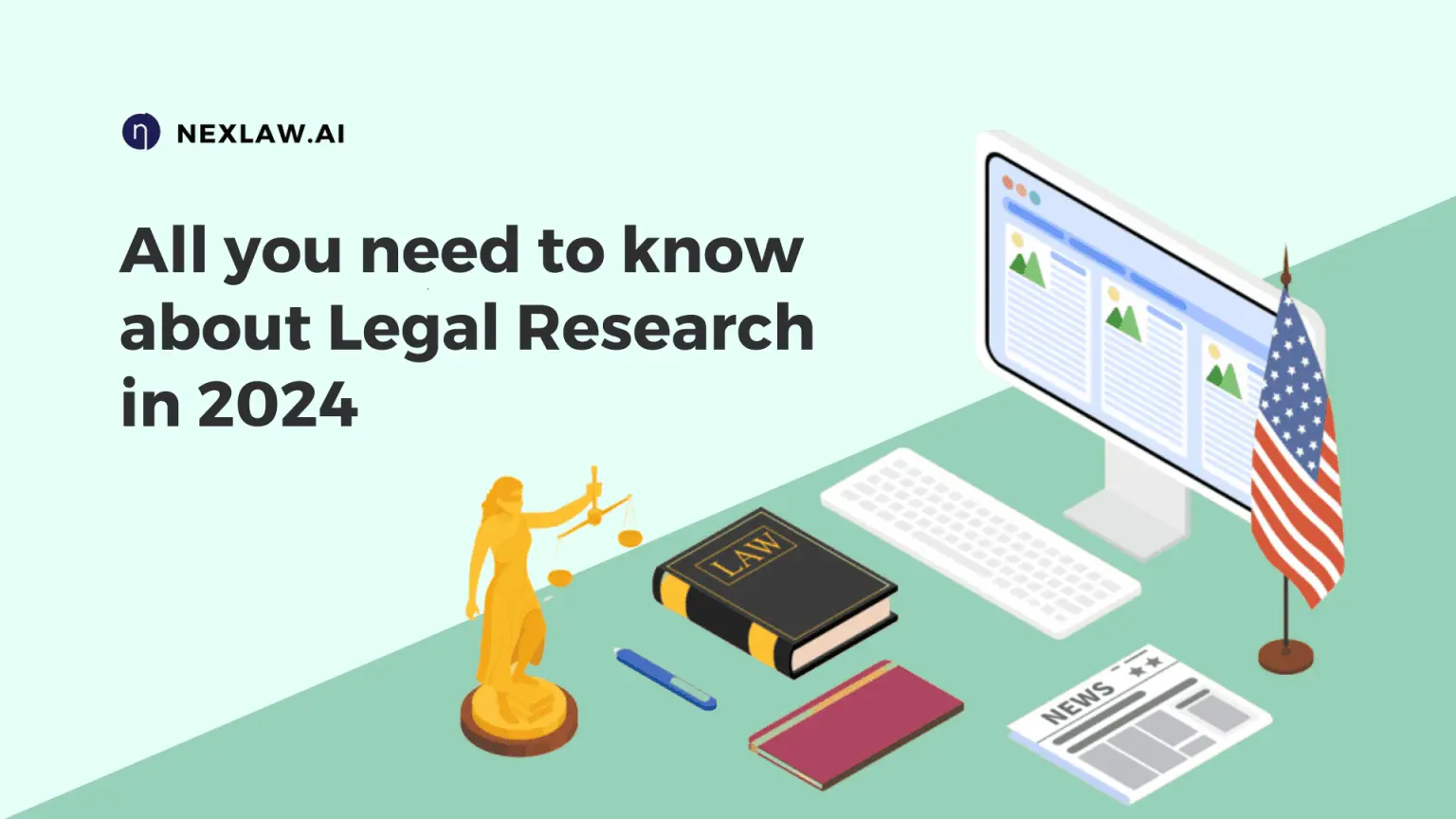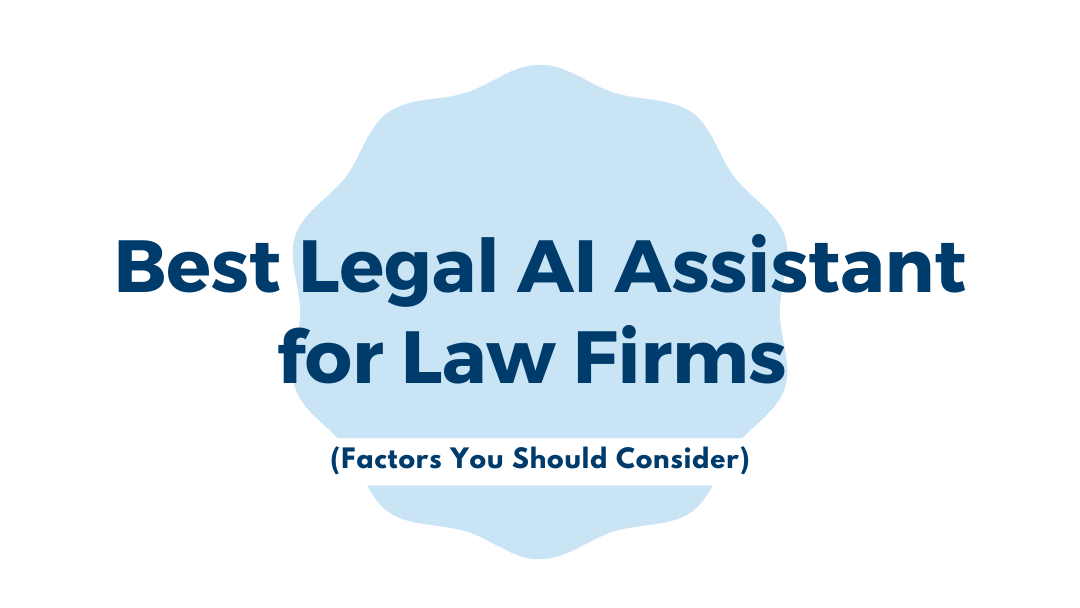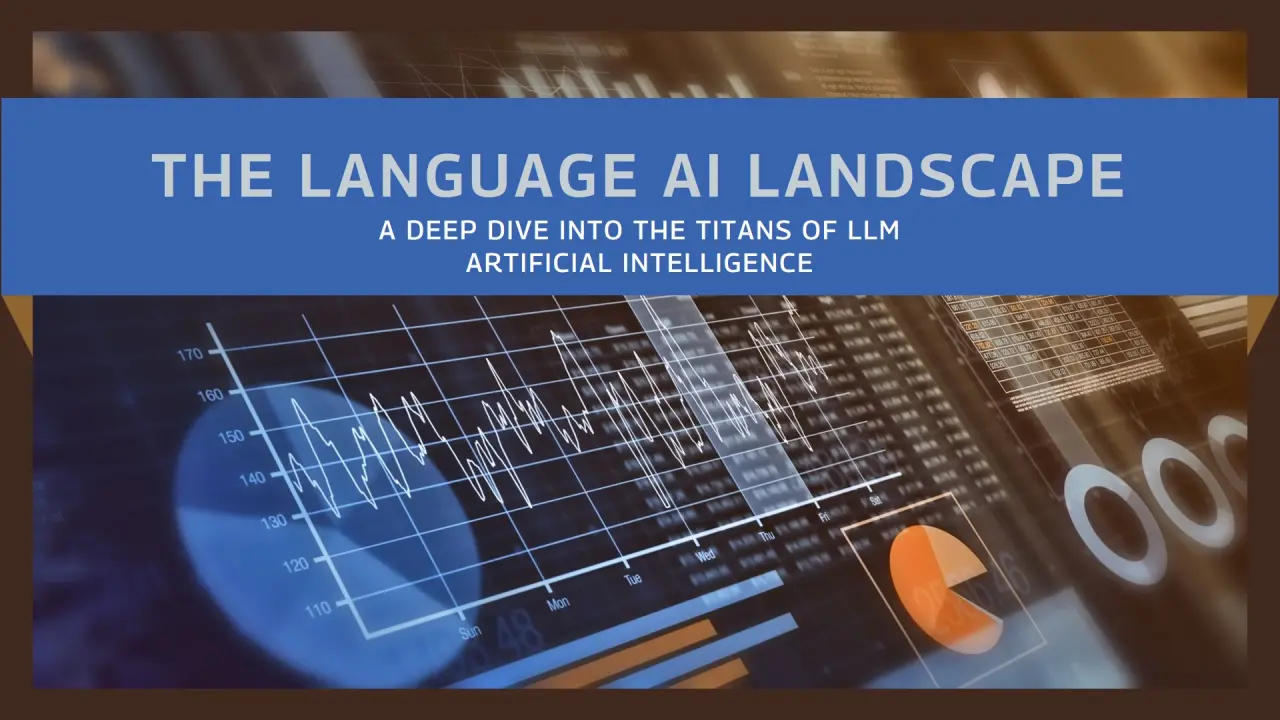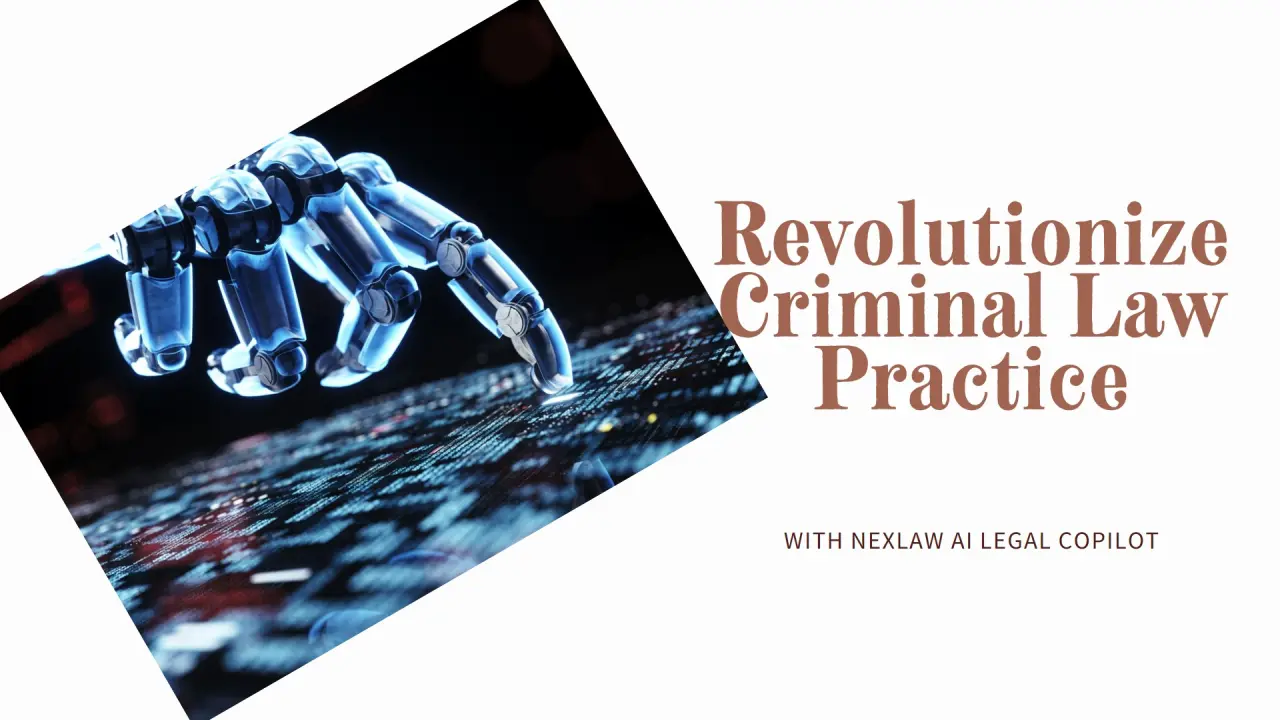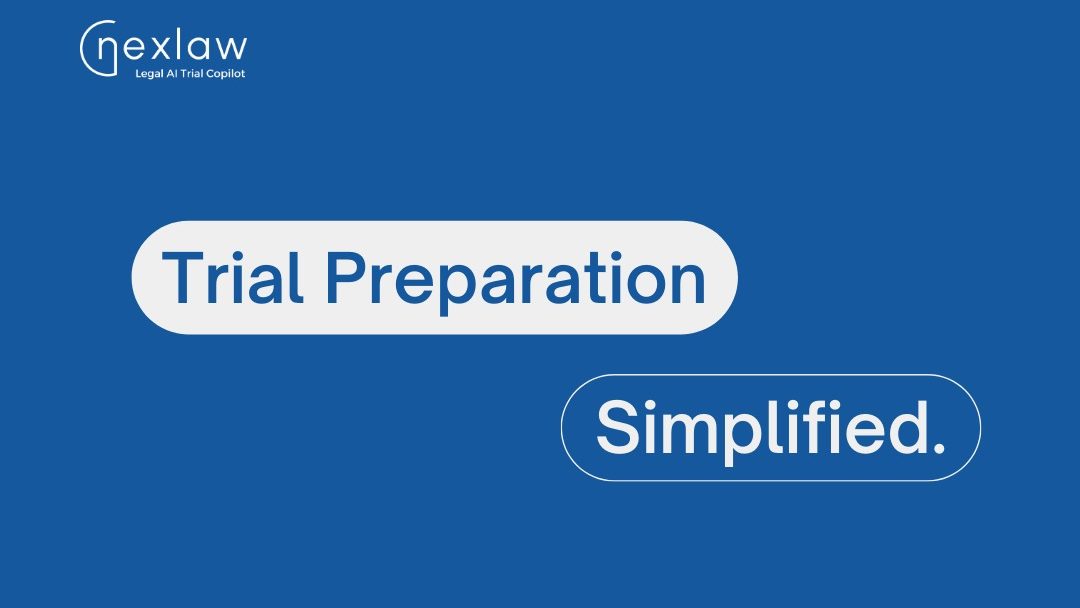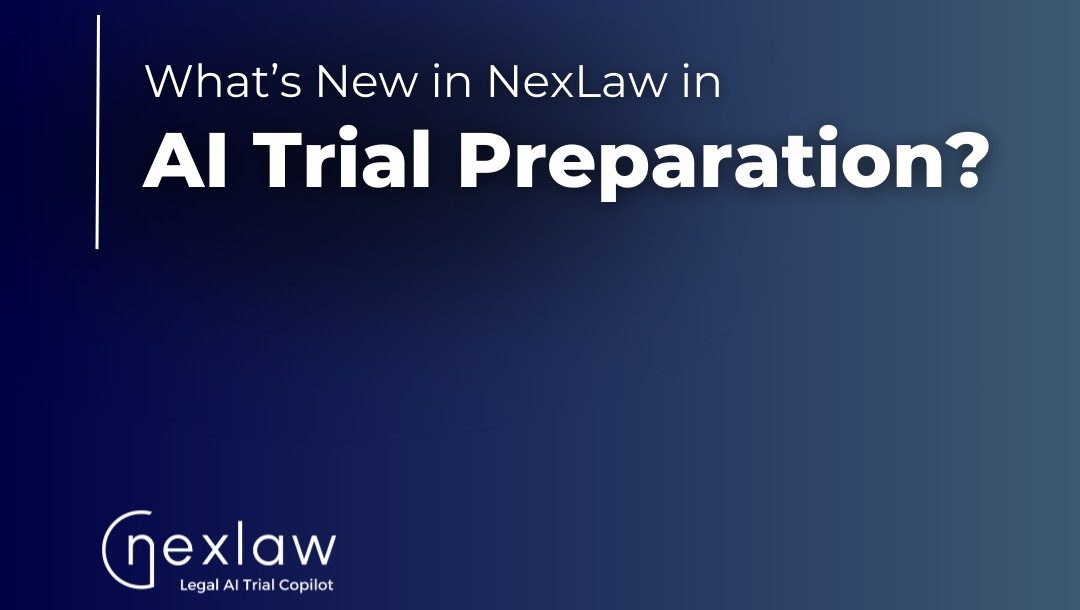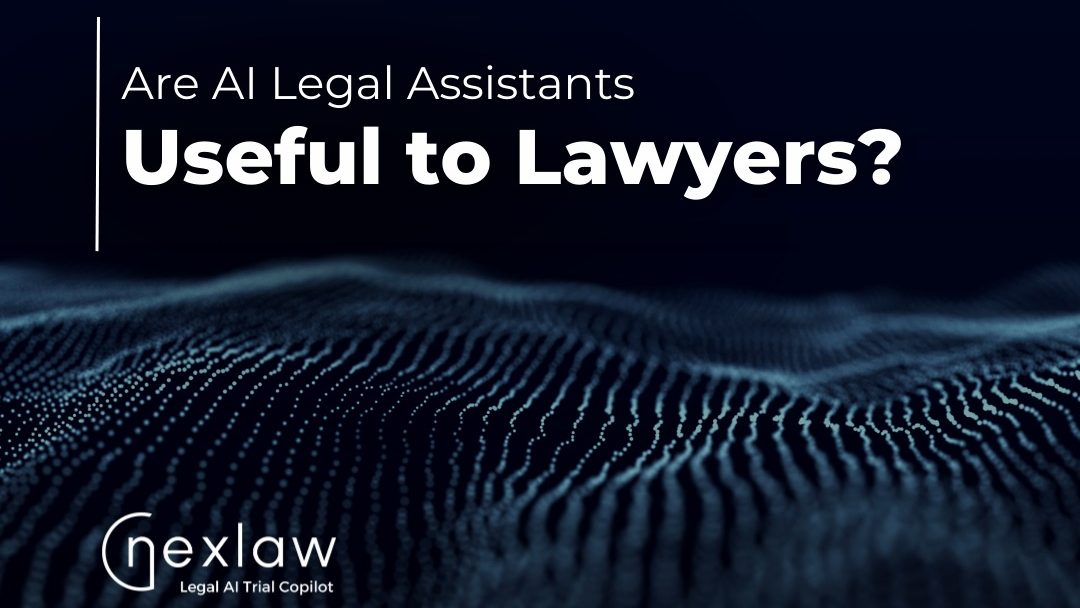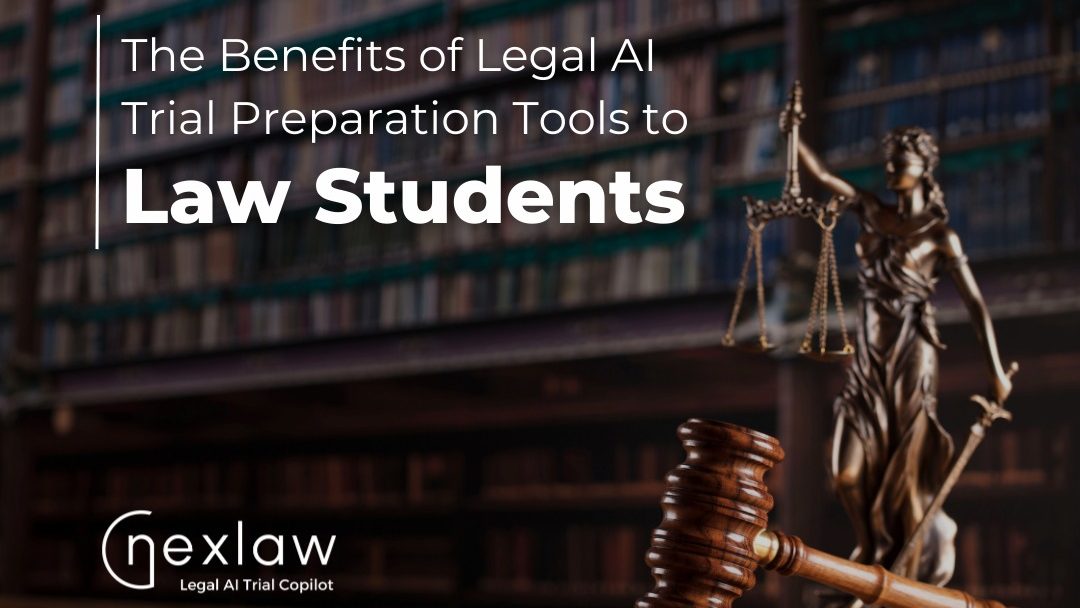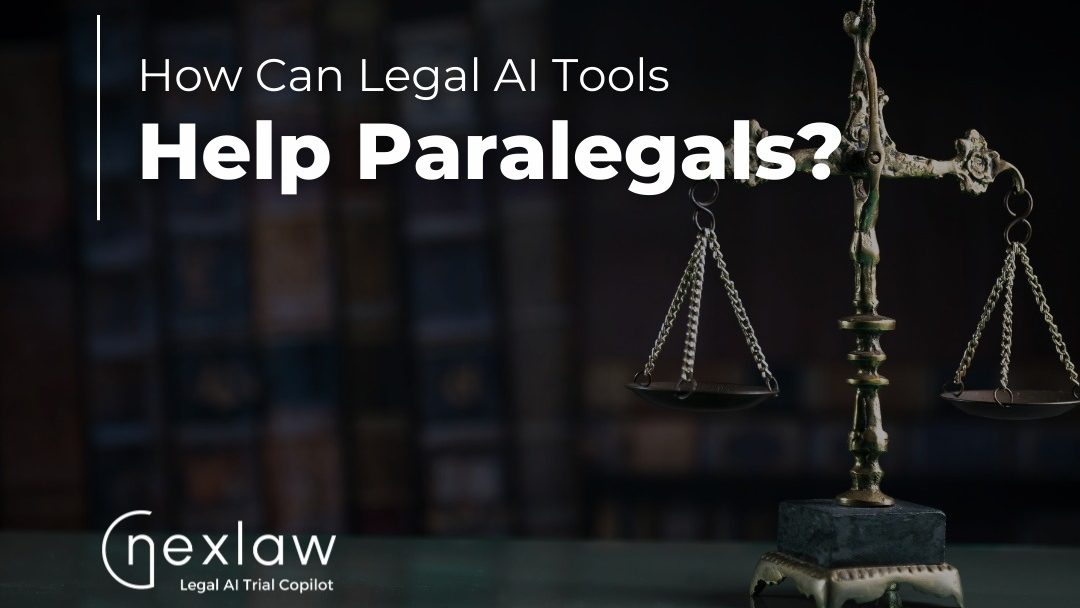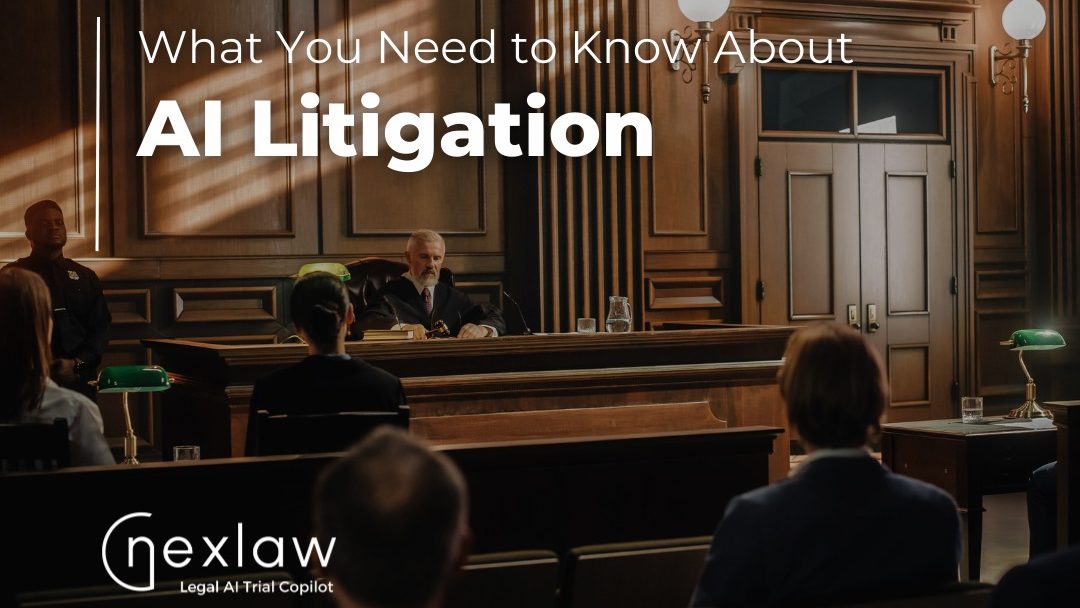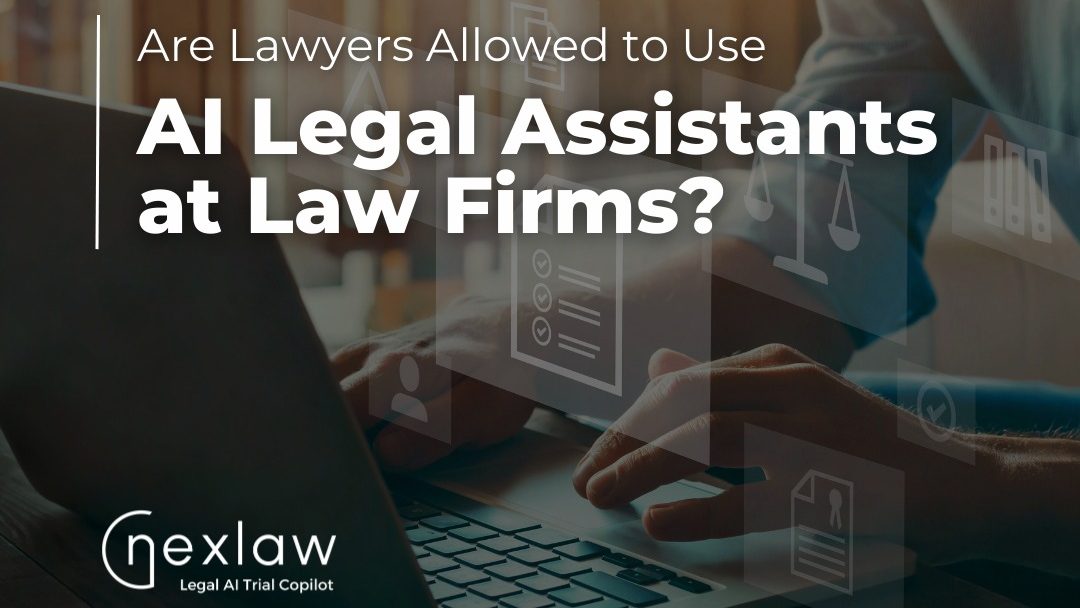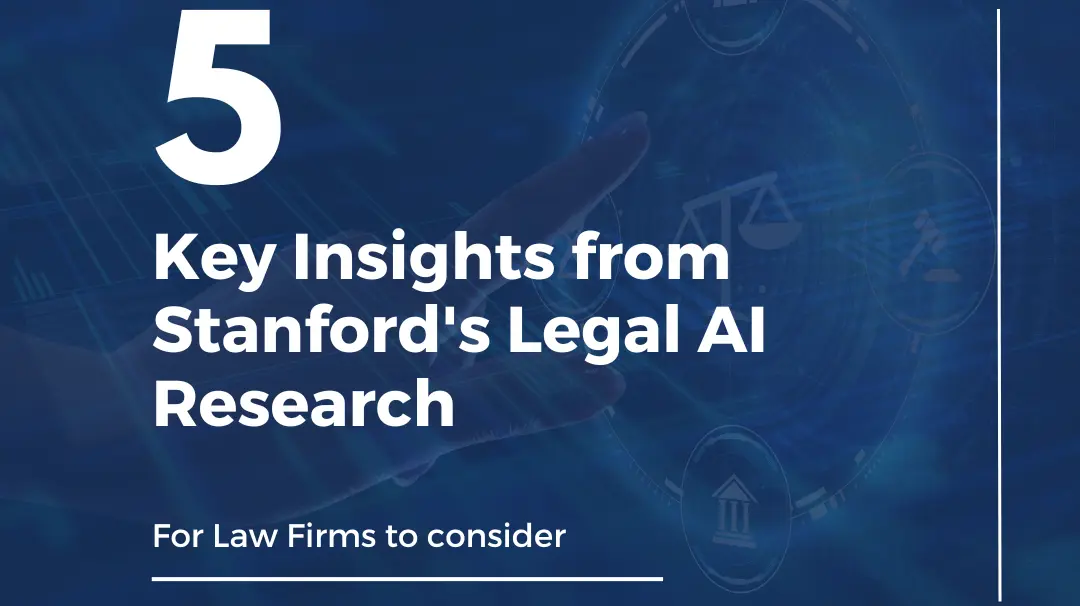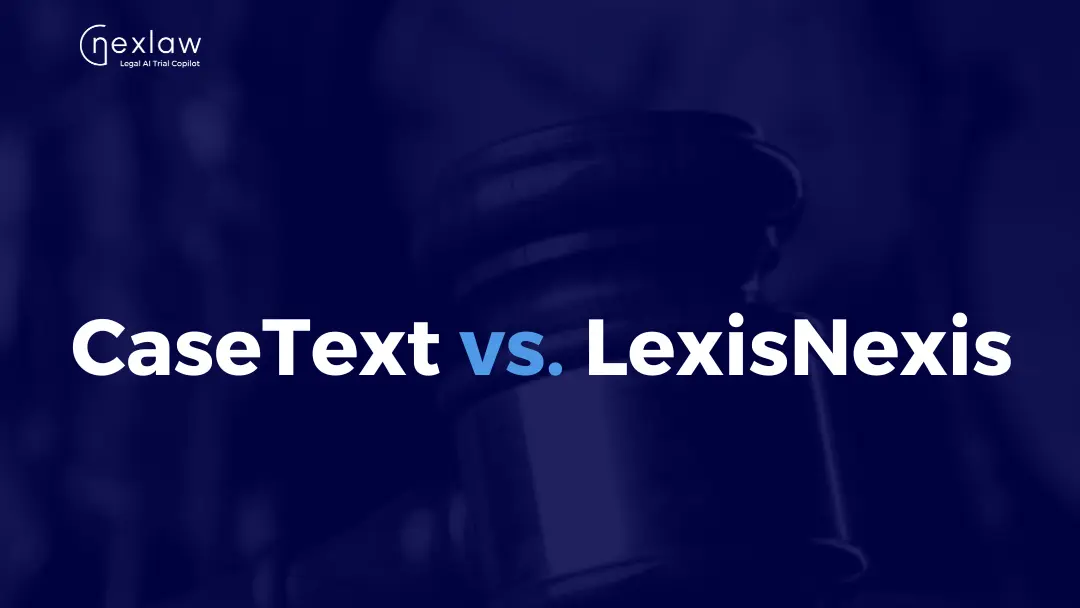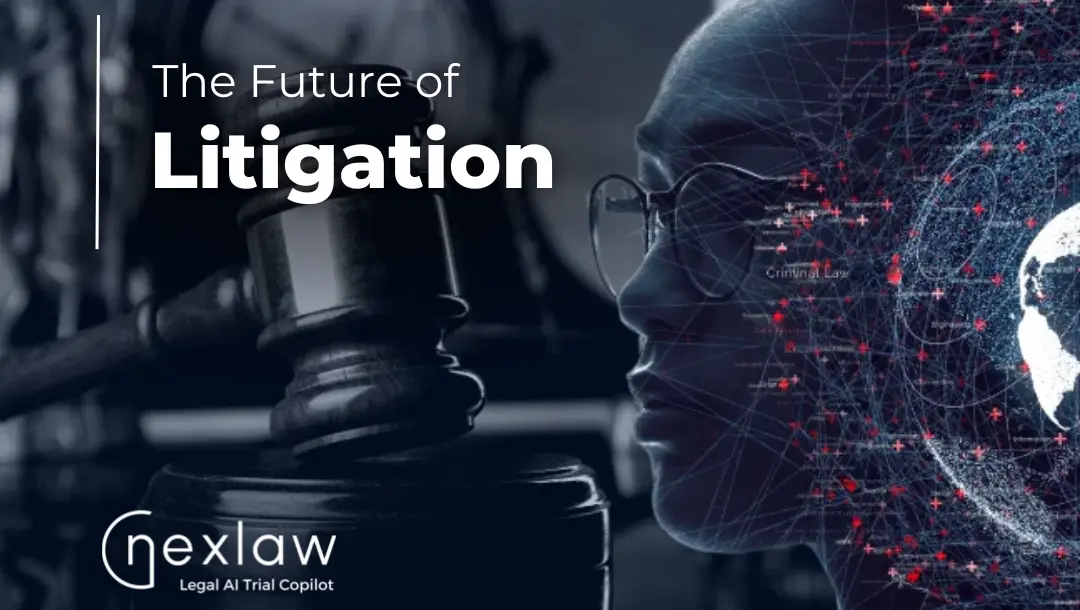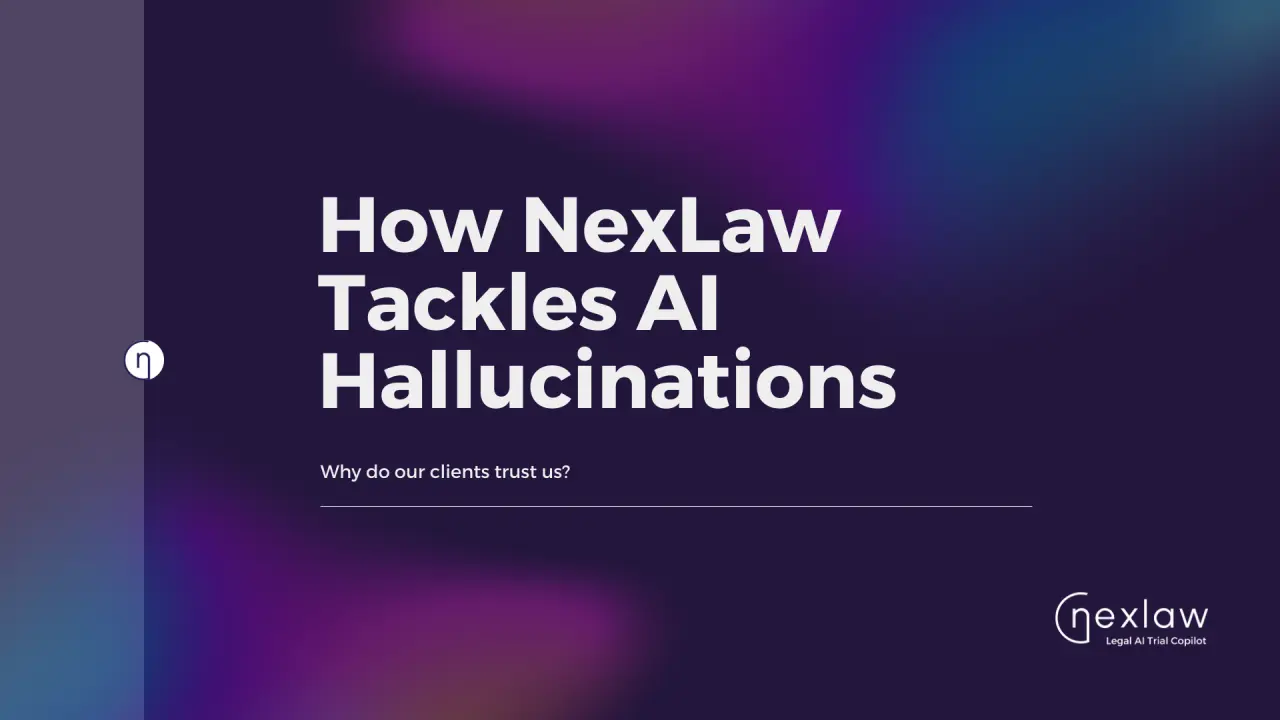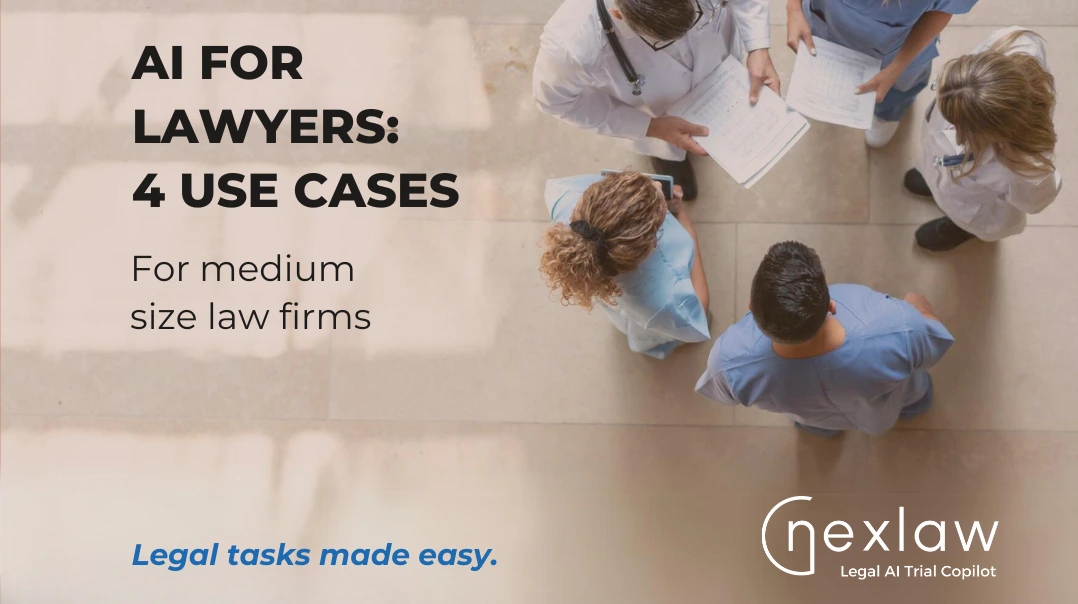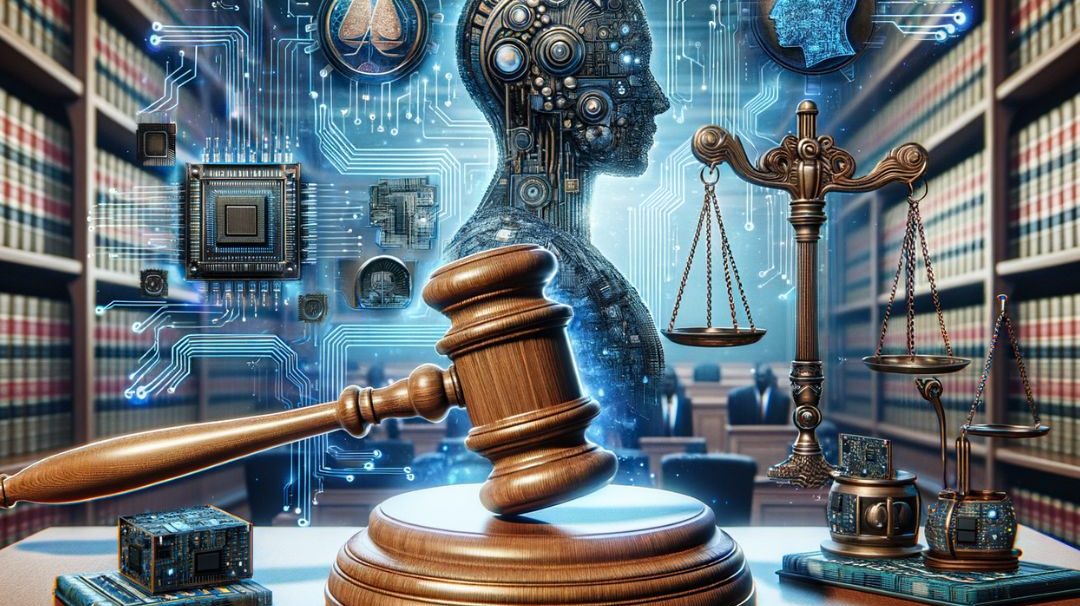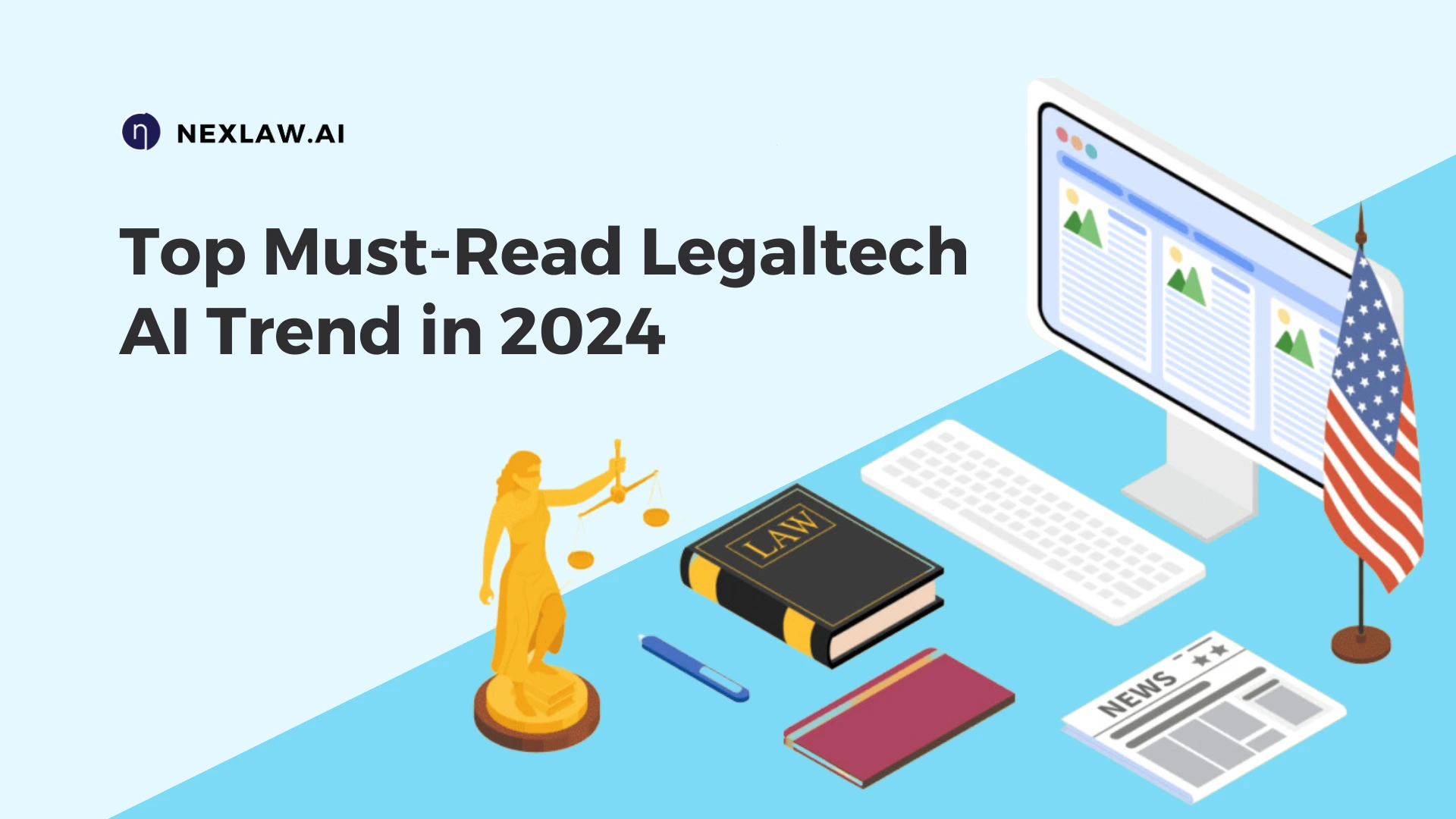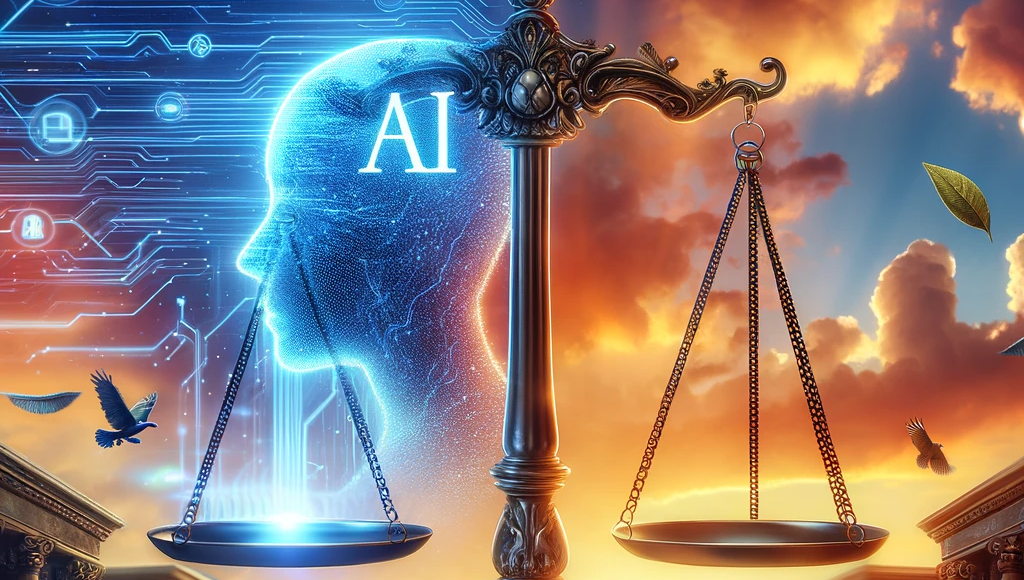How Does AI Effectively Analyse Legal Documents for ADR? A Must Read for U.S. Legal Professionals
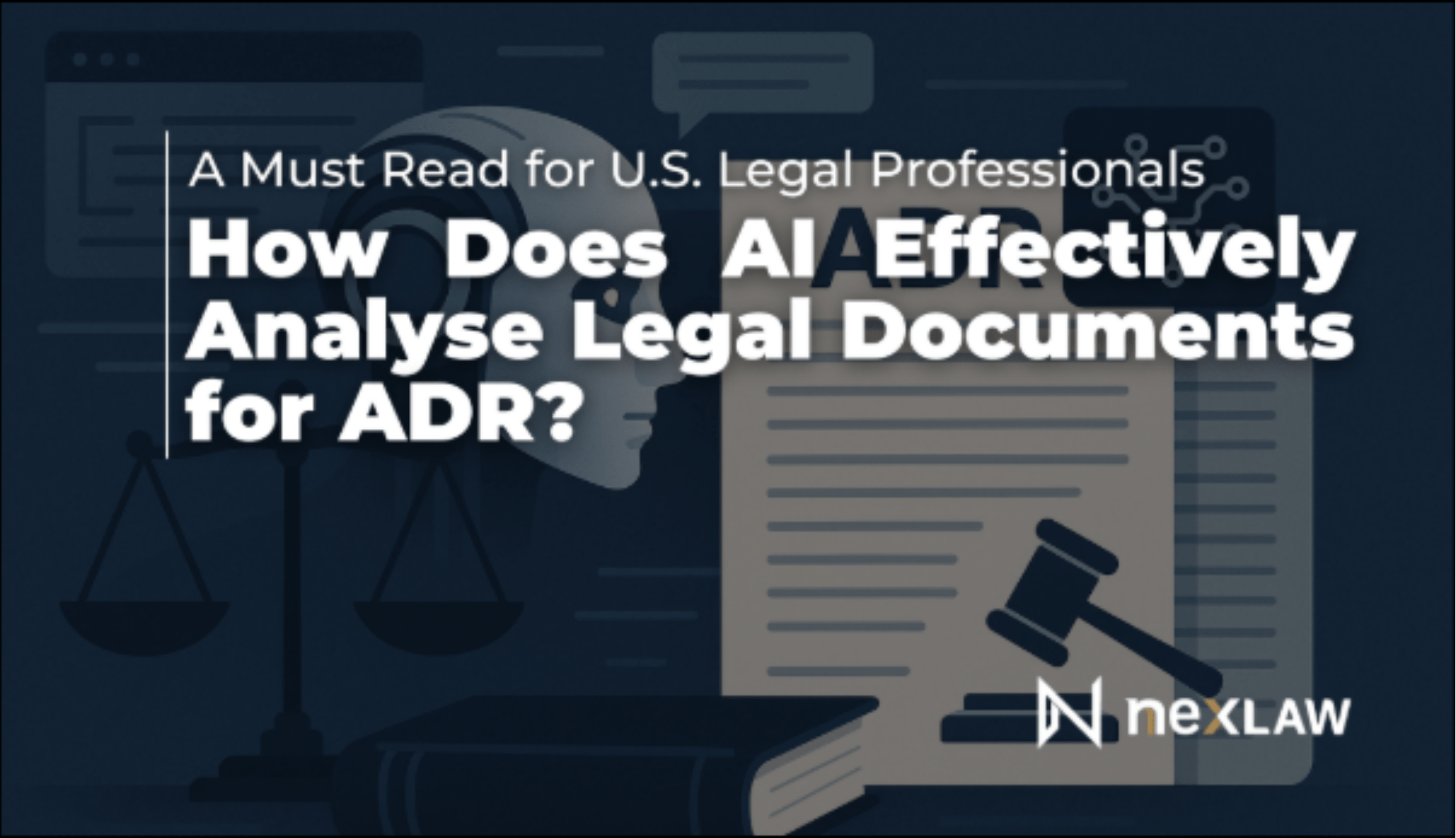
How Does AI Effectively Analyse Legal Documents for ADR? A Must Read for U.S. Legal Professionals?
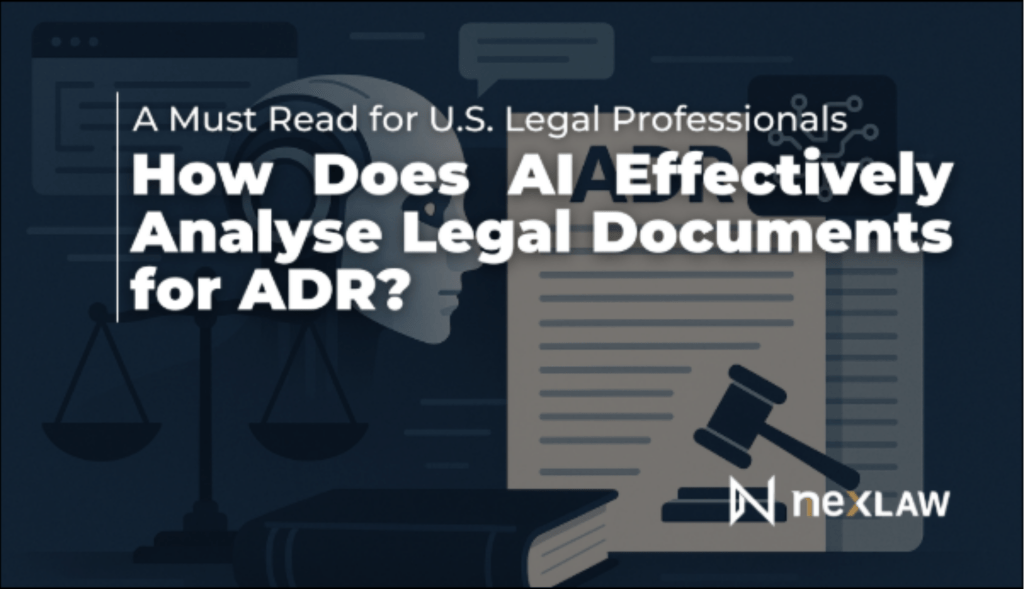
Alternative Dispute Resolution (ADR) is at a pivotal moment in the United States as artificial intelligence (AI) becomes a core tool for legal professionals seeking faster, more accurate and cost-effective outcomes. While AI’s promise is often discussed in theory, real-world examples now show how AI is transforming the analysis of legal documents for mediation and arbitration. This article explores how legal AI works in ADR, presents actual case results and offers a step-by-step guide for U.S. lawyers and arbitrators.
Why AI in ADR Is Rising?
The U.S. legal sector faces mounting pressure to resolve disputes efficiently. According to the American Arbitration Association, the average commercial arbitration in the U.S. can take 7–12 months and cost upwards of $50,000 in legal fees and document review. AI platforms, such as NexLaw AI and Lex Machina, are now reducing document review times by up to 70%, cutting costs by nearly half in some cases.
Real Cases on Resolving Corporate Contract Dispute
In 2024, a Fortune 100 technology company faced a breach-of-contract arbitration involving over 3,000 pages of agreements, emails and technical documentation. Traditionally, a team of attorneys would spend weeks reviewing and summarizing the documents. Instead, the company used an AI-powered ADR platform:
It begins with document ingestion, where all materials are uploaded to the platform, allowing the AI to index and categorize every file in less than an hour. Next, during clause extraction, the AI identifies all relevant arbitration, confidentiality and liability clauses, flagging two inconsistencies that could have jeopardized the company’s position. In the risk analysis phase, the system highlights ambiguous language in a key warranty clause and recommends model language based on prior successful arbitrations.
The result? The legal team resolved the dispute in just 26 days, saving an estimated $120,000 in review costs and avoiding a lengthy hearing.
How AI Analyzes Legal Documents for ADR?
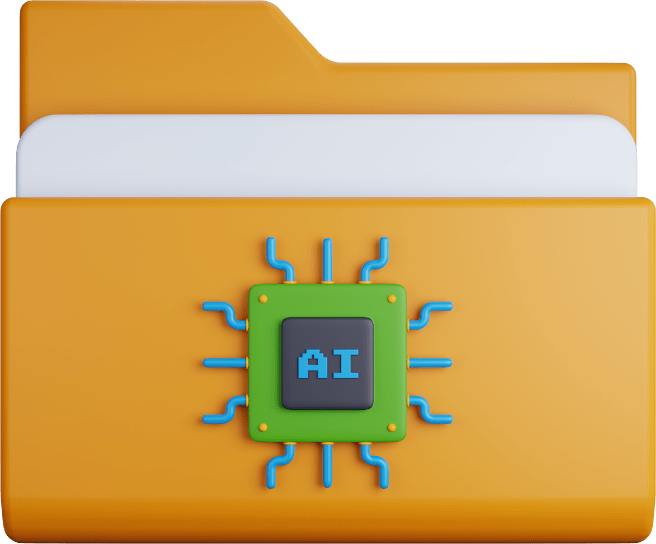
1. Automated Document Intake
- AI platforms accept a range of file types, including scanned PDFs, emails and contracts.
- Optical Character Recognition (OCR) ensures even handwritten or poorly scanned documents are searchable and analyzable.
- The platform first ingests all documents, converting them into machine-readable text and organizing them for analysis.

2. Natural Language Processing (NLP)
- The AI reads and interprets legal text, extracting defined terms, obligations and rights.
- In a 2025 study, NLP-based tools achieved 93% accuracy in clause extraction for ADR cases, compared to 78% for manual review.
- NLP and machine learning algorithms identify patterns, relationships and key legal entities such as parties, dates and relevant clauses

3. Error and Ambiguity Detection
- AI highlights vague or conflicting language, missing clauses and outdated references.
- In the above corporate case, the AI flagged a missing indemnity clause that could have exposed the company to additional risk.
- The system automatically flags non-standard or problematic language and suggests corrections based on best practices.
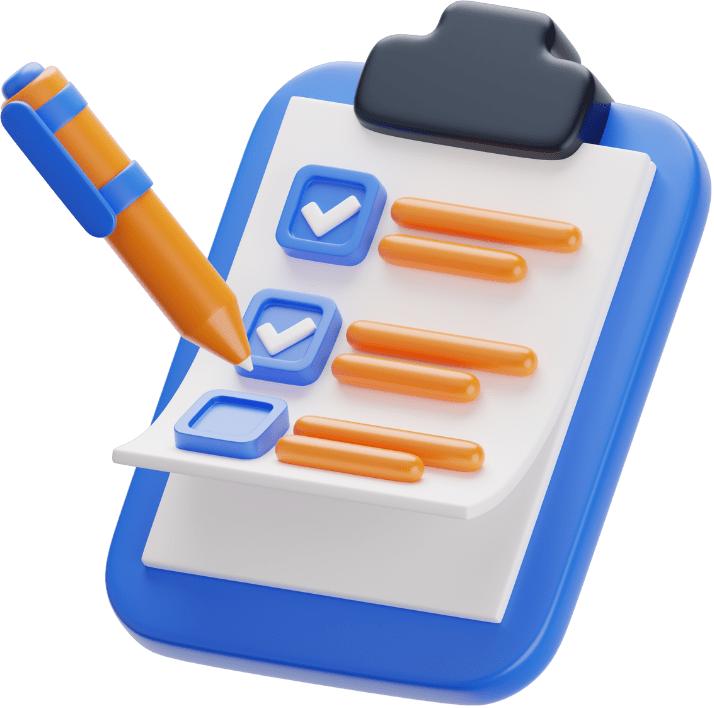
4. Playbook-Driven Comparison
- The system compares document language against organizational standards or industry best practices.
- For example, it checks if the arbitration clause aligns with AAA or JAMS model wording, ensuring enforceability.
- Playbook-driven review ensures consistency and compliance with internal or industry benchmarks.
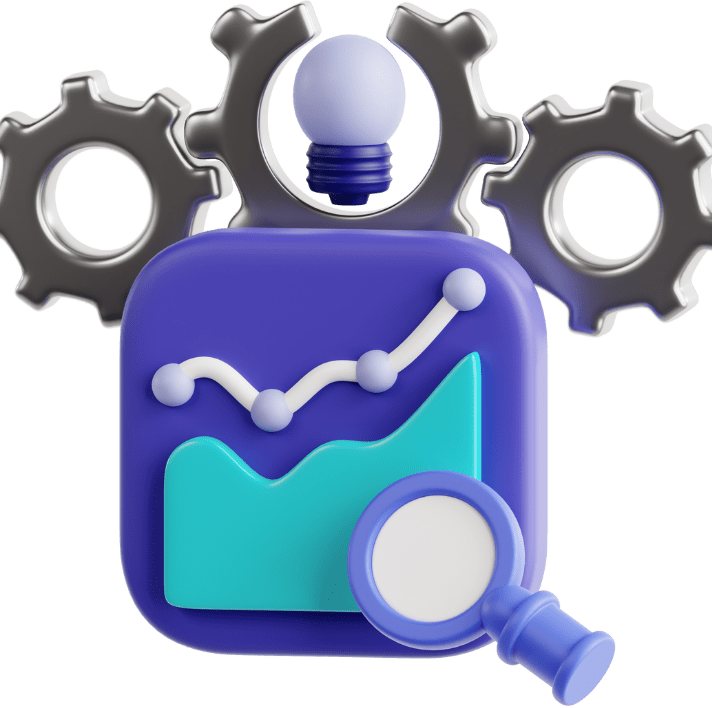
5. Predictive Analytics
- AI analyzes historical ADR outcomes, similar case law and arbitrator tendencies to forecast likely results.
- In a 2024 survey, 62% of U.S. law firms reported improved negotiation leverage after using AI-powered outcome prediction tools.
- Predictive analytics help legal teams anticipate risks and optimize negotiation strategies.
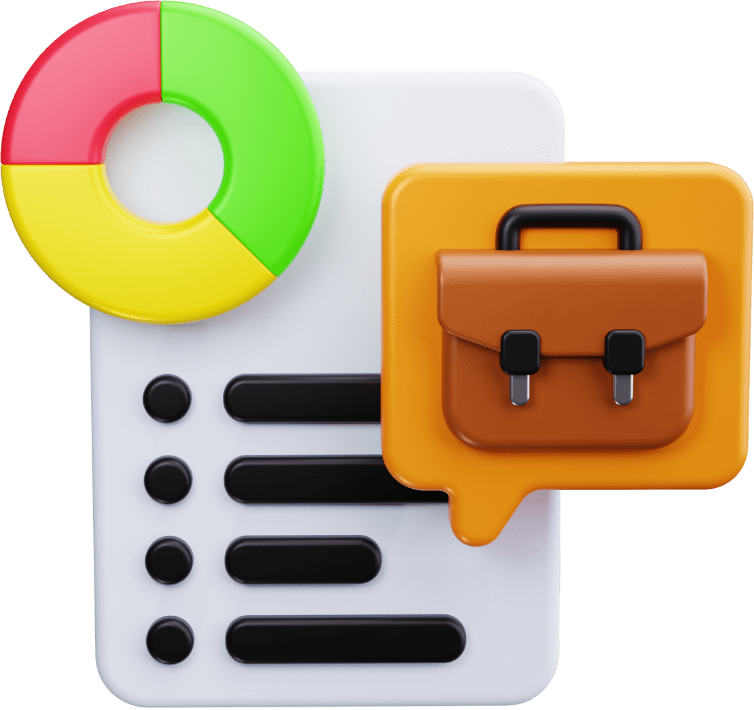
6. Automated Summarization
- Complex contracts and correspondence are distilled into clear, actionable summaries for mediators, arbitrators and clients.
- This reduces cognitive overload and ensures all parties focus on the most material issues.
- Automated summarization can reduce a full day’s review of a 75-page deposition to under four hours.
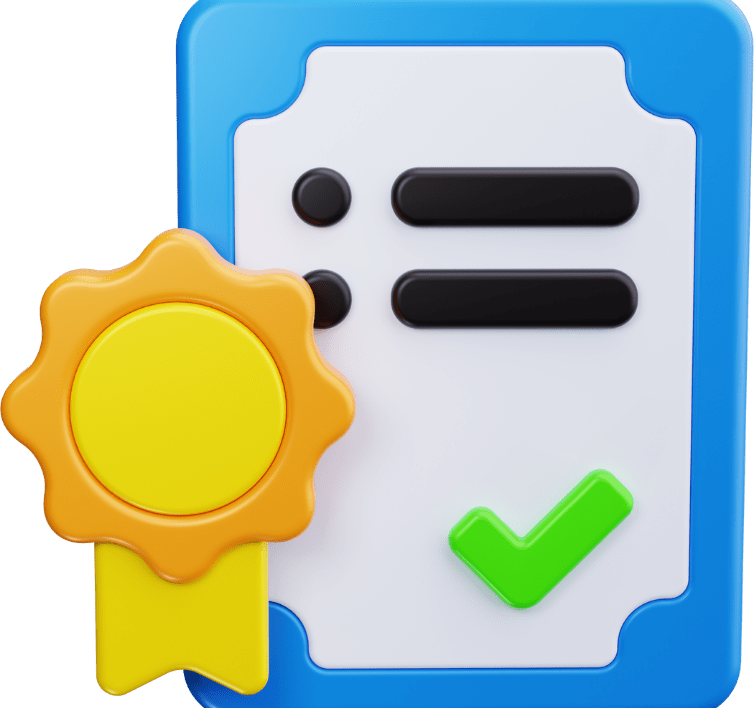
7. Redlining and Negotiation Support
- AI suggests edits to resolve ambiguities or bring language in line with best practices.
- During mediation, these redlines can be used to expedite agreement on settlement terms.
- The platform provides suggested revisions directly within the document, supporting faster negotiation and agreement.

Act now to transform your
practice and achieve your goals.
Case Points in Consumer Arbitration
A U.S. insurance company adopted an AI-driven ADR platform for consumer claims disputes. Previously, each case required 4–6 hours of attorney review. With AI, the process now takes less than 45 minutes per file. Over 12 months, the company processed 1,500 cases, saving more than 7,000 attorney hours and reducing average resolution time from 41 days to just 11 days.
See NexLaw in Action
Start your free trial and kick off your legal AI journey with a personalized demo
*By submitting the form, you agree to the Terms of Service and Privacy Policy
Addressing Common Concerns
- Transparency: Modern AI ADR tools provide explainable outputs, showing exactly how conclusions are reached, which is essential for due process and client trust.
- Ethics and Regulation: U.S. legal professionals must ensure AI tools comply with ABA Model Rules and emerging state-level AI regulations. In 2025, new frameworks require that AI systems be auditable and free from bias.
- Hybrid Approach: AI supports, but does not replace, human judgment. Arbitrators and mediators retain final decision-making authority, using AI as a powerful assistant.
NexLaw AI: AI for Lawyers
For U.S. legal professionals, legal AI tools is no longer an experimental add-on but a strategic asset in ADR. Real cases show that AI-driven document analysis can dramatically reduce costs, accelerate timelines and improve accuracy. As adoption grows, those who master these tools will deliver better outcomes for clients and set new standards for dispute resolution.
Ready to elevate your practice? Discover how NexLaw AI can streamline your ADR workflow, enhance document analysis and empower you to deliver results with unmatched efficiency and precision.
Interested In Features Like This?
Receive complimentary access to our resources and a personalized live demo tailored to your needs.
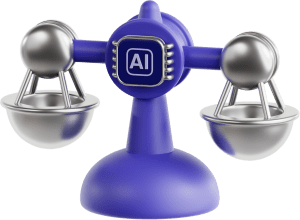
Related Articles
“Daubert” Motions in the AI Era:
Navigating the Future of AI and Law
Trial Prep Just Got a Whole Lot Easier
Top Trends of Legal AI in 2024


